- Training – take courses and follow up with mentoring
- Equipment – buy relevant hardware and software
- Networking – join an editing society, set up social media accounts, attend conferences
- Brand awareness – choose a business name, develop a brand identity, create appropriate visuals etc.
- Launch – register business, inform tax authorities, set up bank account, take out relevant insurance policies
- Visibility – create website, business cards, leaflets; advertise in directories; buy a custom domain name and email address
- Pricing – create a fee matrix for different client types
- Templates – design letterhead, invoices, email signature, postage labels, reports, etc.
- Schedule – create work schedule to track jobs, payments, time, etc.
- Business resources – create business-critical resources such as terms and conditions, process documents, contract of services
- Client acquisition – approach potential clients and pitch for work
- Learning centre – develop additional resources that solve clients’ problems
|
Should editors offer free discovery calls? Our three-step discovery process will help you deliver the process effectively.
|
|
She is an Advanced Professional Member of the Chartered Institute of Editing and Proofreading (CIEP), a member of ACES, a Partner Member of The Alliance of Independent Authors (ALLi), and co-hosts The Editing Podcast.
- Get in touch: Louise Harnby | Fiction Editor & Proofreader
- Connect: Twitter at @LouiseHarnby, Facebook and LinkedIn
- Learn: Books and courses
- Discover: Resources for authors and editors
Listen to find out more about
- Brainstorming a list of possible business names
- Considering your target clients
- Identifying your core brand values
- Using a business name to tell the client what's on offer
- Checking the name is available
- Does the name reflect your brand identity?
- How findable and SEO-friendly is the name?
- Will the name stand the test of time?
Music credit
More business-tips resources
|
Check out these additional resources that will help you make good decisions for your editorial business.
|
She is an Advanced Professional Member of the Chartered Institute of Editing and Proofreading (CIEP), a member of ACES, a Partner Member of The Alliance of Independent Authors (ALLi), and co-hosts The Editing Podcast.
- Get in touch: Louise Harnby | Fiction Editor & Proofreader
- Connect: Twitter at @LouiseHarnby, Facebook and LinkedIn
- Learn: Books and courses
- Discover: Resources for authors and editors
Listen to find out more about
- Taking plans beyond the planning stage
- How an accountability group can help you
- How you set one up.
- How many people to include in a group
- How often an accountability group meets
- Online or in-person works
- How long a meeting should be
- What tools are useful
- What you might contribute
- Accountability and what can go wrong
Music Credit
'Vivacity’ Kevin MacLeod (incompetech.com). Licensed under Creative Commons: By Attribution 3.0 License. http://creativecommons.org/licenses/by/3.0/
She is an Advanced Professional Member of the Chartered Institute of Editing and Proofreading (CIEP), a member of ACES, a Partner Member of The Alliance of Independent Authors (ALLi), and co-hosts The Editing Podcast.
Visit her business website at Louise Harnby | Fiction Editor & Proofreader, say hello on Twitter at @LouiseHarnby, connect via Facebook and LinkedIn, and check out her books and courses.
I love a list! Recording the stuff I need to do helps me organize my thoughts. It also steers me away from procrastination and towards action.
What follows is therefore by no means a call for the abandonment of the to-do list. New starters and old hands alike can benefit from a list of actionable points.
Caution is required though. The to-do list does have the potential to encourage linear thinking, and this can be a hindrance when it comes to the business of editing and proofreading.
Linear thinking can lead us down a road of focusing too heavily on one part of our business in the belief that if we get X just right, everything else will fall into place, or that X is more important than Y and therefore must be completed in full before Y is considered.
Holistic thinking, however, recognizes that X impacts on Y, which impacts on Z, and that – together – X, Y and Z drive success.
Let’s look at what this means for our business practices.
Shami is in the process of setting up an editing business. She’s completed a comprehensive training course followed by mentoring. She’s confident in her skills and believes she’s fit for purpose. And she is – from a technical point of view.
However, there’s a potential problem. She’s been so focused on her training that she’s not spent any time considering how she’ll make herself visible to paying clients.
Training was at the top of her list – and while this is certainly no bad thing to be at the top of any freelance business owner’s list, focusing on it alone won’t bring in paying work.
Shami's business to-do list
Shami’s to-do list looks like this:
An alternative view: The business wheel
What if, instead, Shami visualized her business as a wheel rather than a list?
Let’s consider her training in relation to other aspects of business development.
- Training provides her with skills. But it’s also a valuable message that she could use in her promotion materials to certain types of clients (publishers, for example) and that will make her more interesting to them.
Training and the learning centre
- Shami should certainly include her qualifications on her website, but an even more effective way to show rather than tell her knowledge is to use what she’s learned via her training to create content that solves problems for her potential clients.
- Solution-based webpages – ones that could only have been written by someone who’s made time for professional training – have powerful SEO benefits that will enhance her visibility. She can also expand her learning centre with this content.
Training and client acquisition
- Her training programme has also instilled in her a desire to provide editing work of the highest quality, and these high standards mean those new clients who discover her will be more likely to retain her and recommend her.
- In the longer term, this means a more consistent work flow and income stream that will give her greater choice as to the work she accepts and the prices she can charge.
- Training is therefore assisting her with client acquisition and retention.
Training and membership upgrades
- Training contributes heavily towards Shami’s application for a higher-level tier of membership in her national editorial society.
- This membership tier will provide her with the right to take an entry in its online directory. She can link her new website to this directory.
- That helps her with professional credibility, brand awareness and visibility.
Training and credibility
- The training organization she worked with might be interested in her contributing to their blog. She could share her experiences of starting her business.
- This will add to her professional credibility, and provide her with an opportunity to create inbound and outbound links between her website and the training organization’s website.
- That helps her with professional credibility, brand awareness and visibility. If she repurposes the blog content as a booklet, she can add it to the bank of content in her learning centre.
Training and network-building
- The organization has a large following on Twitter, LinkedIn, and Facebook. It will share her guest article with its followers. Some of them will link with Shami, thus expanding her professional community.
- That ticks her training, brand awareness, networking and visibility boxes.
Other ways to use the business-wheel mindset
I could go on, but you get the point. Training isn’t something you do before marketing. Rather, it’s connected to marketing. They are but two spokes on a wheel, and they link the hub (the business) to the rim (clients and colleagues).
Training gives substance to the marketing message. Marketing generates visibility and, therefore, new clients. New clients become regular clients because of the standards embedded by training. And up and down the spokes and round the rim we go.
We might carry out a similar exercise when considering the links between pricing, an accounting schedule and stationery; or resource creation and business promotion; or brand awareness, accounting and stationery.
Developing a successful editing business doesn’t happen overnight. No matter how good our skills, how creative our marketing, how professional our practice, it takes time.
- Time to rank in the search engines
- Time to become so discoverable that we’re never without work offers
- Time to build a wait-list
- Time to fill that wait-list with people who trust our skills and judgment, return to us time and again, and pay our price
And, even then, we can’t sit on our heels because our industry, broad as it is, is always changing.
- The technical skills our clients wanted five years ago might not be what they want next year
- The fees our clients were paying five years ago may not be what they’re paying this year (we might even be worse off in real terms).
- The types of clients hiring us five years ago might have become more varied (consider the expansion of the self-publishing market over the years).
- The software or hardware we used five years ago might no longer be fit for the purpose or compatible with what our current potential clients are using and expect us to use.
- Two companies we worked for five years ago might merge tomorrow; or one might acquire the another. This could reduce the number of editorial freelancers hired, and we could end up on the cut list.
- The publisher we work with directly today might outsource its proofreading and editing to a packager in two years’ time. That could affect the rate we’re paid and the security of our freelancing relationship.
Moving from entitlement to investment
This means that, as business owners, we need to be keeping our ear to the ground so that change is something we embrace, not resent, and something we view as providing opportunity, not marginalization.
When we own our own businesses, we don’t have the luxury of spending time on blaming a lack of success on others who are now doing things in ways that don’t suit us.
When we own our own businesses, we’re not entitled to be paid X by a publisher whose profit margins are being squeezed its own customers. Nor are we entitled to work on paper because that’s the way we prefer it. For example, most independent authors want us to work in Word or on PDF.
Instead, we have to invest in what makes us interesting and discoverable to those we want to work for and who will pay us what we want/need to earn if our businesses are to be profitable.
Whether that means acquiring new skills, learning how to use new tools, changing the way we do our tax returns, targeting new client types, replacing old equipment, or testing and evaluating new and innovative marketing activities that increase customer engagement, the responsibility lies with us, and us alone.
We might not see the fruits of our labour for months. None of us can say how long it will take for an individual’s marketing strategy to put them on pages 1–3 of Google. And that’s okay. It’s normal for it not to happen overnight.
None of us can predict whether a favourite publisher client will merge with another press and freeze its freelance rates.
None of us can know whether the skill we learned in 2008 will still be relevant in 2025. When I first started proofreading back in 2006, I was working almost exclusively on paper. At the time of writing in 2020, I edit exclusively in Word.
What we can be sure of is that there are no shortcuts – building an editorial business takes time, effort, and not a little courage because there will be times when we’re pushed out of our comfort zone.
Taking the short view leads to disappointment, frustration and stagnancy:
- Disappointment that the creation of a website alone didn’t generate fifty new leads a month
- Frustration because the client we’ve worked for solidly for six years is now squeezing 200 additional words on a page but still paying us for the same page rate
- Stagnancy because we didn’t keep up to date with new developments and are no longer able to compete with colleagues who are providing a service that we consider unusual but that they consider run-of-the-mill
Embracing that longer timeframe means we’re less likely to feel deflated when our hard work doesn’t give us immediate results. Instead we could do the following:
- Commit to tracking our webpage metrics and thinking of ways to more ideal clients to our site
- Work regularly on finding new clients so we feel comfortable with ditching the word-count squeezer
- Make technical skills development a part of normal business practice
Summing up
If you’re the type of person who’s capable of looking at a list without feeling compelled to move through it only from top to bottom, go for it. List away!
However, if you think that your to-do list is leading you into a mode of thinking that ignores the connections between the various aspects of running your business, try redrawing it as a wheel.
It may be just the ticket to seeing your editing or proofreading business in a whole new interconnected light – and focusing your energy accordingly.
And it's okay to set a realistic time frame for getting your editorial business to where you want it to be. The hard work we put in at the beginning doesn’t necessarily generate immediate results. Taking the long view means we give our efforts space to breathe.
[An older version of this article first appeared on An American Editor.]
She is an Advanced Professional Member of the Chartered Institute of Editing and Proofreading (CIEP), a member of ACES, a Partner Member of The Alliance of Independent Authors (ALLi), and co-hosts The Editing Podcast.
Visit her business website at Louise Harnby | Fiction Editor & Proofreader, say hello on Twitter at @LouiseHarnby, connect via Facebook and LinkedIn, and check out her books and courses.
Step 1: Brainstorm a list of possible business names
Let your imagination fly. Put your silly hat on. Then your serious one. Then your smarty-pants one. Anything goes at this point. This is all about you and what floats your boat. There’s no wrong or right – just ideas.
For demonstration, let’s imagine a new proofreader called Basil Rhoueny. Basil is trying to decide on a business name and comes up with the following ideas:
1. Basil Rhoueny | Academic Proofreading Services
2. Basil Rhoueny Editorial
3. Bulletproof Editorial
4. Comma Sutra
5. Full-proof Editorial Services
6. Norfolk Editorial
7. Perfect Prose
8. Responsible Editing
The next step is for Basil to identify his target clients. If he doesn’t know who he wants to work for, he can’t create a message that compels them – via his business name, his mission statement, his elevator pitch, his web copy, or any other marketing materials.
And if he doesn’t have a compelling message, why would anyone choose him over any one of the tens of thousands of colleagues who are also offer editing services? ‘I’ll edit and proofread anything for anyone’ isn’t a standout proposition. Basil needs to do better.
Even if an editor is prepared to be something of a generalist, I recommend talking like a specialist when communicating with different client groups. On our websites, that means giving visitors signals so that they can navigate to specialist messaging on different pages that focus on solving group-specific problems.
Some people know who they want to work for right from the get-go. Some have no clue. Some think they do, but seven years ahead find that they’ve completely shifted their client base. We’ll deal with that issue in Step 6.
For now, let’s imagine that Basil thinks his editorial training, educational background and former career make him best suited to the following client groups:
- academic publishers
- students
- independent academics
Identifying these groups will help him with Steps 3 and 4.
A brand can be loosely defined as what others think about us – external perceptions. A brand identity is the distinctive business persona we present that nudges target clients to notice the things that we want them to notice. It’s what allows us to influence those external perceptions.
Brand values are the essence of our brand identity. They represent the kind of editorial pro we want to be seen as – the things we stand for, what we’re passionate about, what makes us tick, why we’re different.
Our business name, photographs, colour palette, web copy and marketing materials should reflect our brand values so that the clients we’d most love to work with will most love to work with us.
It’s no small thing to develop a brand identity. If you need help, I have an online course called Branding for Business Growth that can help you develop an emotion-based business brand identity.
Let’s imagine that Basil has identified the following brand values that he wishes to convey at every touchpoint of his business:
- The Editorial Professor – this reflects his desire to proofread knowledgeably and respectfully
- The Green Editor – this reflects his commitment to environmental sustainability and socially responsible, ethical business practice
- The Globalist – this reflects his passion for working with people whose first language isn’t English
Identifying these brand values will help him with Step 5.
In this step, Basil revisits his list of business-name ideas and considers whether they’re appropriate for his target client groups: academic publishers, students and independent academics.
1. Basil Rhoueny | Academic Proofreading Services
2. Basil Rhoueny Editorial
3. Bulletproof Editorial
4. Comma Sutra
5. Full-proof Editorial Services
6. Norfolk Editorial
7. Perfect Prose
8. Responsible Editing
He asks himself the following questions:
- Do the business names tell the target client what he’s offering? If people find him online, they’ll likely be deciding in seconds whether he can solve their problems, and therefore whether he’s worth investigating further.
- Is the name available? If existing services exist, clients might become confused about who’s who. Basil’s competitors will be less confused than furious that this newbie is diluting their carefully developed brand identity.
- Will the name be findable by clients who are searching online for someone who can solve their problems?
Names (1) , (2) and (8) best reflect exactly what he’s offering.
Names (3), (5) and (6) are next in line, though they’re less specific.
Name (4) alludes to sentence-level editing work, and some will think it amusing.
However, Basil wonders whether some of his non-fluent English-speaking clients will get the joke and bypass him.
Name (5) is a problem – there’s an existing established business called Full Proof | Professional Proofreading Solutions.
Names (4) and (7) give him cause for concern regarding their searchability. It’s likely that the words ‘proofreading’ or ‘editing’ or ‘editorial’ will be searched for by potential clients. It’s far less likely that someone will search for ‘comma sutra’ or ‘perfect prose’ if they need proofreading assistance, though they are distinctive.
Name (6), however, might be great for being found in the search engines by local clients.
Basil decides to remove Comma Sutra, Full-proof Editorial Services, and Perfect Prose from the list of contenders.
Now he turns to the branding issue.
In this step, Basil revisits his list of business-name ideas and considers whether they’re good brand practice. His remaining names are:
1. Basil Rhoueny | Academic Proofreading Services
2. Basil Rhoueny Editorial
3. Bulletproof Editorial
6. Norfolk Editorial
8. Responsible Editing
He asks himself the following questions:
- Are the remaining business names distinctive? After all, branding is about showing potential clients those things that set us apart from other editors, not what will make us look like every other editor.
- Do they reflect his brand values (BVs): Editorial Professor, Green Editor, and Globalist?
Basil has an unusual name. If he’d been called John Smith, he might have been easy to confuse with other editors called John Smith, at least in the West. However, either of his remaining business names would work.
There is, however, a good chance that his name might be misspelled. Is this something he needs to worry about if people are searching for him by name? This could be an issue if he’s referring someone to his website by phone, or if a word-of-mouth lead is trying to find him.
Here’s a test. Type ‘louise harby editor’ or ‘louis hornby proofreader’ into the search engines. Can you find me? I can find me! I’m not convinced that tricky-to-spell names are as problematic as we might think.
Back to Basil. Name (3) is at odds with the sentiment of BV-Green Editor. This brand value seeks to nudge potential clients towards thinking of Basil as compassionate, respectful, broad-minded, ethical, warm … someone who can see the bigger picture. The word ‘bullet’ might bring to mind thoughts of violence, death, harm and brutality.
It’s potentially a negative nudge rather than one that evokes positivity.
Name (6), while potentially clickbaity for local searches, doesn’t sit so well with BV-Globalist. Basil would be happy to work with local clients, but he’s not sure he can build a sustainable business on this alone.
Name (8) has a definite though subtle nod to BV-Green Editor.
He elects to remove Bulletproof Editorial and Norfolk Editorial from the list of contenders.
Can any of us be absolutely sure that what we want to do now is what we will want to do in the years ahead? Choosing a business name requires us to think ahead, but also to be true to who we are and what we’re offering in the present time.
In case you didn’t spot it, Basil’s name is an anagram of mine. When I set up my business in 2005, I was a dedicated proofreader who specialized in working for social-science publishers. If you’d told me back then that by 2016 I’d be specializing in line- and copyediting for indie fiction authors, I’d have been a tad surprised.
But that’s exactly what happened. My original business name was Louise Harnby | Proofreader. My URL was and still is: www.louiseharnbyproofreader.com. My business name now is Louise Harnby | Proofreader & Copyeditor.
It wasn’t actually a big deal to add an ampersand and the word ‘copyeditor’ into my business name and didn’t affect my findability in the search engines. Would it have if I’d changed it to Louise Harnby | Fiction Editor, or Fabulous Fiction Editing, or something else?
Possibly, but Google Search is a tricky beast to master and shifts the goalposts often in a bid to thwart those who’d use black-hat SEO techniques rather than genuine attempts to be interesting and discoverable online.
Basil is left with choosing between the following:
- Basil Rhoueny | Academic Proofreading Services
- Basil Rhoueny Editorial
- Responsible Editing
There are good arguments for the SEO-friendliness of the first two, and the flexibility of the third. My view is that any would work because they are true to his business’s brand identity in different ways.
Basil’s brand identity and your brand identity will not be the same because you and Basil are individuals, each with your own businesses, ideal clients, goals, hopes, dreams and passions. The decisions you make will therefore be different to the one Basil makes. That’s fine.
Will there be a perfect solution? Unlikely. There will be choices to be made.
- You might decide it would be to your advantage to have a short name rather than a long one.
- You might choose a little SEO clickbait over humour.
- You might choose a punny name over a more straightforward business name.
- You might opt for flexibility over specificity.
- You might choose memorability at the expense of spellability.
- You might elect to incorporate the essence of your political or social values.
What’s important is that you choose a business name that you feel comfortable with: one that reflects your brand identity and nudges your ideal clients towards an awareness of the kind of editor you are and why you’ll be a great fit with them; one that alludes to what you do.
Here are just a few of my favourites:
- A Novel Edit: Beth Hill specializes in helping authors prepare for submission to agents and publishers. The gentle and humorous play on words in her business name evokes a sense of freshness and vision.
- Enigma Editorial: Cally Worden specializes in editing mystery, crime and thrillers. Her business name tells us what she's passionate about. It's also short and snappy, and avoids cliche.
- Denise Cowle Editorial: Denise specializes in editing non-fiction for businesses and publishers. Her surname is unusual, and her business name capitalizes on this. We know immediately who we're dealing with, and that makes it personal.
- Le Mot Juste: Sarah Patey specializes in non-fiction editing and translation. The business name reflects her language skills and her commitment to detail and accuracy.
- Liminal Pages: Sophie Playle specializes in editing speculative fiction. Her business name reflects the pushing of boundaries that exists within the novels she works on. It's also sounds elegant to my ear.
- Radical Copyediting: Alex Kapitan specializes in helping authors and publishers use equitable and inclusive language. The business name reflects Alex's values and includes some SEO functionality.
- Wordstitch Editorial: Hazel Bird specializes in non-fiction editing and editorial project management. Her business name embodies a sense of editing as a craft, and evokes a strong sense of her commitment to detail and precision.
It’s likely your choice will not be clear cut. Try not to get bogged down by that. Business names alone will not make you visible or discoverable. The compromises you make can be offset by other business-promotion activities that strengthen your online presence.
Happy naming!
She is an Advanced Professional Member of the Chartered Institute of Editing and Proofreading (CIEP), a member of ACES, a Partner Member of The Alliance of Independent Authors (ALLi), and co-hosts The Editing Podcast.
Visit her business website at Louise Harnby | Fiction Editor & Proofreader, say hello on Twitter at @LouiseHarnby, connect via Facebook and LinkedIn, and check out her books and courses.
Free is brilliant when we’re starting out, particularly in the following circumstances:
- We’re not yet sure whether an editing career suits us.
- We’ve yet to establish where our skills gaps are.
- We need time to explore the lie of the land – what’s available, from where and whom, and how we’ll access it.
- We need time to get our finances in order but don’t want that to hold us back.
Free is equally great when we’re experienced but looking to shift the goalposts:
- We’re thinking about offering a new editing service but want to learn whether it’s a good fit for us.
- We’ve identified skills gaps but need to plan a staged approach to filling them – no one can do everything at once.
- We want to stick with the same editing services but focus on niche subject(s) or genre(s). That means exploring how we might expand our knowledge base such that we’re a more attractive proposition to potential clients.
Free stuff is about discovery, so that when the time comes to reach into the coffers we’re spending money in the right place.
Free helps us to turn expense into investment.
What free is not good for
Free isn’t great in the long term because the offering usually comes with limitations. It will give us a glimpse, enough to help us on the journey. But that’s all.
The reason free has its limitations is because even creating free stuff and offering free help takes time, and time is money.
Imagine the following scenarios:
Jane wants to offer developmental editing but has no experience. She does some research and finds the following:
- Ten free blog articles about the different levels of editing, all of which offer a brief overview of developmental work.
- Five free blog articles that offer a more in-depth look at what developmental editing entails.
- Twenty free blog articles each focusing in even more depth on one particular aspect of story craft, including narrative point of view, conflict, story arc, and so on.
- A free 20-minute taster webinar on developmental editing on her national editorial society’s website.
- A YouTube channel run by an experienced developmental editor offering 12 videos that guide authors on how to do some structural work themselves.
Jack has identified a skills gap. He’s a great editor but a poor marketer and is dissatisfied with the rates he’s earning from his existing client base.
Currently, he works with project-management agencies who find publisher work for him. And those publishers find authors for the agency. There’s a cost to that author-acquisition work – those agencies and publishers take a cut of the fee at each stage because they have to invest their own time and expertise in making themselves visible. It's that visibility that puts the editing work on Jack's desk.
He starts a discussion in a large editorial Facebook group about his concerns and is offered the following:
- Links to two free booklets about content marketing that will help him to increase his online visibility.
- A link to a free online freelance directory.
- The names of five publishers whom he’s currently not working for but who might offer better rates than he’s currently earning.
- Links to 20 blogs hosted by fellow editors who are interested in marketing and frequently write about it.
- Links to two free resource hubs curated by editors who are interested in business development and work hard to keep their libraries up to date.
- Links to three free 30-minute webinars on SEO, building a knockout home page, and an overview of social media marketing.
What tasters teach us ... and what they don't
In both cases, the freebies are of exceptionally high quality and Jane and Jack learn a ton from them. Creating that content must have taken time and effort.
However, free articles, blog posts and webinars are tasters. Those kinds of things help us understand the lie of the land, and give us a deeper sense of what more we need to learn.
What they won’t do is teach us everything we need to know.
We can’t learn how to become professional developmental editors from those resources alone ... any more than we could learn to cut hair or wire a house to acceptable standards without proper training and guidance.
Same goes for marketing. Take me, for example. It’s not luck and Google that made me a strong marketer. I pay a monthly sub to learn how to do it well from professional marketers, and invest time in implementing the strategies I’m learning.
If Jane wants to become a professional developmental editor and Jack wants to become a strong editorial marketer, both need to take all those freebies and use them to make informed decisions about the money they will invest to turn their investigations into reality.
Examples might include:
- A good-fit training course
- Recommended books written by experts
Free will help Jane and Jack make decisions. Investment will make them fit for professional purpose.
It’s perfectly okay to decide that you can’t afford to run a professional editorial business ... but only as long as you decide not to run a professional editorial business.
No one on the planet owns a business that doesn’t have operating costs. Business owners have to take responsibility for training, equipment, invoicing, money transfer, software, marketing, client acquisition, office space, pension provision, taxation responsibilities, and more.
It’s true that the international editorial community is incredibly generous, which means that free resources and guidance abound on multiple platforms.
However, those who are serious about running an editorial business know they have to avoid hobbyist and employee mindsets.
- The professional editor doesn’t say, ‘I can’t afford it.’ They say, ‘I’ll work out a budget, take it step by step, and save up for it.’
- The professional editor doesn’t say, ‘I don’t know how to do it. I need someone to do it for me for free.’ They say, ‘Can someone recommend the best ways of learning how to do it?’
- The professional editor doesn’t say, ‘How do I get out of paying for X?’ They say, ‘Is that a reasonable cost of business and will it enable me to remain in profit and increase my income in the longer term?’
- The professional editor doesn’t say, ‘I’m only looking for free stuff.’ They say, ‘Can anyone guide me towards some useful resources that will help me plan how to invest wisely?’
We can’t have everything we want when we want it. We have to make choices. Freebies help us make the right choices so that the money we spend actually increases our prospects and income in the longer term.
And imagine yourself on the other side of the fence for a moment.
A potential client calls you. They have a book that needs copyediting. ‘The thing is,’ they say, ‘I can’t afford professional editing. How can I get out of paying you? To be honest, I’m just looking for free stuff.’
How fast would you hang up?
Now imagine another writer calls you. ‘I’m in the middle of doing as much self-editing as I can using some free tutorials I found online and some advice from my writing group. There’s a fair way to go,’ they say, ‘but I figured I’d start saving now. Can you give me a rough idea of how much it might cost and how much notice you’d need? That way I can start planning my book budget.’
That’s the kind of client I’m excited about working with.
The editor with the same mindset will be rewarded with guidance and help because they deserve it. The editor who wants it all for nothing won’t and doesn’t.
By all means, grab all the freebies. The creators of those resources want you to have them. Making free stuff that’s invisible and unused is a waste of time and effort.
Just don’t forget that free is the starting blocks. Investment is what gets us to the finish line!
Further reading
- “I want to be an editor – when will I start earning $?” and other unanswerable questions
- The cost of editorial training – are you hitting the mark or missing the point?
- The highs and lows of editorial fees (or how not to trip up during rate talk)
- Why you MUST market your editorial business. Part I
- Increasing editing income – raising fees and declining lower-paid work
- Who finds your editing and proofreading clients for you?
- PayPal fees and your right to profits (Erin Brenner, Copyediting)
She is an Advanced Professional Member of the Chartered Institute of Editing and Proofreading (CIEP), a member of ACES, a Partner Member of The Alliance of Independent Authors (ALLi), and co-hosts The Editing Podcast.
Visit her business website at Louise Harnby | Fiction Editor & Proofreader, say hello on Twitter at @LouiseHarnby, connect via Facebook and LinkedIn, and check out her books and courses.
Hello, Louise! It seems that a lot of future editors have great educational experience. They can build on that to start with as a marketing tool. What can I do if I have spent 25 years raising children, and I don't have more than an associate's degree in General Studies, no experience, and not a lot of time to spend on learning marketing? I am a dog-walker and pet-sitter during the day, and I want to start marketing myself as a proofreader. Help!
Hi, Lisa! Thanks so much for your question.
I can appreciate that you probably feel like you’re banging your head against a brick wall at the moment. I do have two books that take you through the steps of editorial marketing, and one free booklet.
I’ve posted links to those at the bottom of the article. They’ll give you the detail; here on the blog, I’m going to focus on the basics and try to get you in the right mindset.
Time constraints
Time management is a tough one, but it’s something that everyone who’s set up their own freelancing business has experienced. The challenges don’t go away once we’re established either.
Take me for example. I have to find time to work on my business, too – time for marketing, time for administration, time for advanced training, time to train others! I, too, have a family and a business to run (my fiction editing work) during the day. Time for the business of running my business has to be found, and it’s tough.
That’s why I’m writing a blog post now, at 9.30 p.m. on a Monday evening on my laptop in front of the TV. The dog’s to my left, the girl’s in her room, the hubbie’s on the other sofa! My life is all about multitasking and there’s no way around it.
I know a lot of people who do their marketing out of hours, or chunks of it at least. We all have the same 24 hours in a day and we all juggle our backsides off to make it work. It’s just the way it goes. There’s no way of cheating it, no shortcut for any of us!
Here are some ideas:
- When you’re dog walking, could you listen to some audio masterclasses? Copyediting.com has a bunch of recorded classes that you could listen to while you pitter-patter with the pooches. That way you get to build your training portfolio and marketing skills, do some exercise and get paid at the same time! Yes, some of those courses will have complementary slides and written materials, but you could review those when you’re pet-sitting (rather than walking).
- When you’re at home in the evening, what are you doing? If you’re cleaning, ironing, washing or vacuuming, could you do some of these things a little less often? I’m not saying give them up completely, just cut down a little so you can devote time to your professional development and marketing.
- How about cooking? If you’re the person who takes responsibility for feeding your family, can you delegate the task to others so that they’re at least sharing the burden? You could redirect that time towards an hour of business-building. Explain to your family that they’re supporting your career. If you live on your own, might you go down the ready-meal route a few times a week? Better yet, get a cheap slow cooker. Chuck everything in first thing in the morning, go to work, come back and lift the lid. Dinner! I luuuuurve my slow cooker – healthy food for no effort!
- Do you spend time in front of the TV and take baths? I did an entire 7-hour content marketing programme in front of the TV over the course of several weeks (earphones plugged in, tablet on my lap). The course required some deep thought and self-brainstorming exercises; I did some of them while taking a long soak in the bath. In fact, I came up with some of my core brand values while in the bath! (See the resources for info on that programme).
Do you work 7 days a week, 365 days a year? For some people in the world, that’s a reality not a horror story, and if that’s you, you have my genuine sympathy. But if you do take weekends off (or one or two other days during the week), and if you do take some annual leave, might you consider using it as a busman’s holiday – devoting it to your business (marketing, training, etc.)?
This isn’t most people’s idea of fun; it’s certainly a sacrifice. But if it gave you that 50 hours of professional training that you need to get off the starting blocks, it would be a sacrifice worth making, an investment for your future.
Training
Once you’ve borrowed some time, you need to decide what to do with it. I mentioned training briefly above but let’s dig a little deeper. You didn’t tell me what pro training you’ve completed, so for safety’s sake I’m going to assume it’s limited.
Professional training is, I think, a requirement for anyone wanting to be taken seriously in today’s editorial freelancing market. It gives you confidence, ensures you’re fit for purpose and puts you on a par with the thousands of trained colleagues with whom you’ll be competing.
Having pro training is no longer stand-out, it’s stand-ard. You might be worried that you don’t have time to do in-depth professional classes – you’re at work all day so can’t attend on-site training.
Above, I talked about Laura Poole and Erin Brenner’s online classes via Copyediting. The Society for Editors and Proofreaders and the Publishing Training Centre in the UK both offer outstanding distance-learning courses for copyediting and proofreading, too.
Those are just a few examples, but nailing the classes means you can demonstrate on your website that you’re a professional – with pro training, a pro attitude and pro commitment.
I believe that our marketing messages should focus on our clients’ problems first and foremost, but backing that up with training is a no-brainer. So let’s talk about marketing.
Marketing
The thing about marketing is that you can get right on it – start doing it while you’re learning it.
Perhaps there are some editorial freelancers who have client lists as long as their arms and can rely completely on word of mouth. Or they have lots of publisher clients who offer repeat work (I’ll talk about that below). But the new starter in today’s market has to think bigger.
Some types of marketing are slow burn; some can have a much quicker impact. Here are some ideas that fit into both categories:
- Get yourself a website now so that you can start building it into your shop front (just like you’re already doing for your pet-sitting/walking business).
- Create a professional editorial Facebook page to complement your existing timeline. You won’t have much to put on it right now so use it as a curation resource – useful stuff for colleagues and clients that shows you’re committed and engaged with the editorial profession and the problems your clients face.
- Use social media purposefully! I’m a great one for messing around on social media – I love seeing what people are up to on Facebook and Twitter – but I’ve learned to use it with intention, too.
The chattering aspect is great for building relationships with editorial friends (especially as a large percentage of my edi-pals don’t live nearby), but I use it to build trust and engagement too – it’s a place where I share the resources that I and my colleagues have created to help each other (and our clients). If you’re interested, I’m presenting a masterclass on purposeful social media marketing via Copyediting.com in December (see below). - Join a professional editorial society. I think you’re in the US, but if I’m wrong, no matter. There’s a list of worldwide pro editorial societies at the bottom of this post. If your national society’s directory has a directory of editorial pros for hire, make sure you’re in it. If you don’t qualify, use your borrowed time (or your busman’s holiday) to do what’s required to get in it. My CIEP and Reedsy profiles are valuable lead drivers, second and third only to Google.
- Once you’ve got your initial training sorted, follow the instructions in my SOS Marketing Strategy booklet (see below) and start contacting publishers. If you focus on the arts and humanities, you’ll likely not need a higher degree. Publishers are great clients, especially while you’re developing your visibility. They already know what we do and why we’re valuable, so we don’t have to persuade them; they already have their hands raised.
And that final point leads us onto something else worth considering …
Client focus
When it comes to marketing, every editorial business owner needs to think about which clients they’re going to target. For you, this may feel trickier because you don’t have a career background that lends itself to a particular subject specialism.
Here are just a few examples that will help you develop your marketing message:
- Publishers – professional industry-recognized training: We’ve already talked about how you might secure that.
- Publishers – readiness to take a test: Publishers increasingly use tests to evaluate their freelancers. That’s because each press works differently and they want to make their own assessments of a candidate, not rely solely on a piece of paper. This could play to your advantage. Though I came into the professional with a politics degree, during my days working exclusively for publishers I proofread books in law, philosophy, economics, research methods, education … you name it! The publishers didn’t want a scholar; they wanted a pro proofreader.
- Students – many students are looking for help with language polishing. If they're not fluent in English, that you are is a selling point.
- Students – citation and reference styling. Being able to say you know, for example, The Publication Manual of the American Psychological Association, 6th ed., like the back of your hand will be a great selling point because getting citations wrong can be a grade-breaker. That’s something you can learn in your borrowed time online or by grabbing yourself a second-hand copy of the manual. The same could apply to any of the industry-recognized style guides.
Focusing your message on solutions to your clients’ problems means they see you concentrating on them rather than on you.
Imagine this … you walk into two shops, intent on buying a new pair of shoes from one or other. In store A, the assistant spends half an hour telling you about her feet. In store B, the assistant asks you about your own. Where do you want to buy your Jimmy Choos – A or B?
All of us need to make our clients want to buy editorial services from us, so we need to focus our message on their problems and their needs, not how brilliant we are. And in fact, though, we can demonstrate our brilliance precisely by being focused on them. It comes down to good old-fashioned customer service.
Hope that helps. I wish you well on your editorial business-building journey, Lisa!
Resources
- Business Planning for Editorial Freelancers (book)
- Content Mavericks with Andrew and Pete (book)
- How to Do Content Marketing (book)
- Marketing Your Editing and Proofreading Business (book)
- Chartered Institute of Editing and Proofreading (CIEP) (courses)
- SOS Marketing Strategy (free booklet)
- The Publishing Training Centre (courses)
- Worldwide list of editorial societies
She is an Advanced Professional Member of the Chartered Institute of Editing and Proofreading (CIEP), a member of ACES, a Partner Member of The Alliance of Independent Authors (ALLi), and co-hosts The Editing Podcast.
Visit her business website at Louise Harnby | Fiction Editor & Proofreader, say hello on Twitter at @LouiseHarnby, connect via Facebook and LinkedIn, and check out her books and courses.
Who's this checklist for?
This is for anyone checking final designed page proofs. For example:
- self-publishing authors preparing for print-on-demand. Use this when working through the PDF generated by the likes of CreateSpace or Bookbaby.
- business owners producing PDF or printed reports, booklets, manuals or ebooks. Use this to check your file before it's distributed to your clients or uploaded to your website.
- professional proofreaders. Use this to check page proofs for your publisher clients and independent authors.
I've proofread over 500 books for the mainstream publishing industry. The checklist below is based on the house guidelines provided by the publishers I've worked for.
The titles I've proofread include social science textbooks, handbooks and monographs, and works of fiction and narrative non-fiction. And while the subject matter has varied, the requirements for checking final page proofs hasn't.
Note my use of the term 'final designed page proofs'. This checklist is not for those doing a final quality-control check in a Word document. Rather, we're dealing with a typeset PDF or hardcopy of the book as it will appear when printed or published online.
For that reason, the proofreader is tasked with ensuring that the appearance of the book is consistent and correct according to client preference. This PDF provides a summary of the required checks.
To get a free copy, sign up to The Editorial Letter, monthly news about fiction editing and editorial business growth.
She is an Advanced Professional Member of the Chartered Institute of Editing and Proofreading (CIEP), a member of ACES, a Partner Member of The Alliance of Independent Authors (ALLi), and co-hosts The Editing Podcast.
- Get in touch: Louise Harnby | Fiction Editor & Proofreader
- Connect: Twitter at @LouiseHarnby, Facebook and LinkedIn
- Learn: Books and courses
- Discover: Resources for authors and editors
Hello Louise. Your blog has helped me with a lot of things. However, I am currently doing a BA. I want to learn editing and proofreading side by side. I wanted to ask whether the websites providing free online courses on editing and proofreading are reliable.
Thanks for your question, Malika!
Foundational English-language skills
First, I always recommend that those considering a career in this field focus on their language skills before they embark on professional editorial training.
Professional proofreading and editing courses teach the practice of how and when to amend or annotate. They assume an existing above-average knowledge of spelling, punctuation and grammar that accords with English-language convention.
Before I get into the nuts and bolts of your question, I’d like to talk about what’s meant by the terms ‘proofreading’ and ‘editing’. The terminology is often tangled. I define the various stages of editing as follows:
- Structural, developmental, or substantive editing – big-picture, shaping work
- Line editing – sentence-level smoothing work that focuses on structure, flow and sense
- Copyediting – sentence-level correcting work that looks at spelling, punctuation, grammar, consistency and logic
- Proofreading – prepublication quality control for spelling, punctuation, grammar, consistency and professional layout (often working with designed page proofs)
The training we do (whether it’s free or charged for) needs to reflect the skills needed to carry out these levels of editing.
At the end of this post I've provided a PDF that offers more detail about the problems proofreaders and editors aim to solve at each stage.
Now to your query. I think that an evaluation of a course’s reliability needs to ask two questions:
- What is the course offering or promising?
- What do you intend to do with the training when you’ve completed it?
EXAMPLE
The course:
- Purdue Online Writing Lab (OWL): Proofreading
- Advertised on Study.com as a ‘free online non-credited editing course’
- Offering: ‘Focuses on strategies for detecting typos and grammatical errors that slip by grammar and spell checkers. Some common grammatical errors covered are faulty parallel structure, comma splices and run-on sentences. Practice exercises in areas such as grammar, punctuation, sentence structure and paraphrasing are also available.’
Your intentions:
- If your intention is to improve your language skills so you can attend to the quality of your own written BA course work, great! Sign up and get learning. It looks like a winner to me.
- If your intention is to secure work from exacting clients such as publishers, self-publishers and businesses, this course is completely unsuitable. It’s teaching written-language skills, not how to mark up designed page proofs or carry out a professional developmental, line or copyedit.
The course has been designed to help Purdue students with the thesis-writing process, not train proofreaders to professional standards. The course is reliable in the context of its intention. It’s just not a good match for you or anyone else seeking to set up an editorial business.
There’s a marketing issue at stake, too. However ‘reliable’ the free course is, it’s worth asking yourself whether it has the potential to enhance or damage your trustworthiness.
Here’s the problem – there are thousands and thousands of editors and proofreaders online. The market is global, too, thanks to the internet. If a client finds you and five others, how will they decide who’s worth getting a quote from?
Imagine your home needs rewiring. You’ve already had one small electrical fire and want to avoid a future catastrophe. Who do you hire? The professionally accredited electrician or the spark who did a free tutorial on YouTube?
People searching for editorial services are just as discerning. They’re handing over hundreds, even thousands of pounds to a stranger. They want a professional who’s passionate about their business, takes it seriously enough to invest in high-quality training, and knows how to fix what’s wrong to industry-recognized standards. If you can’t demonstrate that you’re that person, you won’t be able to compete effectively.
Some client types, publishers for example, expect an editorial pro to have completed courses from specific training providers. Others will focus on your successful completion of a test. To pass the test, you’ll need to know your stuff. If your free course doesn’t provide you with the required knowledge, you’ll come unstuck.
Some years ago, I asked a group of UK publishers about professional training. You can read what they said in ‘Does training matter?’ (see ‘Further reading’ below). If you’re based outside the UK, call a few publishers and find out what professional training they recommend.
Your national editorial society will also have guidance. There’s a list of worldwide national editorial societies in the ‘Further reading’ section, too.
Practising editors and proofreaders will also have opinions. Ask in online forums about any free course you’re considering, and how it stacks up against paid-for options.
Here’s one editor’s opinion: I recommend the Chartered Institute of Editing and Proofreading (CIEP) and the Publishing Training Centre (PTC) for UK editorial training. That recommendation is based on my experience (I’ve not done any free editorial training) but it’s an opinion, not the law! My colleagues will have their own preferences, some of which will be based on where they live.
Compare any free course’s syllabus with that of an industry-recognized course.
Let’s take a look at the CIEP's proofreading training:
Proofreading 1: Introduction (online £103)
Time: 10 hours
‘This course is suitable for beginners contemplating a career as a proofreader and for those who need to proofread as part of their job but have had little formal training. [It] teaches the very basics of proofreading; on its own it does not provide the thorough grounding needed to work as a professional proofreader. Apart from introducing the basics of proofreading, the course is designed as a taster to answer the question “Is proofreading for me?”’
You can see the full syllabus here: Proofreading 1: Introduction; it includes:
- what a proofreader is looking for
- how much a proofreader should intervene
- proofreading PDFs:
- BSI proofreading marks and proofreading on paper
- how much to change
- proof-editing in Word
Proofreading 2: Headway (online £156)
Time: 20–25 hours
‘This course is for people who have some knowledge and experience of proofreading and would like to learn more. It […] builds on the basic skills you already have to improve your concentration, focus and judgement.’
You can see the full syllabus here: Proofreading 2: Headway; it includes:
- tutor-assessed assignments
- editorial conventions
- house styles
- developing good judgement
- layout issues including handling illustrations, tables and notes
Proofreading 3: Progress (online £156)
Time: 20–25 hours
‘This course guides you through more complex general and specialised material, including texts with illustrations, tables, notes and references.’
You can see the full syllabus here: Proofreading 3: Progress; it includes:
- tutor-assessed assignments
- proofreading publications with illustrations
- tables, notes and references
- proof-editing
- proof collation
This is staged professional industry-recognized training that aims to make you fit for purpose and ready for market. It’s not cheap, nor should it be given that it’ll take a minimum of 50 hours to complete. No one gives away 50 hours of anything for free!
If you find a free online proofreading course and it doesn’t include the content covered by the full staged CIEP syllabus outlined above (or an equivalent professional association’s course in your own country), ask yourself whether the material is sufficient for your learning requirements.
When free is great – the springboard
That’s not to say that freebies aren’t valuable. However, we need to recognize that, usually, what’s on offer is a glimpse, a taster. That taster might well offer insights, knowledge, tips and tools to start us on our journey.
Freebies are a springboard. I use them to gauge my fit with what’s on offer. I chose to invest in professional marketing coaching earlier this year. But first I signed up for some free stuff to see whether I liked the hosts and their training methods.
I provide my own freebies – my website is packed with them … PDFs, ideas, advice, booklets. These are snippets; people have to pay for my substantive books. Many editors offer free sample edits to give clients a taster; the full editorial service costs.
And so it is with editorial training. The PTC offers a free taster programme for its flagship distance-learning proofreading course. The CIEP offers a free proofreading test. Will either make you ready to offer proofreading services to clients in the open market? No. Will they act as signposts for what kinds of issues you need to look out for and whether a proofreading career is for you? Definitely. But you get what you pay for!
Editorial work is no different to accountancy, social work, teaching, graphic design, building, or electrical engineering … you can do it well and to professional standards, or you can do it badly.
If you do it well, you’ll be able to give your clients excellent customer service. They’ll use you repeatedly and refer others to you. They’ll give you testimonials that will build your social proof.
If you do it badly, you’ll let your clients down. If you’re lucky they’ll only complain and ask for their money back. If you’re not, they’ll tell others how awful your work is – a PR disaster.
Any courses that promise miracles for very little to no money and time need to be viewed with caution. Use them to evaluate whether a professional editorial career is right for you. Beyond that, financial investment will be necessary.
I hope that helps you, Malika!
Further reading
- Does training matter? What publishers say about proofreading & editing courses
- List of national editorial societies
- Not all proofreading is the same: Part I – working with page proofs
- Not all proofreading is the same: Part II – working directly in Word
- Proofreading: How to choose the right training course
- Q&A with Louise: Which online proofreading and copyediting courses do you recommend?
- CIEP: Proofreading – Test yourself
- The cost of editorial training – are you hitting the mark or missing the point?
She is an Advanced Professional Member of the Chartered Institute of Editing and Proofreading (CIEP), a member of ACES, a Partner Member of The Alliance of Independent Authors (ALLi), and co-hosts The Editing Podcast.
Visit her business website at Louise Harnby | Fiction Editor & Proofreader, say hello on Twitter at @LouiseHarnby, connect via Facebook and LinkedIn, and check out her books and courses.
Why fiction editing is a different kind of artistry
Have you ever tried something for the first time and found it difficult?
Did someone review your initial effort?
Did they outline problems before celebrating your achievement?
If so, how did you feel?
I suspect most of us have encountered this scenario at some time or other. I have, and it feels just awful. A review of anything that focuses only on the negatives – however kindly those negatives are offered – is a poor review.
It matters not whether you’re an editor, a business executive, a marketer, or a parent; if you can’t find a single good thing to celebrate in the work in front of your nose, then you’ve not done the job properly.
When editing fiction, the ability to celebrate first is critical – more so, I think, than with non-fiction. Note that by non-fiction I’m referring to academic, technical and journalistic works, not narrative non-fiction (sometimes called creative or literary non-fiction) such as memoir or biography, where I think the editing challenges are similar to the fiction specialist’s.
In a nutshell, editing criminology requires a different touch to editing crime fiction.
Every writer’s book is their baby, and most writers will infuse their tomes with their own experiences. But when those experiences concern matters of love, grief, sex or despair, the process of writing – and of being edited – takes on a whole new level of intimacy.
I’ve lost count of the number of authors who’ve told me they felt physically sick at the thought of contacting an editor, never mind emailing me the file. Many feel vulnerable, exposed, embarrassed.
And why wouldn’t they? Imagine handing over hundreds, even thousands of pounds to a stranger to look at an image of you and suggest how to make it better – not just any image, mind. You’re naked in this one. For many, that’s what it feels like to be edited.
And so the fiction editor is charged with a responsibility. And it’s huge.
Put 10 fiction editors in a room and ask them to work on the same 2,000 words. You’ll likely come back with 10 very different samples. That’s because fiction editing is subjective.
It’s not that the rules of grammar, spelling and punctuation don’t apply. It’s not even that they apply less rigidly. It’s rather that they apply differently.
Just a single change to a punctuation mark can affect tension, pace, mood.
One of my regular authors has a mantra: ‘Louise, as always, keep it lean and mean.’ He’s a crime writer. It’s high-octane stuff. Low on adverbs. Low on conjunctions. Short, choppy sentences. The protagonist looks over his shoulder a lot. And if the punctuation is sympathetic, the reader looks with him.
Compare this with another recent project. It’s essentially a love story – a woman’s search for her exiled family. The tale is one of heartbreak, abandonment, reconciliation and redemption. The author’s style is more fluid, prosaic. The protagonist isn’t looking over her shoulder but searching her soul. Every change needs to reflect this.
How I go about reflecting these authors’ intentions will not necessarily be the same as one of my colleagues. It’s not that one of us is better at editing than the other. Rather, it’s how we interpret those intentions – and seek to mimic them – that’s different.
We’re not talking about who’s the best, but who’s the best fit.
That’s something the author must decide. And it’s tricky. How does a writer search for best fit on Google, or in an editorial directory, or on social media? How do they find that elusive emotional responsiveness to their writing?
Fiction editors don’t have a monopoly on sample edits, but there is, I believe, an added dimension here in which samples really come into their own.
Physically working on a piece of text helps every editor get a sense of the writing style, where the problems are and whether they’re capable of solving them, how long the job will take and how it should be priced.
For the fiction editor, there’s something else, though – the feel of it. It’s our first opportunity to find out whether we can get under the skin of the author. And if we can’t, it might mean walking away.
If we can’t respond emotionally to the author’s intentions – feel our way through the words and into the characters and the world they inhabit – the edit could be impaired. You can’t mimic an author seamlessly if you’re unmoved by what you’re reading.
There’s a lot of talk about authorial voice in the editing world. In fiction editing, the concept can be a tad limiting.
- If I write a book about the business of editorial freelancing, it’ll be written in my voice. The editor has only to worry about retaining the me-ness in the text.
- If I write a speculative fiction novel, the editor will have to consider who the narrator is. There might be multiple voices – those of the protagonist, the antagonist, a host of supporting characters. None of those voices will be identical.
A sample edit has its limitations, of course, by virtue of size. But it gives the author and the editor a glimpse of whether that emotional responsiveness is present and how it’ll be managed on the page such that the fit feels right.
Ultimately, fiction editing is as much about the heart as the head.
Once the author and editor have found each other, the mindful rules of fiction editing will come into play ... during the edit, and in the post-edit summary or report. Here are mine:
- Every query or note should be offered as if talking to someone you care about – firmly, clearly, kindly, and with respect.
- Word’s comments function should be used to tell the author what moved you as well as what needs attending to.
- Every report should follow this structure: celebration > problem + solution > celebration.
- Every problem should have a solution attached to it if at all possible.
- Edit with elegance and mimic like a chameleon.
- Be an advocate for the author’s right to write, whatever stage of the journey they’re on.
Fiction editing isn’t for everyone. If you’re keen to specialize in this kind of work, ask yourself where you lie on the empathy scale.
Many specialist fiction editors I know describe themselves as being a little on the oversensitive side. Terms such as introspective or contemplative are never far away. I cry at some adverts, so it’s no surprise to me that I ended up in this line of work! This emotionality can serve the fiction editor well, but it’s not something that can be learned on a training course.
That’s not to say that specialist fiction editorial training isn’t worth doing – far from it. But mindfulness is your friend, too – don’t be afraid to embrace it in your editorial practice!
|
Want to switch to fiction editing for indie authors? This course teaches you what else you need to know at line level to make the move with confidence.
|
She is an Advanced Professional Member of the Chartered Institute of Editing and Proofreading (CIEP), a member of ACES, a Partner Member of The Alliance of Independent Authors (ALLi), and co-hosts The Editing Podcast.
Visit her business website at Louise Harnby | Fiction Editor & Proofreader, say hello on Twitter at @LouiseHarnby, connect via Facebook and LinkedIn, and check out her books and courses.
- How will clients pay me?
- How do I register with HMRC?
- How do I keep track of the hours I spend working?
- How much should I charge?
- How do I acquire assignments?
- Can I use prior career experience?
- Do you accept volunteers or offer apprenticeships?
Phew! That’s a lot of questions so I’ll only be able to scratch the surface, but I’m confident I can point you in the right direction, Charlie.
First things – going deeper
Here are four resources that dig deeper into all your queries , though you’ll have to cough up a few quid for them!
- Going Solo: Creating your freelance editorial business (Sue Littleford).
- Pricing a Project: How to prepare a professional quotation (Melanie Thompson).
- Business Planning for Editorial Freelancers (Louise Harnby)
- Marketing Your Editing & Proofreading Business (Louise Harnby)
They’ll tell you pretty much everything you need to know about starting out and keeping going.
Might I also suggest you join the Chartered Institute of Editing and Proofreading (CIEP), the UK’s national editorial society? The forums provide a warm and supportive environment for old hands and newbies alike.
How will clients pay me?
A better question might be how would you like to be paid? For example, I accept cheques (reluctantly!), PayPal (convenient for international clients), and direct bank transfer (easy-peasy). Other options include Stripe, TransferWise and CurrencyFair.
I send an invoice as soon as a project’s complete, but some of my colleagues prefer to do all their invoicing for the month in one fell swoop. It’s a matter of personal choice and what works for each business owner in terms of efficiency. You can download an invoice template from my Other Resources page.
How do I register with HMRC and what do I need to tell them?
Quite honestly, the easiest way to deal with HMRC is to give them a call. I found them incredibly helpful when I first started my editorial business. Believe me, they’ll put your mind at rest.
Sue’s book (mentioned above) has lots of information about dealing with HMRC. My primary piece of advice is to keep a record of what you spend and what you earn in relation to your business. There’s an accounting template on the Editor Resources page that shows you what I record for each project.
How do I keep track of the hours I spend working?
I record my hours in the accounting template. That way, everything’s in one place. I keep track of time the old-fashioned way – with a pen and a piece of paper! Other colleagues use various time-tracking tools and widgets, e.g. Toggl.
Keeping track of how much time you spend on a project is important for gauging how efficient you are. Bear in mind, though, that not all clients will be prepared to pay you for the hours you work. Rather, they’ll pay you for the hours they think the job should take you. This is often the case with publishers and packagers.
When you’re in control of the setting the price of a project (e.g. with independent writers, students, businesses etc.), you’ll need to assess how long the project will take and how much you want to earn from it. This comes with experience; it’s likely you won’t hit the mark in the start-up phase of your proofreading business.
Don’t fret about this, though. You’ll get better at estimating over time. And by tracking how long each project takes to complete, and what you earned, you’ll get a sense of what’s possible in an hour or per 1,000 words.
How much should I charge?
Take a look at the following articles here on The Editing Blog:
- The highs and lows of editorial fees (or how not to trip up during rate talk)
- The rates debate: Looking at the value beyond the fee
- Increasing editing income – raising fees and declining lower-paid work
What you charge will be determined by your particular needs, your ability to access clients who’ll meet those needs, whom you’re working for, and what you’re doing.
If you work for publishers and packagers, they’ll control the price – you’ll be a price-accepter.
If you work for businesses, independent authors, academics, and students, you’ll offer a price in the hope that they’ll accept – you’ll be a price-setter.
If the second option sounds a better financial option, bear in mind that, even if it is, it’s harder work! Publishers and packagers do all the client-acquisition work on your behalf, while acquiring clients for whom you’re a price setter means you need to actively promote your business on a regular basis so that you’re interesting and discoverable to clients across the platforms they’re using to find people like us (e.g. Google).
How do I acquire assignments?
My line on this is: when you set up your own business you’ll have two jobs:
- The work you do – proofreading in your case.
- And the work you do to get the work you do – marketing your proofreading business.
I’ve shared all my experience of editorial business promotion in these resources:
For example, content marketing is not the most efficient way to go about acquiring publisher clients – honestly, just get on the phone or write a letter/email instead. If you want to work for independent authors, though, it’s one of the most powerful methods of being discoverable.
Conversely, phone calls to publishers will reap results (if you make enough of them), but for indie authors this method will take you into Ghostbusters territory – who you gonna call?!
My advice is to put yourself in your customer’s shoes and ask:
- Who are your target clients?
- What are their problems?
- How will you solve those problems?
- How will you demonstrate your ability to solve them?
- How will you find the clients?
- Or, if they need to find you, where will they look, and how will you make yourself visible in those places?
Can I use my prior career experience?
Absolutely – it will be one of your unique selling points. For example, I’d worked for a social science publisher for many years prior to starting my business, This, along with my politics degree, helped to make me an interesting prospect for social science publishers with politics lists.
Wordsmith Janet MacMillan is a former lawyer – now her client base includes legal publishers, legal students, academics and law firms.
Both of us understand the language our respective disciplines, and that means we’re more likely to spot errors in related texts than someone with, say, a nursing background.
My advice to new starters is: always specialize first in what you know. Later, if you wish, you can diversify, or transition to another specialism (I’m now a fiction copyeditor and proofreader).
So, in the start-up phase, use your career experience to help you determine which core clients you’re going to target. Then think about how you'll communicate with them in a way that makes them want to consider you as their proofreader.
Here are two resources to help you think about how to create a stand-out brand identity using a client-centric approach:
- Pen portraits (free article by technical editor and writer John Espirian)
- The Hippo Campus (book by content marketing pros Andrew and Pete)
Do you accept volunteers or offer apprenticeships?
I don’t, Charlie – sorry. I’m a one-woman show. That’s critical to my business model. My clients hire me and only me to work on their books.
That doesn’t mean that mentoring programs aren’t a superb option. Time to think about training!
I’d strongly recommend you do some professional proofreading training to prepare yourself for market. It’ll show you where your strengths are, and help you fix your weaknesses.
Training has three core benefits:
- It instils trust in your clients – you’re demonstrating professionalism. Trust is critical in an unregulated market where anyone can set up as a proofreader.
- It instils confidence in you when you take the initial client-acquisition steps, e.g. calling publishers, creating directory listings, publishing blog posts, etc.
- It increases client-retention rates – you’re more likely to do a fantastic job if you approach it like a professional.
TheChartered Institute of Editing and Proofreading (CIEP) and The Publishing Training Centre are my recommendations … purely because I have personal experience of their courses on which to base an opinion. There are other options available, though.
The CIEP runs a mentoring programme, too, though you must have completed some initial training beforehand.
Last things
That’s it, Charlie – a whirlwind tour of how to set up a proofreading business! I hope you find the guidance useful. I realize there’s a lot to think about.
If you decide to join the club, you’ll find a supportive community awaiting you, one that stretches well beyond the geographical boundaries of the UK.
Good luck!
She is an Advanced Professional Member of the Chartered Institute of Editing and Proofreading (CIEP), a member of ACES, a Partner Member of The Alliance of Independent Authors (ALLi), and co-hosts The Editing Podcast.
Visit her business website at Louise Harnby | Fiction Editor & Proofreader, say hello on Twitter at @LouiseHarnby, connect via Facebook and LinkedIn, and check out her books and courses.
Entitlements are the domain of employees. Freelance editorial pros aren't employees of businesses; they're the owners of those businesses.
Work has to be found, which means clients have to be found. We don't live in command economies where the State hands out jobs and you take what you get. We've chosen to run businesses so we have to find a way to make them function successfully. The alternative is unpalatable.
In a global market, where clients come from all over, and have different budgets, requirements and expectations, what those clients will be able or prepared to pay will vary enormously.
Consequently, of all the clients we find via our extensive marketing efforts, only some will be a price match for us. For that reason, we need to be visible to as many as possible, because the bigger the pot the greater the chance of a conversion.
To recap, just being an editor in itself will provide us with neither work nor the money we expect to be paid for the value we believe we bring to the table. Doing visibility is the key to cracking the problem.
Do you know a teacher? Does that person have a paying teaching job? How did they get that teaching job? Are they happy with their salary? If not, ask them what they would have to do to solve the problem.
I know a teacher. She trained for the role. After her training was complete, she didn't have a job. So she had to find a job. She didn't sit there and say, ‘I'm a teacher. Where's the work?’ She went and searched for the work.
She did loads of research, applied for tons of jobs, reviewed the packages on offer, prepared for a stack of interviews, attended them (which was stressful), filled in her spare time with voluntary work in the education sector to make her CV sing, and finally found a school who wanted her and for whom she wanted to work.
For a few years the package worked for her, and then it didn't. She didn't say, ‘This school is predatory.’ She said, ‘I need to find a new job.’
So she did a lot more work. Now that she was more experienced and had higher expectations, it was tricky to find a good match. It took a lot of time, a lot of hard graft, a lot of research, but I never heard her moan. I'd ask how the job search was going. ‘Ticking along. No news yet but I'll know when I find it. The current post isn't perfect but it's better than being unemployed. You hear about Si? He’s been made redundant. Nightmare. He's really down in the dumps.’
My friend did secure a better teaching post. She worked her backside off to find that job. It would've been nice if it had landed in her lap, but that’s not how the teaching sector works.
And it's not how the freelance editing sector works either. We have to work our backsides off to find the work we want to do and that pays the fees we want to earn.
If you're feeling ripped off, that's okay. We’ve all done work that made us feel undervalued and underpaid. That's kind of how my teacher friend was feeling. Time to replace that rip-off work with a better package.
Be aware, though – this won't happen overnight. If you're not visible to those offering better-paying work, you'll have to make yourself visible, which takes a lot of hard graft. It took my teacher pal a couple of years to replace her employer with one offering the package she wanted.
It might take you a couple of years to make yourself visible to the clients you want to work with. This could mean you have to stick with the current client while you're working your backside off to find a new and better-paying replacement.
In the meantime, take a good hard look at the client. If you're feeling ripped off, it can be useful to examine not just the deficiencies but also the benefits. This kind of exercise can shine a light on some of the value you might have overlooked, value that you may not have costed into your analysis.
Turnover
So the work isn't paying you what you'd like to earn, but is there a lot of it on offer? Every time you receive an email that offers you work on a plate, you get to fill your schedule with absolutely no effort on your part whatsoever.
Some people have a few regular clients who provide 90% of their work. Others have a few regular clients who provide only 20% of their work; the other 80% is new business.
New business needs to be found and converted into a working relationship. Which leads us to marketing …
Marketing
If you fill your schedule with a lot of work from one agency (or publisher or packager), and you think said agency is ripping you off, ask yourself how come they've got so much work that they can fill 80% of your schedule and the same percentage of many of your colleagues’ schedules. Is it because they’re marketing their backsides off?
Then ask yourself whether you're prepared to make the same investment, because that's what you'll have to do. You'll have to do all the hard graft yourself. Marketing an editorial business isn't just a cute little hobby you dip your toes into a couple of times a year. Well, actually, it can be if you get someone else, like the agency, to do the graft for you (and there’s nothing wrong with that), but there'll be a cost to it because they'll take a cut of every penny you earn.
And that's fair enough because there is a cost to finding clients. Marketing takes time, and time is money. So if you don't want to lose a cut, you have to fork out for the marketing investment.
In other words, we don't get to have it both ways. We can't expect someone else to find our clients for us and expect to earn as much as if those clients were coming direct. If we did expect that, who'd be ripping off whom?
Fair enough. Start actively promoting so that you can phase out the lower-paying client(s) and replace them with new customers who'll pay what you want to earn. Plan for this to take time and a lot of work.
If you don't fancy the transitional approach, you can wave goodbye to the work immediately. If that's the case, you either live with someone who can pay all your bills (quite possible, and good for you), you have a trust fund (less likely, but wow), or you're happy to be partially unemployed for a while.
As you can probably tell, I favour the transition method! That's because my family situation means my income, although the secondary one in our family, is essential. When I was starting out, I couldn't afford to turn down work on principle while I was finding better-paying alternatives. I had to use a phasing-out approach (if negotiation wasn't on the table).
Of course, it may be that you already have enough higher-paying clients to cover the lost income from the existing customer, but if that's the case you probably nailed your marketing strategy years ago!
No one else is responsible for the rates we earn, the clients we find (or whom we enable to find us), the tools we use to make ourselves visible, the equipment we buy, the tax returns we file, the colleagues we talk to, the meetings we attend. It's all down to us.
We're not entitled to have anything land in our lap. As business owners, we reap all the benefits, but we have to do all the work. Every time we hand over some of that graft to another entity (finance to the accountant; client-finding to an agency; fee-handling to a money-transfer organisation), we see a cut in profits. That's not being ripped off; it's a cost of business. If you don't want to bear the cost, you have to do it yourself.
Being an editor isn't enough when we're freelance. If we're not wearing the many hats required for business ownership (or we resent bearing the cost of someone else wearing them for us), we need to take a step back and consider whether it’s time to make some changes.
What we are entitled to
What we are entitled to do is to make our own decisions. We’re entitled to choose the clients, the rates, and the types of work that suit our needs.
So if you want to work for a packager or an agency that pays less than a colleague thinks is acceptable, but there’s value in it for you and your business, that’s fine. If you want to decline the work and source your own clients direct, that’s fine too. Me? I’ve done both in my time because it was right for me. You’re entitled to the same choice. Good luck!
She is an Advanced Professional Member of the Chartered Institute of Editing and Proofreading (CIEP), a member of ACES, a Partner Member of The Alliance of Independent Authors (ALLi), and co-hosts The Editing Podcast.
Visit her business website at Louise Harnby | Fiction Editor & Proofreader, say hello on Twitter at @LouiseHarnby, connect via Facebook and LinkedIn, and check out her books and courses.
Self-reflection isn’t uncommon at the turn of a new year – we use the time to think about what the future might bring and what changes we can make to achieve our life goals and business objectives. Here's a summary of the advice I offered my five enquirers based on the questions they asked.
This brief article only scratches the surface, but I hope it gives those who are considering a new career some food for thought.
1. Do I have the right background?
Probably! See how I answered that without knowing a thing about your educational and career experience?
Here’s the thing – if you want to specialize in medical editing for publishers and you have a degree in economics, a rethink’s in order. Social science publishers, though? That’s more like it.
Ultimately, it’s about aligning your experience and skills with those who speak the same language.
- My background education and work experience is in the social sciences. I don’t know medicine like my doctor pal, Jon. So if I’m proofreading a file that mentions both inulin and insulin (which Wikipedia tells me are both connected to sugar in some way or another!), I’m unlikely to have a clue about whether the mentions of either are correct. At best, I’ll be querying my heart out; at worst, I’ll fail to spot an error.
- Give me a book on politics or social theory and it’s a different story. I know when those two little dots in Jürgen Habermas’s and Loïc Wacquant’s names have been omitted – I don’t have to look ’em up!
So, yes, you do probably have the right background to enable you to transition to a proofreading or copyediting career.
Just make sure you focus (initially) on targeting clients to whom you have the best chance of offering an exemplary service – clients who’ll think you’re interesting and hireable because you’re comfortable with the language of their subject.
That doesn’t mean you have to specialize forever, or stay with the same specialization over the course of your career.
When I launched my editorial business, I worked almost exclusively for social science publishers. These days, I work mostly on fiction, specializing in proofreading and copyediting for indie authors. A lot can change in a decade.
2. Is training necessary and worthwhile?
In a nutshell, yes. Why?
- Professional training provides a confidence boost when you’re on track … and plugs the gaps when you aren’t.
- Training is one way of helping potential clients to identify your professionalism. It’s therefore a great USP (unique selling point). I like knowing that my electrician learned how to do the job. I don’t let unqualified dentists near my teeth. My kid’s taught by people with an appropriate educational qualification. I think clients are more likely to think I’m a catch because I can demonstrate that I’ve invested in industry-recognized editorial training.
- Training focuses your mind on the technical aspects of following a brief, marking up according to industry-recognized standards, and knowing when to change, query or leave well enough alone.
- There’s more than one way to mark up. Paper markup isn’t yet dead, but it’s not far off – some clients will want you to work in Word; others will prefer PDF; yet others specify another digital platform. Being able to work in the way that the client prefers is essential, otherwise you’re limiting your customer base. Furthermore, if you want to work as efficiently and effectively as possible, you’re advised to embrace a range of tech tools that combine traditional and contemporary skills. Training will help you prepare for these demands.
Take advice from your national editorial society on the most appropriate training course. The list I’ve linked to includes organizations in Australia, Canada, Germany, India, Ireland, Japan, the Netherlands, South Africa, Spain, the United Kingdom and the United States.
3. Where’s my market?
Perhaps a better question is: Where isn’t my market? Most proofreading and copyediting is done onscreen these days. Even traditional page-proof markup, using proof-correction symbols, is increasingly taking place in a digital environment. That means geography is not the barrier it once was.
Thirty years ago, an author from Colorado wouldn’t have hired me to proofread his crime thrillers – not because he didn’t want to, but because he couldn’t find me. Now, thanks to Tim Berners-Lee, he can and he has.
- If you live in Dublin, your market isn’t just Dublin.
- If you live in Tromsø, your market isn’t just Tromsø.
- I live in Panxworth (it’s a hamlet in Norfolk, England – even the satnav struggles to find me). If my market were limited to Panxworth, I’d be unemployed before breakfast.
If you live in Dublin, your market is people who want to work with someone who lives in Dublin, and people who want to work with someone who lives in Ireland, and people who don’t care where you live but believe you have the skills to solve their problems. Same kind of thing applies to the Tromsønian and the Panxwegian.
It’s not always about where you live or where your clients live, but whether you can find each other, and whether, once you have, you can instil a belief in those clients that you’re the right person for the job.
4. Will the pay be enough to earn a living wage?
This question gets rehashed over and over. There’s no quick answer. Here are some thoughts:
- What do you need to earn? You can’t work out whether your freelance editorial business will be viable unless you know what your baseline is.
- Rates vary within and between client sectors, and within and between countries. There isn’t a market rate, whatever anyone tells you. Instead, there’s what you need to earn, what you want to earn, how much time you have available to work for those earnings, and what the clients who can find you are prepared to pay. Somewhere in the midst of that is a little bit of paradise where all four align. Don’t expect paradise to land in your lap – it takes time.
- Some editorial societies offer suggested minimum rates. These are guidelines not facts. They reflect neither the maximum that some clients will be prepared to pay, nor the minimum that some clients will hope to pay.
- In the start-up phase of your business, you might decide to accept lower rates than you want because of other benefits – glowing testimonials, a strong portfolio and superb experience. All of those things can be used as USPs that can make you more attractive to better-paying clients further down the road – future leverage.
- A client’s value cannot be measured purely by the fee they pay, especially when the editorial pro is starting out. I used to work with a publisher who put a shed load of work my way. I considered their rates low but the experience, volume of work, references and full schedule were worth every hour I spent on their books. I no longer work for them because I’m now visible enough that I get better-paying offers. I’m not critical of their fee structure (they have a business to run, too); instead, I’m immensely grateful for the opportunity they afforded me.
5. Do you think I’ll be able to find clients?
Yes, if you’re prepared to be an active marketer.
Don’t wait – start thinking about your marketing strategy as soon as you can. Marketing is about being interesting and discoverable.
If you’re not interesting, it won’t matter who finds you because they won’t feel compelled to hire you. If you’re invisible, it won’t matter if you have a wardrobe full of USPs because no one will know you exist.
- A good marketing strategy uses multiple promotional tools across multiple channels. That’s because different clients use different platforms to source us.
- Those tools and channels are interconnected. The website you build, the useful content you share, the social media platforms you engage with, the directories you advertise in, the networking meetings you attend, the business cards you hand out, the CV you publish, the portfolio you build, the testimonials you acquire, the emails and letters you post, and more, should all be branded consistently so that clients and colleagues can recognize you and your editorial business.
If you’re not ready to do what’s necessary to make yourself visible to good-fit clients, you’re probably not yet ready to run your own editorial business. There's nothing wrong with that. Some people are best suited to employment rather than self-employment.
If you think that word of mouth will be enough at the start of your editorial career, think again. I do have a few colleagues who’ve relied, successfully, on that but they’re few and far between, and they have a lot of experience (and clients to spread the word).
Being active puts you in a position where, over time, you acquire choice. Choice is the road to alignment – where what you need to earn, what you want to earn, how much time you have available to work for those earnings, and what the clients who can find you are prepared to pay all come together in a way that works for you and your business.
6. What kind of information is relevant?
It’s always about the client. When you’re creating content, put yourself in your client’s shoes and ask, ‘If I were searching for a proofreader, what would I want to know and what problems might I have?’
Some experts would say that my website has too many words and too many pages, that the portfolio is too cluttered, that there’s too much information below the fold, that my blog titles are too long ...
I do break some of the ‘rules’ of online promotion; I also follow many of them. I’ve tried and tested different ways of doing things and found what works for me. Next year, I might be doing things differently. Nothing’s set in stone.
If you’re struggling to organize your message, ask yourself the following questions. If the content you create answers them, you’re on the right track.
- Who are you?
- Who is the client?
- What are their problems?
- How can you solve them?
- How can they contact you?
7. But will it be lonely?
If you’re still excited about building a freelance editorial business, then there’s an international community of colleagues waiting to welcome you.
Thirty years ago, freelancing could be a lonely business. In 2017, independent proofreaders and copyeditors chat, ask for advice, share knowledge and expertise, and learn … together. Facebook, Twitter, LinkedIn and editorial-society forums provide just some of the online spaces that editorial pros use to connect with each other.
We work solo but the digital watercooler has never been busier. See you there!
She is an Advanced Professional Member of the Chartered Institute of Editing and Proofreading (CIEP), a member of ACES, a Partner Member of The Alliance of Independent Authors (ALLi), and co-hosts The Editing Podcast.
Visit her business website at Louise Harnby | Fiction Editor & Proofreader, say hello on Twitter at @LouiseHarnby, connect via Facebook and LinkedIn, and check out her books and courses.
- You can't get work unless you have contacts in the publishing industry
- The market is shrinking
- Training courses are a waste of time and money
- Training, by itself, is enough to get you work
- All work goes to former editors and former workmates of publishers
- All proofreading work is poorly paid
- It's easy to run a proofreading business
- There'll be times when you have no work, no matter how experienced you are
- There's no demand for professional proofreaders because of grammar- and spell-checking technology
- All proofreading work is done in-house
- Proofreading means the same thing to all client types
- Word of mouth is a good enough promotion strategy
Here in Part 2, I cover myths 7–12.
Myth 7: It's easy to run a proofreading business
The key to busting this myth is the word ‘business’.
Running a business isn’t easy – in our case, we have to be so much more than proofreaders. We are the CEOs, accountants, marketing directors, secretaries, training managers, and human resource executives.
The work also demands extremely high levels of concentration, which is tiring. It can be stressful too. Proofreaders who don’t meet their deadlines or don’t fulfil their existing clients’ briefs don’t retain those clients. And if you can’t keep your clients, you must either continually source new income streams or become an ex-proofreader.
Myth 8: There'll be times when you have no work, no matter how experienced you are
This myth states that feast or famine is the name of the game and always will be. I’m not convinced that it has to be like that in the medium and long terms.
If you make yourself interesting and discoverable online and off, you can market yourself into a position where you have as much work as you want. And if your work is of excellent quality, you'll be offered repeat projects from satisfied clients, meaning you need to do less of the ‘being-found’ work.
In other words, it's about acquisition and retention.
Myth 9: There's no demand for professional proofreaders because of grammar- and spell-checking technology
This is a bizarre myth. It’s like saying that trains, bicycles, planes and legs are redundant because someone invented the car.
First, proofreading isn't about only grammar and spelling. There's no software on the market that can run through a piece of text such that, by the time it’s finished, that text is publishable. Why? Because software can't spot a widow or an orphan, or a heading at the wrong level, or non-aligned decimal points, missing page numbers, and repeated text in chapters.
Software won’t spot the fact that the thriller you're reading has three characters called Stan; that Stan 1 went to Portsmouth University in Chapter 3 but Plymouth by Chapter 10; or that a family with two daughters and two sons in Chapter 5 has three daughters and one son by Chapter 48.
These are problems that I and other professional proofreaders frequently encounter – and I’m not just making up examples for effect!
Furthermore, technology doesn't always get the spelling and grammar right. What software can do is flag up potential issues so that a human can make logical editorial decisions based on skill, knowledge, style preferences and industry-recognized best practice.
There are some great tools out there, and many professional proofreaders and editors use them, but using them is about complementing the work done by the brain and eyes, not replacing it.
Myth 10: All proofreading work is done in-house
The problem with this myth is that it shows a misunderstanding of the market. Here’s the reality:
- Larger mainstream publishers rarely employ in-house proofreaders these days, though they do employ in-house commissioning editors, editorial production managers and sometimes project managers. Smaller presses often have to do more in-house. In other words, it varies from press to press.
- ‘In-house’ for the self-publisher means a friend, partner or sibling sitting in a kitchen or a home office. Thousands of independent writers have recognized that this just isn’t cutting the mustard, and that’s where we come in.
- Most businesses, charities, school, NGOs, marketing and communications agencies, packagers and public-sector bodies do not have in-house professional proofreading departments. This fact presents professional self-employed proofreaders with opportunities, providing we are visible to those clients.
If you’re not convinced, join the member-discussion forums hosted by the likes of the SfEP (UK), AFEPI (Ireland), EFA (USA) and Editors Canada or your own national editorial society. We can't all be making it up!
Myth 11: Proofreading means the same thing to all client types
This myth fails to recognize that proofreading isn’t just about spotting typos – see (9) above. It's about sense and artistry too. It's about knowing when to intervene as well as when to leave well enough alone.
A publisher’s proofreading remit rarely looks the same as an indie author’s; and what I do with a PhD thesis, an annual business report, a journal article and a crime thriller will be four very, very different things.
In reality, the definition of proofreading is actually rather tangled (see, for example, Not all proofreading is the same: Part I – Working with page proofs,Not all proofreading is the same: Part II – Working directly in Word, and Untangling proofreading).
Myth 12: Word of mouth is a good enough promotion strategy
The problem with this argument is that it presupposes that word of mouth is a marketing strategy – it’s not. It’s certainly one way that clients may come to you, and I’m not knocking it (referral networks can be brilliant for professional proofreaders, and can even earn income for the referrer in certain cases).
However, relying on word of mouth when you’re a grown-up business owner is akin to waiting for your mum to say, ‘Open your mouth, darling. Here comes the choo-choo train,’ as she artfully sneaks a spoonful of baby rice into your mouth. Josh Hoffman’s Freelancers: Word-of-Mouth Is Not a Marketing Strategy is a must-read.
If you’re offered work via word of mouth, congratulations – it proves you’ve instilled competence-based trust in your referring client or colleague. Just bear in mind that an effective marketing strategy should be active, not passive.
If you want to have choice with regard to whom you work for, when you work, and what you earn, such that your proofreading business is economically viable (for you, not for anyone else), I’d advise you to have a comprehensive and proactive marketing strategy encompassing a range of tools that are appropriate to your business. In that way, you can be discoverable to multiple clients across multiple channels.
Summing up …
If you’re considering becoming a freelance proofreader, think carefully about the blend of skill and visibility required.
- If you’re invisible, no one will be able to hire you.
- If you’re incompetent, no one will want to hire you (or retain you).
Being a professional proofreader means being a professional business owner. Professional business owners start with a business plan:
- Identify your target clients (market research)
- Identify their problems (market research)
- Identify the skills required to solve those problems (training)
- Identify the tools required to do the job (relevant equipment and software)
- Plan how you will make your problem-solving skills visible (marketing)
- Work out what you want/need to earn (accounting)
- Set your service fees accordingly (pricing)
Your business plan, not business myths, will show you whether proofreading is the right career for you.
She is an Advanced Professional Member of the Chartered Institute of Editing and Proofreading (CIEP), a member of ACES, a Partner Member of The Alliance of Independent Authors (ALLi), and co-hosts The Editing Podcast.
Visit her business website at Louise Harnby | Fiction Editor & Proofreader, say hello on Twitter at @LouiseHarnby, connect via Facebook and LinkedIn, and check out her books and courses.
- You can't get work unless you have contacts in the publishing industry
- The market is shrinking
- Training courses are a waste of time and money
- Training, by itself, is enough to get you work
- All work goes to former editors and former workmates of publishers
- All proofreading work is poorly paid
- It's easy to run a proofreading business
- There'll be times when you have no work, no matter how experienced you are
- There's no demand for professional proofreaders because of grammar- and spell-checking technology
- All proofreading work is done in-house
- Proofreading means the same thing to all client types
- Word of mouth is a good enough promotion strategy
In this article, I look at Myths 1–6; in Part 2, I’ll cover Myths 7–12.
Myth 1: You can't get work unless you have contacts in the publishing industry
If you want to proofread for the publishing-industry, it can help if you have a contact. A contact will give you a foot in the door. That’s all it will do, though. Publishers won’t just hand you a book; you’ll most likely have to do a test to prove your competence.
Of course, if you don’t have a contact, you’ll have to make one – you can pick up the phone, write a letter and enclose a CV, or send an email. If you have the skills that publishers are looking for, and you contact them and tell them this, there’s no reason why you can’t acquire work from this sector even if you have no existing in-house friends or colleagues.
Ten years ago, I had one contact in the publishing industry. The rest I acquired through targeted direct marketing – letters, emails and phone calls.
A more significant problem with this myth is its presumption that all self-employed business proofreaders and editors work for publishers, and only for publishers. Publishers are only one type of client.
Ten years ago, 90% of my clients were publishers; these days, 90% of my clients aren’t publishers.
Myth 2: The market is shrinking
The market is not shrinking; it’s changing. It's even expanding in some sectors. Increasing numbers of people are recognizing the benefits of ensuring that their text is professionally presented.
Our world is more public than ever. Anyone with an online presence (e.g. a website, a blog, an online report, an ebook) has a public presence. And if that public presence is represented by words, those words need to be polished. That’s where the editorial professional comes in.
The independent-publishing market is booming, with self-publishers uploading fiction and commercial non-fiction to public spaces on a daily basis. Many of those writers are commissioning proofreaders. So are NGOs, businesses, marketing and communications agencies, packagers, schools, public-sector organizations, students, charities, poets, musicians and traditional publishers.
The challenge lies not in the myth that the market is shrinking, but in the myth that it's easy to be visible in that market.
Myth 3: Training courses are a waste of time and money
This myth argues that editorial training isn’t worth investing in because the work isn't well paid enough to give you a return on that investment. Some proponents of this myth also state that no one pays attention to editorial qualifications.
- First, it’s not all about the money. Rather, it’s about learning to do the job so that you’re fit for purpose. If you haven’t had any training, you could struggle to fulfil some clients’ requirements (see, for example, Does Training Matter? What Publishers Say about Proofreading & Editing Courses).
- Qualifications are one way (though not the only way) of building trust. I wouldn’t let my hairdresser anywhere near me if she hadn’t learned how to do her job properly. I’d rather pay a decent rate and trust my barnet to a professional. Proofreading’s no different.
- Actually, training to be a professional proofreader is a lot cheaper than training to be a doctor, dentist or electrician. Landing a few book-sized jobs will cover the cost of your initial training, so the no-return-on-investment argument is nonsense.
Myth 4: Training, by itself, is enough to get you work
Having espoused the benefits of training, it’s equally important to debunk the myth that training alone will get you work. It doesn’t matter whether you have distinctions and accreditations coming out of your ears, and lots of real-world experience – if no one knows you exist, they won't be able to be impressed by all your training!
To get work, you must put yourself in front of your clients – that means being visible, which means marketing.
Myth 5: All publisher-based proofreading work goes to former editors and former workmates of publishers
This myth is similar to (1). Yes, it can be an advantage initially, but plenty of people without a publishing background who’ve made the effort to market themselves using a chunky box of promotion tools have been able to secure work.
The governor of the Bank of England knows that you need more than one instrument to stabilize an economy; the business of proofreading is not so different. Proofreaders, too, need more than one instrument to generate a stable client base and income stream.
- You can contact publishers and packagers direct, via email, via letter or via the phone.
- Target those whose publication lists reflect your own knowledge base (e.g. your educational or career background).
- Find out what their requirements are and learn those skills (e.g. use of proof-correction language; familiarity with industry-recognized style guides; ability to mark up PDFs or paper proofs).
Myth 6: All proofreading work is poorly paid
This myth has several problems:
- What you consider poorly paid may be rather well paid by someone else’s standards. See Rich Adin's discussion of relative success in The Order of Things (An Occasional Series) I.
- Not all clients pay the same rate. Some publishers pay higher rates than others, and many expect quite different levels of intervention for the fee they're paying. Then there are other clients types, such as businesses, students and independent authors. These non-publisher clients don't set the rate – I do: publishers offer me rates and I accept or decline the job; non-publishers are offered my rates after they've asked for a quote, and they accept or decline. In other words, I make sure that I’m earning a rate that I want to earn and that meets my needs.
- Some organizations will pay premium rates for fast-turnaround work. For example, one of my clients is a greeting-card business who always needs a fast turnaround. Each print run involves printing thousands of sheets, each with 32 cards per sheet. Each print run costs them tens of thousands of pounds. One error on just one of those 32 cards means the entire print run must be junked. It’s not like a miss on a website, which can be amended easily – in this business’s case, there are no second chances. Quibbling over a few hundred quid isn’t what they’re about. It’s all about quality – every time.
- Having a few higher-paying clients gives you the freedom to accept lower-paid work from others, simply because you want to do it.
- Ask yourself what you’re comparing proofreading rates with. Cleaning, stacking shelves in a supermarket, hairdressing, plumbing, farming, carrying out plastic surgery, or being the CEO of Microsoft?
- ‘Poorly paid’ means nothing unless you know what you need to earn in the first place, i.e. it's subjective. If I need to earn £50K per annum as soon as I set up my proofreading business, I’ll be in trouble, but if I need to earn £20K per annum in year 3 and my current job is paying me £12K a year, I could well be in great shape, provided I do what’s necessary to ensure my target clients can find me.
- It always takes time to set up a new business, and you might decide to accept work from lower-paying clients while you are building your client portfolio (seeI’m a Newbie Proofreader – Should I Charge a Lower Fee? for a discussion of this issue).
Don't get me wrong – success won't happen overnight. As is the case for any new business owner, it will take time and hard work to build a decent income stream and client base. Work won't just fall into your lap. But if you behave like a professional business owner in terms of quality and visibility, the concept of low pay (however you’re defining it) doesn’t have to define your editorial business.
In Part 2, I’ll bust Myths 7–12.
She is an Advanced Professional Member of the Chartered Institute of Editing and Proofreading (CIEP), a member of ACES, a Partner Member of The Alliance of Independent Authors (ALLi), and co-hosts The Editing Podcast.
Visit her business website at Louise Harnby | Fiction Editor & Proofreader, say hello on Twitter at @LouiseHarnby, connect via Facebook and LinkedIn, and check out her books and courses.
This article discusses the differences between proofreading (or proof-editing) directly in Word and proofreading post-design page proofs.
When I set up my business back in 2006, I was strictly a proofreader and most of my clients were publishers. For the most part, they expected me to annotate paper page proofs.
As time went on, many of the presses for whom I worked shifted to digital workflows. Proofreaders are still required to annotate page proofs, but they're using a PDF editor’s onboard commenting and markup tools or digital proofreading stamps (see, for example, the free set of downloadable stamps that I’ve created for use in the likes of Acrobat and PDF-XChange; these comply with the British Standards Institution’s BS5261C:2005 proof-correction marks).
What are traditional proofreading skills?
Here, we’re checking the page proofs to ensure not only that the spelling, grammar and punctuation are correct, consistent and in line with the client’s brief, but also that the layout conforms to industry-recognized standards.
In order to carry out these checks, proofreaders need to know not only what to look for, but also when, and when not, to intervene so that they do no harm.
Checks include, but are not limited to, ensuring that running heads match chapter titles; chapter titles match entries in contents list; design of the various text elements is consistent; chapter title drops are consistent; text on facing rectos and versos is balanced; odd page numbers always appear on recto pages; bad word breaks are flagged; part titles appear on new rectos.
Proofreading page proofs
In case you’re unfamiliar with the terminology,
The layout process has been taken care of by a professional typesetter who designs the text in a way that is pleasing to the eye and in accordance with a publisher’s brief. (Not all proofreading is the same: Part I – Working with page proofs)
Proofreading raw text
Proofreaders don’t just work on page proofs, though. Increasingly, we’re asked to work on the raw-text files (usually in Microsoft Word).
A core market for the twenty-first century proofreader is the self-publishing client. For most of us, that means that an author will ask for their book to be ‘proofread’, even though what they want is a light edit of their Word document.
Here, the proofreader is directly amending the text, usually with Track Changes switched on so that all the amendments can be reviewed.
The line between copy-editing and proofreading is blurred, and the level of intervention will vary from client to client. The term ‘proof-editing’ is sometimes used within the professional editorial community to describe this tangling of what, traditionally, were two quite distinct services within the publishing industry.
Are the old skills redundant?
Most of my self-publishing clients ask me to work directly in Word. Given that all my work now comes from this sector, are my traditional page-proofreading skills redundant or am I still glad I took the time to learn them?
I think the twenty-first century proofreader who doesn’t have this knowledge is missing an opportunity.
Print isn’t dead
Self-publishers don’t just publish electronically. Many make their books available in print via platforms such as CreateSpace, Lulu, BookBaby and Ingram Spark. That means they produce designed page proofs – just like mainstream publishing houses.
And just like publishing houses, these independent authors need proofreaders with traditional skills that go well beyond checking spelling, punctuation, grammar and syntax. Rather, we’re talking about also carrying out the same layout checks that our proofreading colleagues from 40 years ago undertook.
If you’re offering traditional proofreading services to independent authors, and you aren’t familiar with the mainstream publishing industry’s conventions in regard to page layout, you won’t be able to carry out the aforementioned checks with confidence.
That means you won’t be fit for purpose to offer this service to your clients, which means you’re missing out on a potential work stream.
Understanding traditional production standards
Certainly, there’s no law when it comes to layout, and none of us wants to interfere with books that have been deliberately designed in a creative way. However, many self-publishers are looking to mirror the production standards that a traditional publishing contract would have provided them with.
Part of that process involves ensuring that their printed book looks like it belongs on the shelf on the high-street bookshop.
Some readers will have in-house publishing experience through which they’ve learned about layout conventions; others will have acquired this knowledge via formal editorial training.
If you’re a proofreader who isn’t familiar with layout standards, Joel Friedlander’s free Printed Book Design 101 is a short but useful primer. The next stage is to follow up with more detailed guidance provided by an industry-recognized style manual (e.g. New Hart’s Rules or The Chicago Manual of Style).
Ultimately, though, I’d strongly recommend sourcing appropriate training from your national editorial society so that you learn how to manage page proofs effectively while doing no harm.
Doing no harm
The proofreader will need a little artistry and a lot of common sense when it comes to managing the potential problems in page proofs. Consider the following examples of harm:
The text on two facing pages of Chapter 1 (pp. 4 and 5) is unbalanced. Page 4 is much shorter than page 5. Page 4 contains text that refers to Figure 1.2, which currently appears on page 5.
You solve the problem by annotating the page proofs with an instruction to move the figure to page 4. The figure is now close to its referring text, and the issue of the imbalanced facing-page depths is solved.
Four chapters later, Figure 1.2 is mentioned again and cross-referenced with a page number. Your seemingly elegant change means the cross-reference is now wrong.
You annotate the page proofs with an instruction to move two lines over to the next page in order to improve the balance of the text on two facing pages. This has a knock-on effect throughout the rest of the book, and causes an extra page to be added. So what? It’s only a page.
The problem here is that printers don’t think only in terms of the number of pages. They also consider, for example, the format of a book, the binding, the grain of the paper and the size of a page. If they can fit eight pages on one sheet for the purposes of printing, it could be that your instruction to add one page actually results in the printer having to create eight pages.
That’s an added expense your author may not have the budget for.
You're asked to proofread. The client has hired an indexer, too, but you don’t know this because the index isn’t included in the page proofs.
You annotate the page proofs with an instruction to change the spelling of a cited author’s name. This proper noun is the last word on the page and the word spacing is so tight that the sentence is difficult to read. You solve this by annotating the proofs with an instruction to move the name onto the next line, which appears on a fresh page.
This cited author is a big name in the engineering field and will be included in the index. You don’t alert the author to the possible consequences of your instruction.
When the book is printed, there’s still a spelling error in the index and an incorrectly numbered page reference.
The three examples above illustrate why formal proofreading training is advisable. Learning what to look out for on page proofs is a lot easier than learning how to properly manage any problems you find.
When you understand not only what to mark but also the consequences of those marks, you’re fit for purpose.
Proofread like it’s 1976, and offer multiple passes
Yes, it’s 2018 at the time of writing, but being able to proofread like it’s 1976 allows you to offer multiple passes to those clients who want to publish digitally and in print.
Knowing how to proofread (or proof-edit) in Word enables you to correct language problems. But if you also know how a book page works, and how to mark up page proofs so that they conform to publishing industry-recognized standards – in a way that does no harm – you can provide your author with the same high-quality proofreading service that those with mainstream publishing contracts have access to.
That’s good news for your client and your business.
The podcast version! Click to listen
She is an Advanced Professional Member of the Chartered Institute of Editing and Proofreading (CIEP), a member of ACES, a Partner Member of The Alliance of Independent Authors (ALLi), and co-hosts The Editing Podcast.
Visit her business website at Louise Harnby | Fiction Editor & Proofreader, say hello on Twitter at @LouiseHarnby, connect via Facebook and LinkedIn, and check out her books and courses.
This situation may have arisen for one of several reasons:
- The author understands that there are different levels of editing, but only wishes to work with a proofreader. (I've been hired as a proofreader to work for a number of, frankly, excellent writers who were adamant that they were happy to go straight to proofreading.)
- The author understands that there are different levels of editing, but decides they can’t afford to, or aren't prepared to, invest in more than one. (In this situation, I never push the point or ask for details – it's not my business how they choose to spend their hard-earned income.)
- The author doesn’t understand the differences between, for example, line editing, copy-editing, structural editing and proofreading, and assumes that a proofreader will be able to do all of these things so that the writing is fit for publication according to industry standards.
So, if he or she wishes to, should a proofreader work with clients who fall into the above categories? Before answering that question, it’s worth considering what we mean when we use terms to describe editorial skillsets, and whether our clients have the same understanding.
Redefining proofreading
Says the Society for Editors and Proofreaders (SfEP), “After material has been copy-edited, the publisher sends it to a designer or typesetter. Their work is then displayed or printed, and that is the proof – proof that it is ready for publication. Proofreading is the quality check and tidy-up” (“FAQs: What is proofreading”, SfEP).
Of note is the fact that the proofreader is not directly editing the files; rather, we are annotating them (this applies to both paper proofs and PDFs). See “Not all proofreading is the same: Part I – Working with page proofs” (Proofreader’s Parlour) for a more comprehensive discussion of the process of traditional proofreading.
However, these days, many clients such as academics, businesses and independent, self-publishing authors want something rather different. Often, they’ll supply raw-text files and want the proofreader to directly amend the text.
They may ask the proofreader to format the various text elements, make the majority of style decisions, even tweak awkward sentences. This is referred to as proof-editing in some professional editorial circles.
In such cases, “[t]he proofreader has to explore what is required and negotiate a budget and schedule that allow for more editorial decisions and intervention” (“FAQs: What is proofreading”, SfEP).
Client understandings and usage
Those of us who own our own editorial businesses recognize that the professional terminology we use to communicate how we can solve a client’s problems doesn’t always match the client's understanding and usage. Consider the following:
- The term “proofreading” is widely recognized and used by those outside the publishing industry, though frequently means something very different from the traditional definition.
- The term “copy-editing” is perhaps not quite as well recognized or as well used as the term “proofreading” by those outside the publishing industry (though, as the self-publishing community becomes increasingly well educated about the publishing process, this is changing), but there is a closer match between publishing- and nonpublishing-industry definitions when the term is used.
- The term “proof-editing” is not yet recognized, and is rarely, if ever, used by those outside the publishing industry. (Try searching for the term on Google and you’ll see what I mean.)
It’s for that reason that I don’t use the term “proof-editing” on my website to describe the service I offer to self-publishing authors, even though it’s exactly what I do for many of them. Instead, I offer them a “proofreading” service and I refer to myself as a “proofreader”.
In contrast, when publishers contact me about proofreading work, I know I’m usually going to be working with page proofs and that my brief will, broadly speaking, require me to carry out the kinds of pre-publication checks that proofreading, traditionally defined, demands.
Should the proofreader accept or decline non-edited proofreading work?
My view is that this is the wrong question. Rather, the questions should be:
- Is the client aware of the various levels of editing, and how each makes a difference to the journey of bringing the writing to publication stage?
- Has the proofreader seen the writing (or a substantial enough sample of it) in order to evaluate what the project will involve?
- Has the proofreader been absolutely clear about what he or she will or won’t do (or can or can't do) to the text supplied by the client, and does the client understand and accept this?
If the answer to those questions is yes, and the client and the proofreader agree mutually acceptable terms (of level of intervention, fee, schedule, etc.), I see no reason why a proofreader should not work for self-publishing authors who haven’t hired an editor beforehand.
Offering a professional service
Offering a professional editorial service involves:
- Understanding what the author is asking for.
- Understanding what you can and can’t do in terms of your own skillset.
- Evaluating the project’s content so that you are sure that what you can do fits with what the author has asked for.
- Ensuring the author is absolutely clear about what you can and can’t do, and how that will impact on their project.
Listening and talking to the client
If the author has commissioned a structural editor and copy-editor before hiring the proofreader, is the text in better shape?
Assuming these editors were competent professionals, I think that in almost all cases the answer is yes. However, that isn’t always what the client wants (and, occasionally, dare I say it, it may not even be what the client needs, though that is beyond the scope of this article).
Here’s a fictive example, but one that I’m sure will chime with many of us in real-world practice.
- Author X contacts me with a request to proofread her novel. She includes a ten-chapter sample in her email and tells me that the book has undergone a series of read-throughs by a few friends (one of whom is an English teacher). She has also taken the work through several passes herself, but wants a fresh set of eyes on the file before she uploads it to Kindle Direct Publishing.
- I evaluate the sample Word file. It’s a 70,000-word historical romance novel. There are multiple problems – thousands of punctuation errors; hundreds of inconsistencies of hyphenation, and capitalization; throughout, tabs have been used instead of paragraph indents; the various elements of the text are styled inconsistently; running Paul Beverley’s ProperNounAlyse macro indicates that character names are spelled in different ways; spelling mistakes and inconsistencies abound; and some of the writing would benefit from some gentle and minimally invasive retweaking, especially with regard to mixed tenses … there’s more but let’s not labour the point. The primary issue here is that I can solve all of these problems.
- My reading of the first chapter alone highlights another problem, though – point of view. The author has struggled to convey clearly whose head we’re in as we’re reading, rendering the text rather confusing and clunky at times. The primary issue here is that I have no idea how to solve this problem with either artistry or elegance. My client needs a good editor because this is something I can’t fix with my proofreading hat on. And, in my case, I don’t have another hat to hand.
The thing about me is that I know how to drive a car, keep it clean, ensure the oil is topped up, mend a broken headlight, and change a tyre. I also know when the brakes aren’t working properly. However, I don’t have the skill to fix the brakes – for that, I need a qualified mechanic.
What do I do?
- I advise the author that, as a proofreader, I can clean her car, change her oil, and fix the flat tyre and the headlight, but I can’t mend the busted brakes. She’s going to need someone else to do that.
- I refer her to my Guidelines for New Authors, where she can read more detailed information about the different levels of editing.
- I ask her to review the Self-publishers page on my website where I outline exactly what I do.
- I also attach a generic PDF entitled “Proofreading process: A summary for independent authors”, which I created for self-publishing authors so that they understand, before work commences, exactly what I, as a proofreader, will and won’t do. Of particular note is that it spells out, in black and white, that I’m not a substantive or line editor and am not able to restructure or rewrite.
- I then quote her a fee based on proofreading (what we’d call proof-editing) her file according to the parameters of the service I can provide.
- Finally, I provide a link to my national editorial society’s directory so that, if she wishes, she can secure the services of an editor before moving to the proofreading stage.
What does she do?
- She thanks me for the really useful feedback.
- She tells me that this is her first attempt at fiction, that she’s gone as far as she can with the project at this stage, and that she wants to move on.
- She understands that her writing needs work and that she has a lot to learn, but she wishes to commission my proofreading services according to the parameters I’ve outlined and the fee I’ve quoted.
As far as I’m concerned, it’s a goer. I’ve made it clear what I can and can’t do. She’s made it clear what she wants. We’ve agreed terms.
Will the book be as good at it could have been? No. But she knows this. This is a journey for her, a first stage, an experiment. Right now, proofreading is good enough for her.
And it doesn’t actually matter whether someone else thinks she absolutely should have invested in an editor; she has the right to put her work out there anyway. She’s chosen to do so in a way that has attended to the micro issues that a proofreader deals with rather than the macro issues that an editor could have fixed. That’s her informed choice.
Me? I’m delighted to have secured a new client, and to work with her in the only way I’m able to – as a proofreader. I’ve done my best to provide guidance so that she’s better informed next time around, and I’ve respected her choices this time around. It’s a win–win.
This isn't always the outcome, of course. There will be times when the proofreader, after an assessment of the sample provided by the author, feels so overwhelmed by the task in hand that there is no option other than to decline the work. In this case, it is not in the best interests of either the proofreader or the client to proceed.
Cost-effective client education for the editorial business owner
One of the problems editorial professionals face is the cost-effectiveness of educating inexperienced authors. Time is money, and I’m running a business, not a charity. If I spend an hour providing one-on-one detailed guidance to a potential client, that time is unbillable.
And if that detailed guidance involves encouraging them to commission other editorial professionals who have the appropriate skillsets, and I’m successful in my recommendations, in effect I’m paying for a colleague to be hired. That’s great for the author, and great for the colleague, but for me it’s like throwing money out of the window – I could have used that hour to do paying work.
If that’s a problem you find yourself running into, consider creating generic resources that explain the issues at stake, and then refer your potential clients to them. This will enable you to reduce the amount of unbillable time that you spend on education.
Placing those resources on your website will also reflect your willingness provide accessible value-added content that demonstrates professional expertise and the desire to help. Examples might include:
- A PDF and/or dedicated webpage that details the specific editorial services you provide – what they include, and what they don’t include. See, for example, the Kateproof page on proofreading for undergraduate and postgraduate students.
- Process documents – for example, my PDF entitled “Proofreading process: A summary for independent authors” provides an overview of the foundational principles of proofreading (more than typo spotting; do no harm; revision extent); the preliminary checks that I carry out (including basic styling, chapter-heading checks, variant-spelling analysis, style sheet creation, etc.); reading the text, page by page, line by line, word by word, looking for layout, spelling, punctuation and syntax errors within the framework of doing no harm; and the final steps (final page pass, review of the style sheet, creation of an additional “clean” file for a less cluttered view). You could create a generic process document for each of the editorial services you offer.
- Information on your website that enables a potential client to source editorial services that you don’t offer: See the KOKEdit Services page, for example, where editor Katharine O’Moore-Klopf offers to refer clients to colleagues with translation, medical writing, design, proofreading and indexing skills.
- Guidance on the different levels of editing: I include these in my free eblooklet, Guidelines for New Authors. See also the dameditors Services page, which includes a link to the EAC definitions of editorial skills, and Mary McCauley Proofreading’s FAQs, which include a link to the SfEP’s explanations of copy-editing and proofreading.
Summing up
- Not all independent authors will choose to invest in the services that editorial professionals would recommend.
- The author has the right to choose which services to commission.
- The editorial pro has the right to accept or decline a project. However, if they accept, they should ensure that all parties understand exactly what will/won’t or can/can’t be done.
- Providing detailed guidance to self-publishers, so that they can make informed decisions about which service to commission, is a valuable marketing tool when you provide the services you are recommending. On a one-on-one basis, it’s also time-consuming. Time is money, so when you don’t provide the services you are recommending, you’re being charitable.
- There is nothing wrong with being charitable – but be sure to consider it within the framework of your business accounting. Your time has a cost to it, which needs to be acknowledged – especially when that time could be used to carry out paying work.
- Consider developing efficient ways of communicating detailed guidance – generic documents, PDFs, web pages and resource hubs to which you can refer the independent author. That way, you get market your business with value-added content, educate the client, and spend more time on billable editorial work.
She is an Advanced Professional Member of the Chartered Institute of Editing and Proofreading (CIEP), a member of ACES, a Partner Member of The Alliance of Independent Authors (ALLi), and co-hosts The Editing Podcast.
Visit her business website at Louise Harnby | Fiction Editor & Proofreader, say hello on Twitter at @LouiseHarnby, connect via Facebook and LinkedIn, and check out her books and courses.
- The business planning is inadequate. This results in the editor feeling capable of actually editing but having no one to edit for.
- The editor gets so bogged down in the planning phase that they can’t move from thinking to doing.
This article focuses on the second problem. If you’re a new editorial business owner and need advice on editorial business planning, a list of valuable starting-out resources is provided at the end of the article.
Why working for yourself is different
Many people come to editorial freelancing after years of successfully working for other businesses.
When we are employees, someone else takes care of actually owning and running the business in which we work. I was like that – I was one cog in a large engine. My cog was an important part of the business’s machinery but I only had to worry about me and the bits of my cog that touched the cogs nearby. Someone else owned the engine and worried about how it worked as a whole.
Then I set up my own business and I was in charge. I had to make the whole engine run smoothly. Taking charge of the whole thing meant acknowledging 4 truths about owing my own business.
4 truths about editorial business ownership
- Truth 1: The starting point for any new entrant to the field of freelance proofreading or editing is this – you’re setting up a business, so you need to think and act like a professional business owner.
- Truth 2: It’s your business – not my business, not your friend’s business, but your business. The services you offer, the clients you target, the fees you charge (or accept), and the way you communicate the solutions you offer to a client will all be personal to you. For example, no one else can decide for you what you need to charge to make your business viable.
- Truth 3: Being a technician is not the same as being a business owner. Having the technical skill to proofread or edit is not the same thing as running a proofreading or editing business. Having the technical skill to proofread or edit is just one part of running an editing business – albeit a crucial one.
- Truth 4: There’s no rule book that can offer you a blueprint to developing your editorial business. Established editorial pros can give advice on concepts to think about and tools to utilize, but after you’ve digested all of the rich guidance, you have to take action.
Business owners take ownership of their businesses …
It’s important to ask questions and seek advice about the big picture. The key is to not get stuck in a position where we’re incapable of moving forward without seeking validation about the detail.
If I ask 50 colleagues how many pages a website should have I will end up with 50 personal answers. Some of the information I glean from 50 people will overlap but some of it won’t. There won’t be consensus.
An inability to make your own decisions, based on your business model and your client's needs, can paralyse you. Paralysis means you’re not in a state of mind where you’re making the final decisions about your business, but hoping instead that someone else will do it for you.
That’s potentially disastrous because other people’s decisions are based on their business models, their brand identities, and their clients’ needs.
You’re the best person to make the detailed decisions about your business precisely because it’s your business, and your business serves your clients.
A business owner, by definition, needs to take ownership, and that means finding the courage to act.
Effective advice-seeking vs inertia-inducing thinking …
Here are 2 short case studies that demonstrate the difference between effective advice-seeking and inertia-inducing thinking. These are fictional but are based on conversations that I’ve had with real new starters.
Ali has decided to set up a proofreading business. Let’s assume he’s completed high-quality training, and followed through with a mentoring program. In the course of his business planning he's recognized the value of having a website that can operate as his shop front.
In the process of building the website he reaches out to editorial colleagues whom he’s met via his national editorial society and online editorial forums. He asks them about their experiences of website building and the choices they’ve made:
- Which host do you use and have you found it reliable?
- Have you paid for a custom domain name and email address, and if so why?
- Can you recommend specialist articles on effective webpage layout that helped you to maximize the impact of your message?
- Did you hire a professional designer or did you use predesigned templates? If the latter, were you able to customize them with little or no technical knowledge?
- What are your favorite plug-ins and widgets?
- Do you blog? If so, is your blog separate from or connected to your business website?
Ali’s colleagues provide a range of responses.
- Several different self-build hosts are discussed (e.g., WordPress and Weebly). Some hired specialists to do the design for them; others felt more technically competent to customize inbuilt templates. Ali feels confident in doing some basic customization and so elects to use a WordPress theme.
- There is consensus that having a custom domain name is good professional business practice but there are diverging opinions on custom email addresses. Ali considers his budget and decides that the value added by having a custom domain name is well worth the annual fee. And although there is no consensus about having a custom email address, the additional cost that the host charges for the custom email address is marginal and within his budget, and he believes it will consolidate his branding.
- Ali has been offered several useful links to online articles about effective webpage layout. He reads this guidance and applies some of the key learning points to his web copy.
- Many different widgets and plug-ins are talked about, and initially he selects two free ones that are not included in his predesigned template but which he feels will enhance his visitors’ ability to navigate his site.
- The blogging discussion is lengthy and insightful thread that gives him much food for thought. The responses show that a properly asked question can lead to the acquisition of even more important information than direct answers to the original question. In this case, one theme emerges: it takes a lot of effort to maintain a dynamic blog. Ali finds this instructive and makes a note to put the issue on hold until he has completed the task of building the service element of his website.
Overall, the answers to Ali’s questions supply him with insights into his colleagues’ experiences. And although the decisions he makes are influenced by these experiences, his final choices need to be based on his business requirements.
These might be the same, similar or different to any one of the colleagues who contributed to the discussion.
Inertia-inducing thinking
Josh, too, has set up a proofreading business. Like Ali, he’s completed the requisite training and believes he has the technical know-how to provide a high-quality service. Josh is seeking similar guidance to Ali, but he frames his questions differently and in a way that could lead to inertia.
- Which host should I use? Which is the most reliable?
- Should I pay a designer and how much will it cost? Or should I do it myself?
- How many pages/tabs should I have, and how should they be labelled?
- How much information should be on each page?
- Which subject specialisms should I list?
- Which plug-ins are essential and which are the best?
- Which color scheme should I use?
- How long should my portfolio be?
- Must I have a blog and, if so, what should it be about?
The answers to Josh’s questions are just more questions because:
- No one knows which host would be most suitable for him; they only know which host worked best for them. Several are mentioned, but there’s no definitive answer.
- No one knows whether Josh should hire a designer or self-build because they don’t know anything about his technical skills or budget.
- How many tabs he will need, and how they should be labelled, will depend on what he’s selling, what he wants to say, and to whom he is communicating.
- Which subject specialisms he lists will depend on the clients he wants to target and his own particular knowledge base.
- Preferences for color schemes are highly subjective and should be considered in relation to a unique brand identity.
- Decisions about portfolios will depend on what he wants to communicate and to whom.
- Whether he should blog or not will depend on the time he has available, the information he wants to share, and the readership he wishes to attract.
Because Josh’s questions focus on the detail of his business requirements, which are known only to him, he doesn’t receive any definitive answers. As a result, he is paralysed by indecision.
While Ali’s website is now live, and operating as a shop front that he can link to via a number of other online platforms (e.g., Facebook, Twitter, Yell, and several specialist editorial directories), Josh is still digitally undiscoverable because he’s waiting for other people to make the decisions for him, decisions that are based on a business that isn’t theirs.
Too many cooks …
Even a well-asked question that generates lots of responses can be problematic for the new entrant to the field because they don't have enough experience to evaluate the usefulness of the responses.
In Ali’s case, 15 colleagues could advise having a separate blog, and 15 could advise attaching a blog to his business website. But how does he work out which is the best approach for his editorial business?
Professional networks are fabulous resources, often rich in content, but we need to recognize that the responses we receive to well-asked questions are still dependent on who’s online that day, who bothers to join in the discussion, and what their particular experiences are.
Sometimes there are too many cooks in the kitchen; sometimes the best cooks aren’t even in the kitchen. This can lead to confusion rather than clarity.
If you’re a new entrant to the field who’s asking lots of good questions but feels overwhelmed by the diverse opinions on offer, consider consulting a business coach or mentor who can spend time focusing specifically on your business requirements and help you sift through the all the advice you’ve received.
There’s no one true way to furnish a house …
As the two examples above demonstrate, there’s no single way of building and designing an effective website.
When we look at various successful editorial professionals’ websites, we see that there are a hundred different ways to do it. None of these is right or wrong; they’re just different ways that people choose to express the information they want to communicate to a client base.
We each have to work out what we want to say and decide whether the information looks appealing, is easily navigable for our readers, and communicates a clear message that says we can provide solutions to our clients’ problems.
In Josh’s case, it’s not about what I think or like – it’s about what what Josh believes his clients will think and like.
This applies to all aspects of editorial business ownership. The editorial business is like a house. More established editorial pros can give us sensible advice on how to locate a plot, dig the foundations, construct the walls, and lay on a roof to prevent us getting wet during rainy days, but only we can furnish our individual houses in a way that suits our financial requirements, our particular skills, our backgrounds, and our clients.
Seek advice by all means, but don’t wait for others to make decisions about the detail of your business.
Research, ask, learn; consult a business coach/mentor if you’re struggling to clarify your thinking. Then place information within the framework of your own editorial business needs, and act.
She is an Advanced Professional Member of the Chartered Institute of Editing and Proofreading (CIEP), a member of ACES, a Partner Member of The Alliance of Independent Authors (ALLi), and co-hosts The Editing Podcast.
Visit her business website at Louise Harnby | Fiction Editor & Proofreader, say hello on Twitter at @LouiseHarnby, connect via Facebook and LinkedIn, and check out her books and courses.
As I'll show below, knowing how to use them will increase your efficiency, productivity, clarity, marketability, and professionalism.
Traditional proofreading: Checking typeset proofs
Many proofreaders work directly in Word, making actual changes to the text.
In my experience, it's primarily self-publishing authors, academics, students and businesses that commission such direct intervention; almost all of my publishers want me to use the proof-correction symbols.
That’s because I’m not editing the text; rather, I’m annotating pages that have been professionally designed – the pages appear as I would expect to see them if I walked into a bookshop and pulled the published book from a shelf.
In this situation, I'm not just looking for spelling and grammar mistakes. I also need to annotate for problems with layout, for example:
- misaligned text
- incorrect indentation
- inconsistent line or paragraph spacing
- the wrong font
- heading design problems
- widows, orphans, and short lines
- chapter-drop inconsistencies
- incorrect positioning of different elements on a page, from boxes to images to tables
- bad word breaks
- recto word breaks
So, if you plan to work on page proofs that have been professionally typeset prior to publication, and you hope to acquire this work from mainstream publishing houses, you will need to know how to annotate the pages correctly with these symbols, even if you are proofreading onscreen.
What do the marks look like?
It depends where you live. If you need guidance about proof-correction marks in your particular region, contact your national editorial society. In some countries, the UK’s BSI marks are accepted for proofreading and copy-editing practice.
In the UK, there is a single set of industry-recognized symbols. These have been prepared by the British Standards Institution (BSI) and are entitled “Marks for copy preparation and proof correction”. Over time they’ve been updated. The current marks are identified as follows: BS 5261C:2005.
If you’re working for Canadian or US clients, read Adrienne Montgomerie’s article, “The Secret Code of Proofreaders” (Copyediting.com, 2014). As she points out, the Canadian Translation Bureau’s Canadian Style guide marks are quite different from the marks preferred by the Chicago Manual of Style.
Why are proof-correction marks useful?
When we proofread typeset page proofs, there’s little room to indicate what we want to change. Recall that each page we’re working on appears almost as it would if the printed book had been published.
Using industry-standard proof-correction marks is an efficient way to annotate the page with the desired corrections. The symbols are a short-cut code of instructions that tell the designer exactly what to do. Once you’ve learned all the symbols by heart, they’re much quicker to use than long-hand text and take up minimal space.
Open the nearest book you have to hand and look at how much white space there isn’t between the text and the margin – it’s not uncommon for me to work on page proofs with a 2cm margin either side of the text.
Notice, too, how small the space is above and below a single line of text.
The book has been designed and there's little room to annotate.
Now imagine that in a given line there is a missing comma, a spelling mistake, and a word that needs decapitalizing.
The example below illustrates how these problems would be marked up using the BSI proof-correction symbols.
The long-hand alternative might be something on the lines of <Change “fax” to “fox”> in the left-hand margin, and <Insert comma after “grass” and decapitalize “Legs”> in the right-hand margin.
Given that we only have 2cm margins to play with, that each line is spaced closely to its neighbours above and below, and that in a real set of proofs there may be several corrections in multiple lines, any instructions to the typesetter are likely to become cluttered and confusing.
Proof-correction symbols solve the problem.
Attending to professional standards
In addition to enabling you to work efficiently, productively, and clearly, and maximizing your marketability, there is also the issue of professionalism. Membership of a professional editorial society often requires knowledge of the relevant nationally approved mark-up symbols as a standard of good practice.
- The Australian standards for editing practice, 2nd ed. (2013), states, "Editors should be up to date and proficient in the following: [...] A6.6 Standard mark-up symbols and conventions for copyediting and proofreading."
- Chartered Institute of Editing and Proofreading (CIEP) Code of practice notes at section 5.6, Proofreading printed materials: Basic skills, "A proofreader should be competent in the following skills: [...] 5.6.4 Proof-correction symbols: Use current British Standard proof-correction symbols or terms, and colour coding for corrections (if required by the client) to permit accurate apportioning of costs."
- The Editors' Association of Canada's Professional Editorial Standards: "E. Standards for Proofreading" says: "A professional proofreader requires a mastery of Part A: The Fundamentals of Editing and meets the following standards. [...] E16 When working on paper proofs, mark clearly and use standard proofreading marks unless another system has been agreed upon."
Where to find the UK marks
The BSI provides a laminated 8-page summary sheet of all the marks you need to know for proofreading. Also included are short notes that enable the proofreader or copy-editor to identify the correct mark for both marginal and in-text mark-up, colour of ink to be used, and positioning of the symbols.
The CIEP has an arrangement with the BSI whereby members can purchase the sheet for a reduced price.
How to learn to use the marks
Any comprehensive proofreading course worth its salt should test your ability to use the marks according to industry standards. It's not just about using the right mark so that the instruction is unambiguous, but also about knowing when to use the mark and when to leave well enough alone.
In the UK, the CIEP and The Publishing Training Centre are examples of organizations offering industry-recognized courses that attend to these issues. If you live outside the UK, ask your national editorial society for guidance.
Further reading
If you’re considering embarking on a professional proofreading career, you might find the following related articles of use:
- Proofreading checklist
- Not all proofreading is the same: Part I – Working with page proofs
- Not all proofreading is the same: Part II – Working directly in Word
- Does training matter? What publishers say about proofreading & editing courses
- Thoughts on proofreading and the art of leaving well enough alone
- The proofreader’s corner: Page proofs and the domino effect
- Proofreading: Using training to learn the appropriate mind-set
- Editorial business building books
- Roundup: PDF proofreading stamps (quick-access links)
She is an Advanced Professional Member of the Chartered Institute of Editing and Proofreading (CIEP), a member of ACES, a Partner Member of The Alliance of Independent Authors (ALLi), and co-hosts The Editing Podcast.
Visit her business website at Louise Harnby | Fiction Editor & Proofreader, say hello on Twitter at @LouiseHarnby, connect via Facebook and LinkedIn, and check out her books and courses.
BLOG ALERTS
TESTIMONIALS
Dare Rogers
'Louise uses her expertise to hone a story until it's razor sharp, while still allowing the author’s voice to remain dominant.'
Jeff Carson
'I wholeheartedly recommend her services ... Just don’t hire her when I need her.'
J B Turner
'Sincere thanks for a beautiful and elegant piece of work. First class.'
Ayshe Gemedzhy
'What makes her stand out and shine is her ability to immerse herself in your story.'
Salt Publishing
'A million thanks – your mark-up is perfect, as always.'
CATEGORIES
All
Around The World
Audio Books
Author Chat
Author Interviews
Author Platform
Author Resources
Blogging
Book Marketing
Books
Branding
Business Tips
Choosing An Editor
Client Talk
Conscious Language
Core Editorial Skills
Crime Writing
Design And Layout
Dialogue
Editing
Editorial Tips
Editorial Tools
Editors On The Blog
Erotica
Fiction
Fiction Editing
Freelancing
Free Stuff
Getting Noticed
Getting Work
Grammar Links
Guest Writers
Indexing
Indie Authors
Lean Writing
Line Craft
Link Of The Week
Macro Chat
Marketing Tips
Money Talk
Mood And Rhythm
More Macros And Add Ins
Networking
Online Courses
PDF Markup
Podcasting
POV
Proofreading
Proofreading Marks
Publishing
Punctuation
Q&A With Louise
Resources
Roundups
Self Editing
Self Publishing Authors
Sentence Editing
Showing And Telling
Software
Stamps
Starting Out
Story Craft
The Editing Podcast
Training
Types Of Editing
Using Word
Website Tips
Work Choices
Working Onscreen
Working Smart
Writer Resources
Writing
Writing Tips
Writing Tools
ARCHIVES
July 2024
June 2024
May 2024
April 2024
March 2024
October 2023
August 2023
July 2023
June 2023
May 2023
April 2023
March 2023
January 2023
December 2022
November 2022
October 2022
September 2022
August 2022
July 2022
June 2022
May 2022
April 2022
March 2022
February 2022
January 2022
December 2021
November 2021
October 2021
September 2021
August 2021
July 2021
June 2021
May 2021
April 2021
March 2021
February 2021
January 2021
December 2020
November 2020
October 2020
September 2020
August 2020
July 2020
June 2020
May 2020
April 2020
March 2020
February 2020
January 2020
December 2019
November 2019
October 2019
September 2019
August 2019
July 2019
June 2019
May 2019
April 2019
March 2019
February 2019
January 2019
December 2018
November 2018
October 2018
September 2018
August 2018
July 2018
June 2018
May 2018
April 2018
March 2018
February 2018
January 2018
December 2017
November 2017
October 2017
September 2017
August 2017
July 2017
June 2017
May 2017
April 2017
March 2017
February 2017
January 2017
December 2016
November 2016
October 2016
September 2016
June 2016
May 2016
April 2016
March 2016
February 2016
January 2016
December 2015
November 2015
October 2015
September 2015
July 2015
June 2015
May 2015
March 2015
February 2015
January 2015
November 2014
October 2014
September 2014
August 2014
July 2014
June 2014
March 2014
January 2014
November 2013
October 2013
September 2013
August 2013
June 2013
February 2013
January 2013
November 2012
October 2012
September 2012
August 2012
July 2012
June 2012
May 2012
April 2012
March 2012
February 2012
January 2012
December 2011
|
|
|






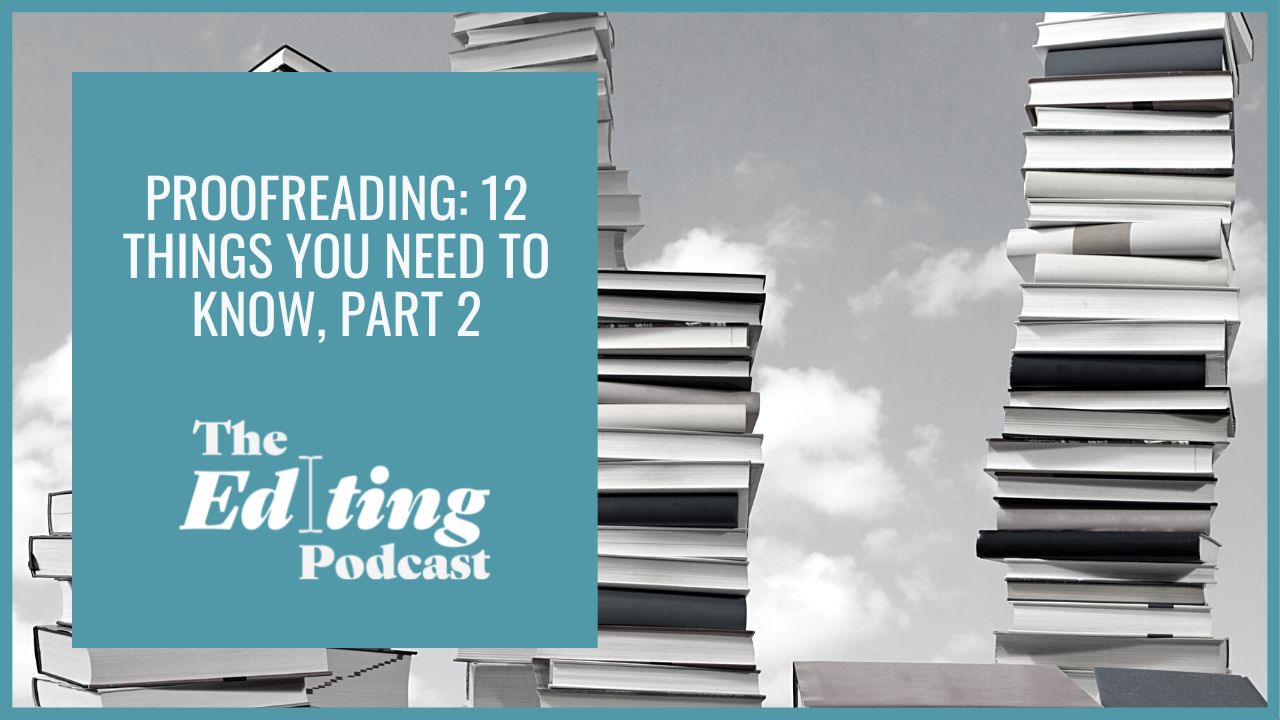
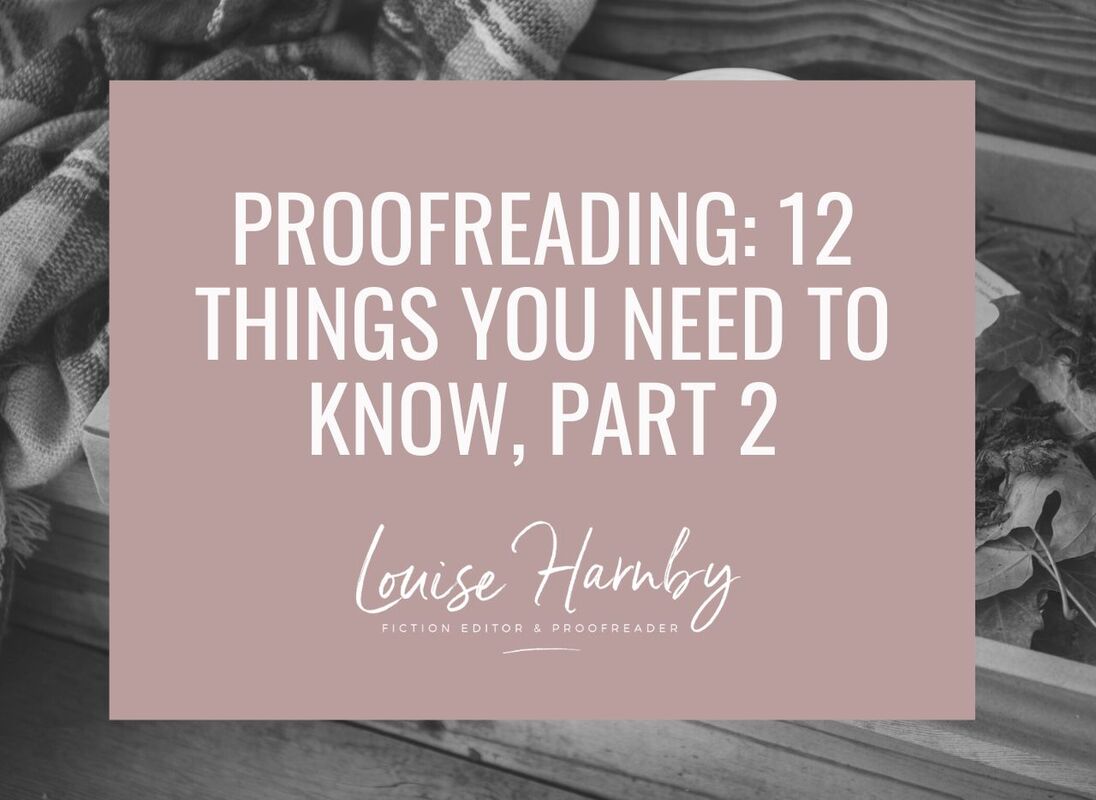
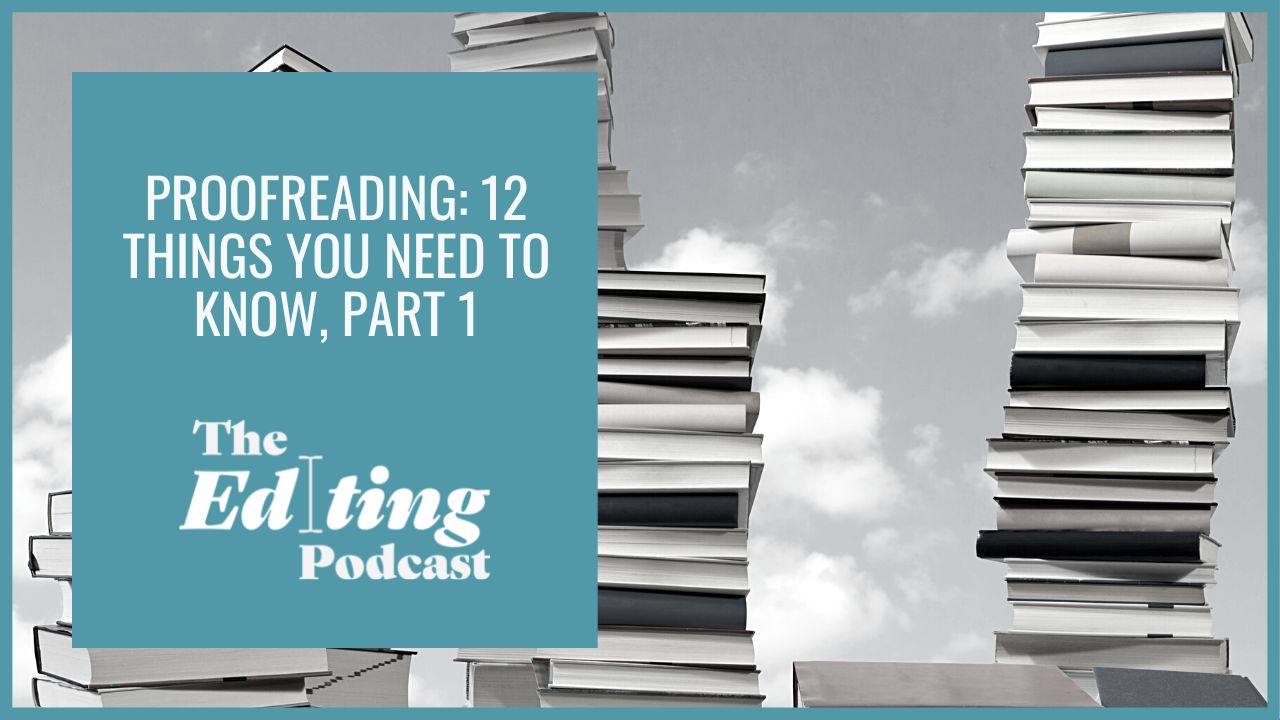
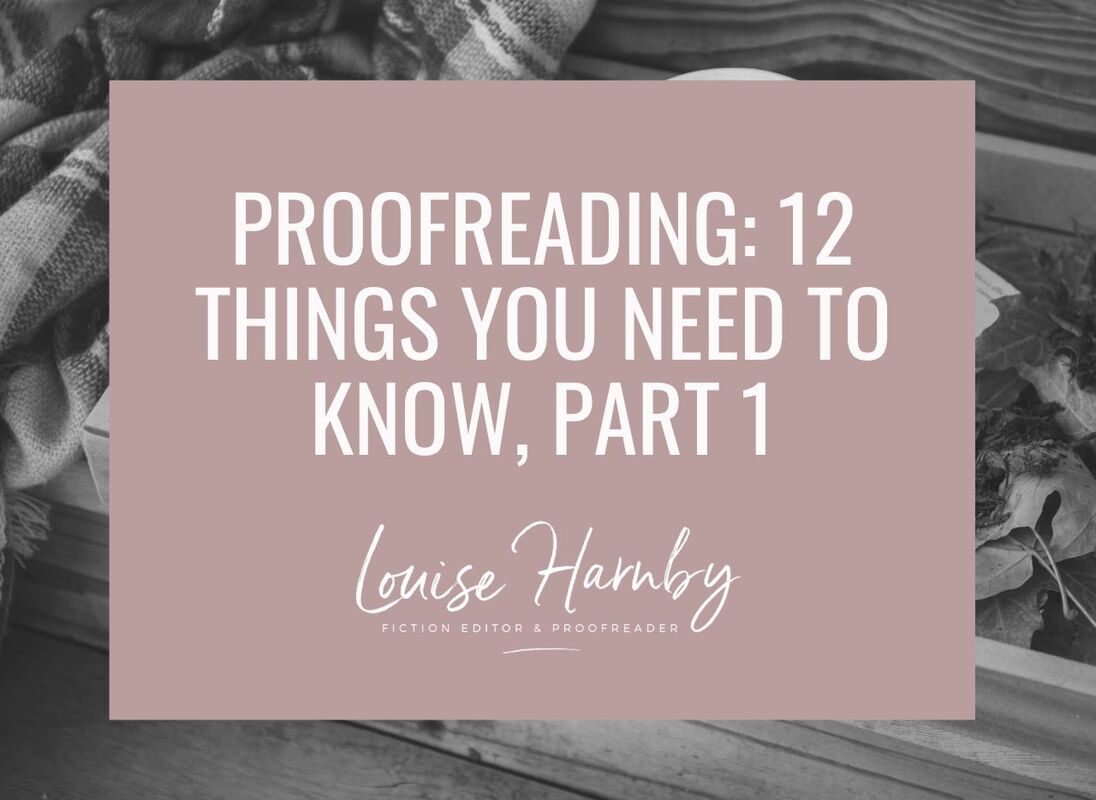

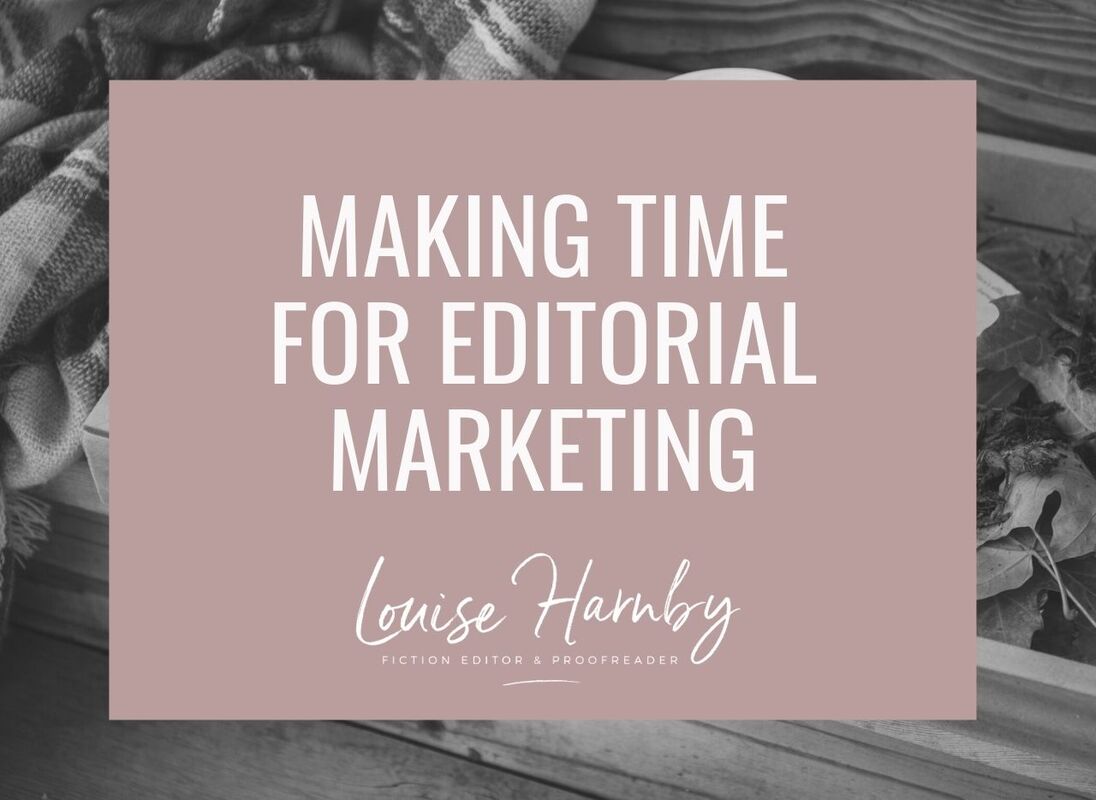
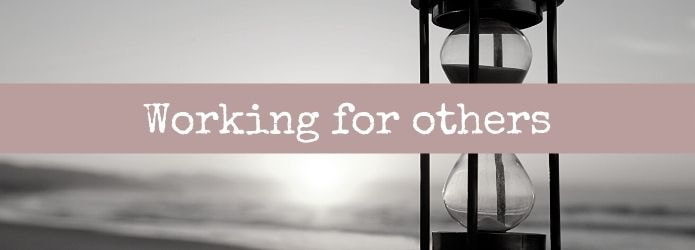
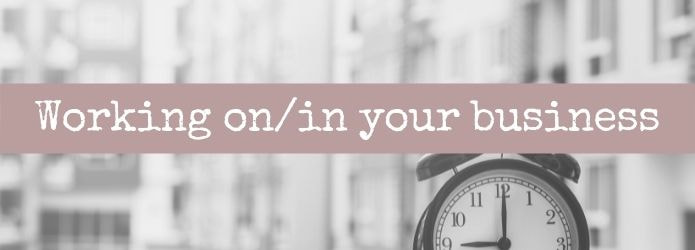


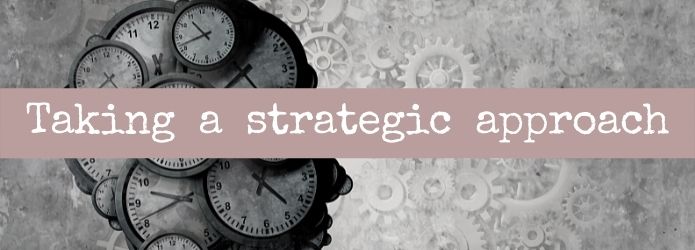
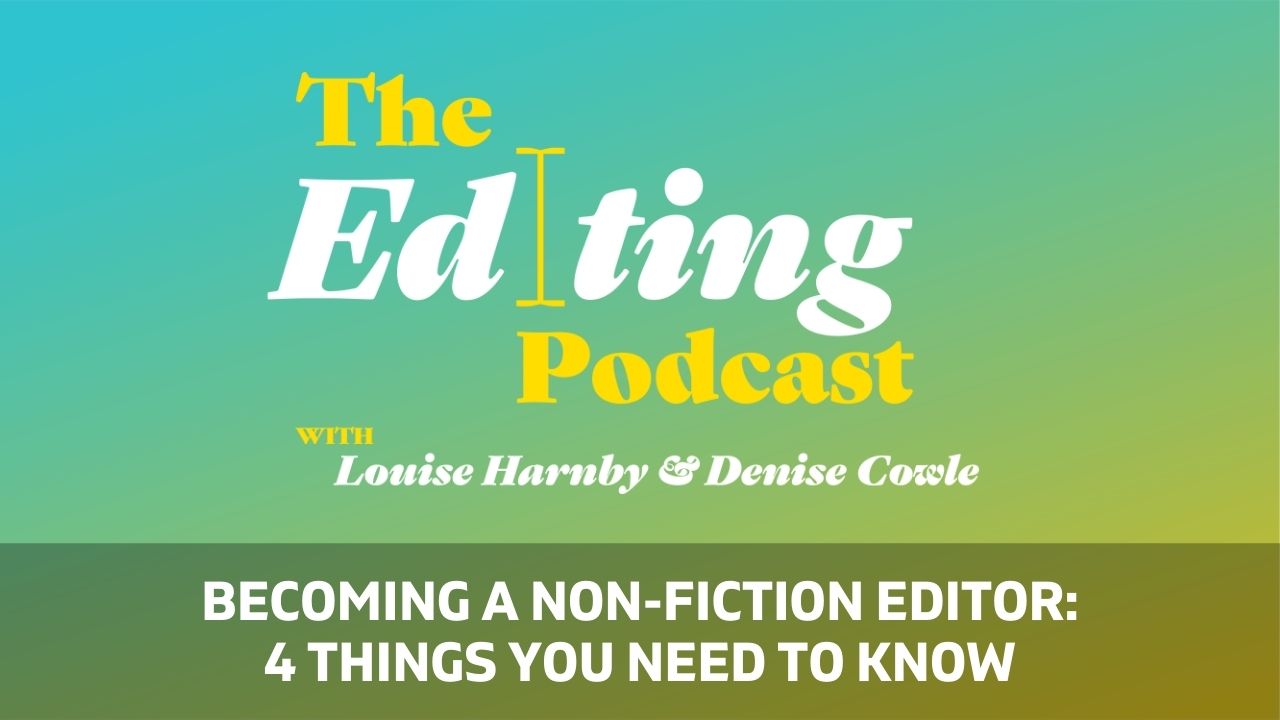
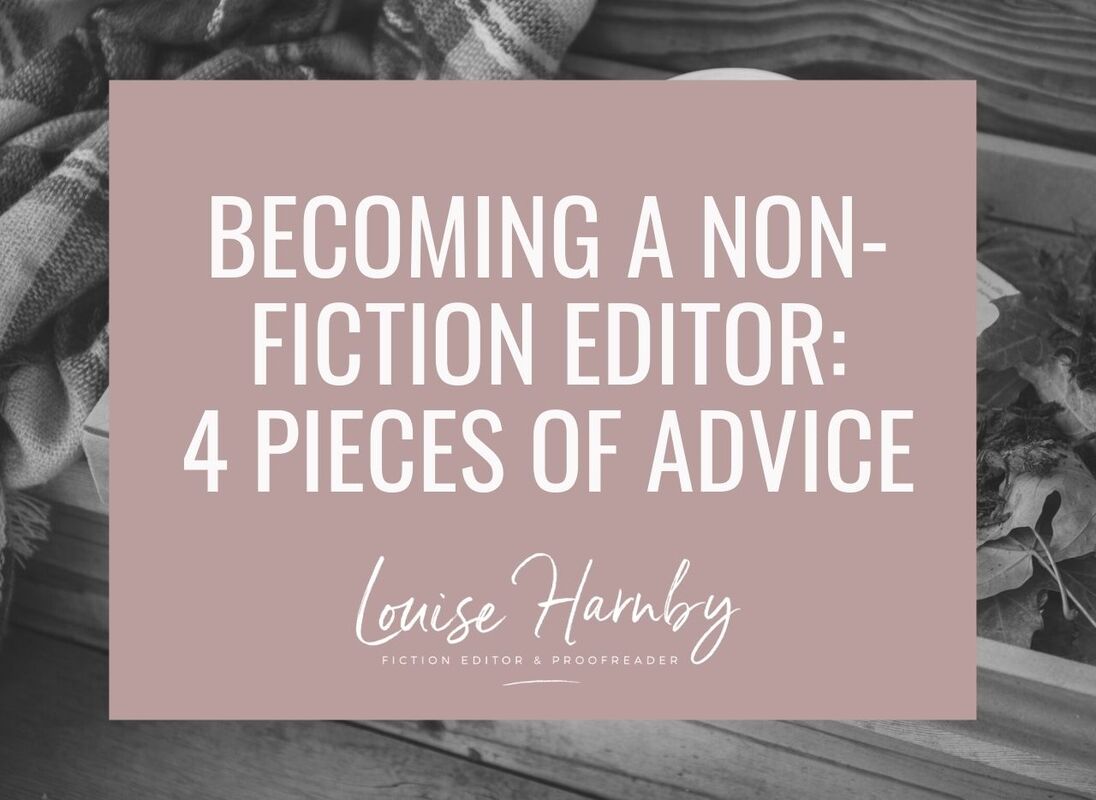
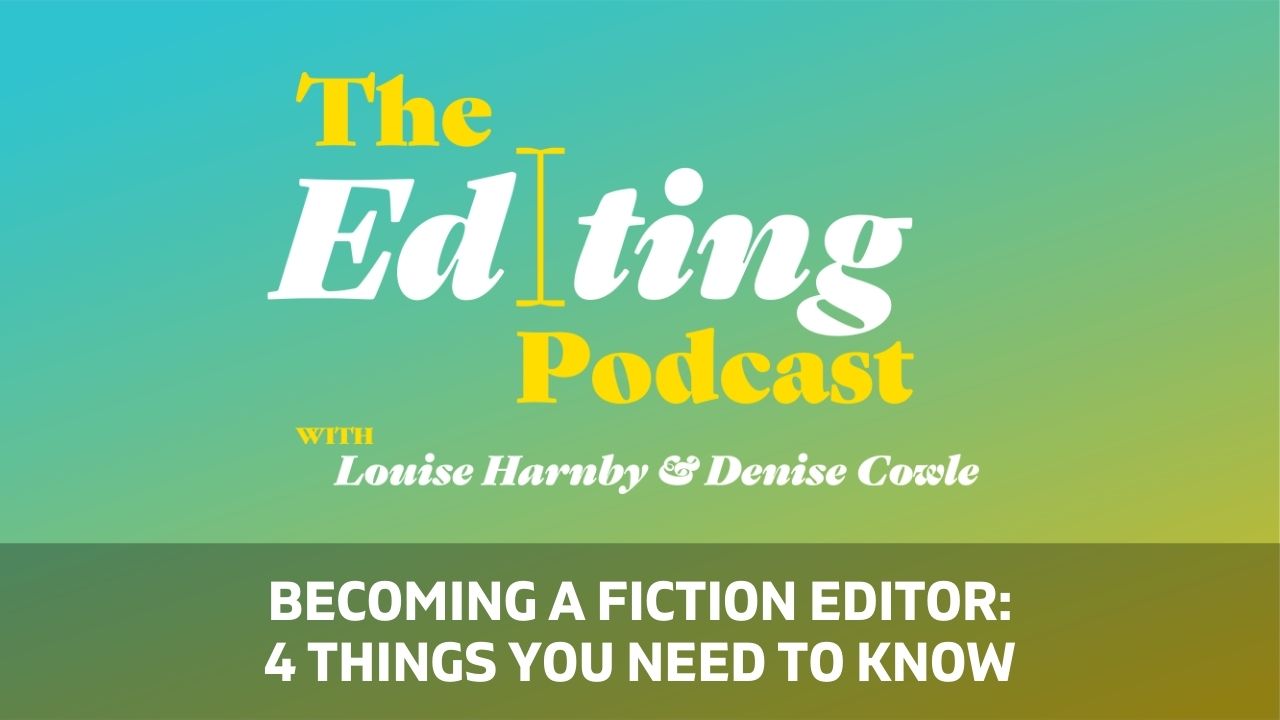
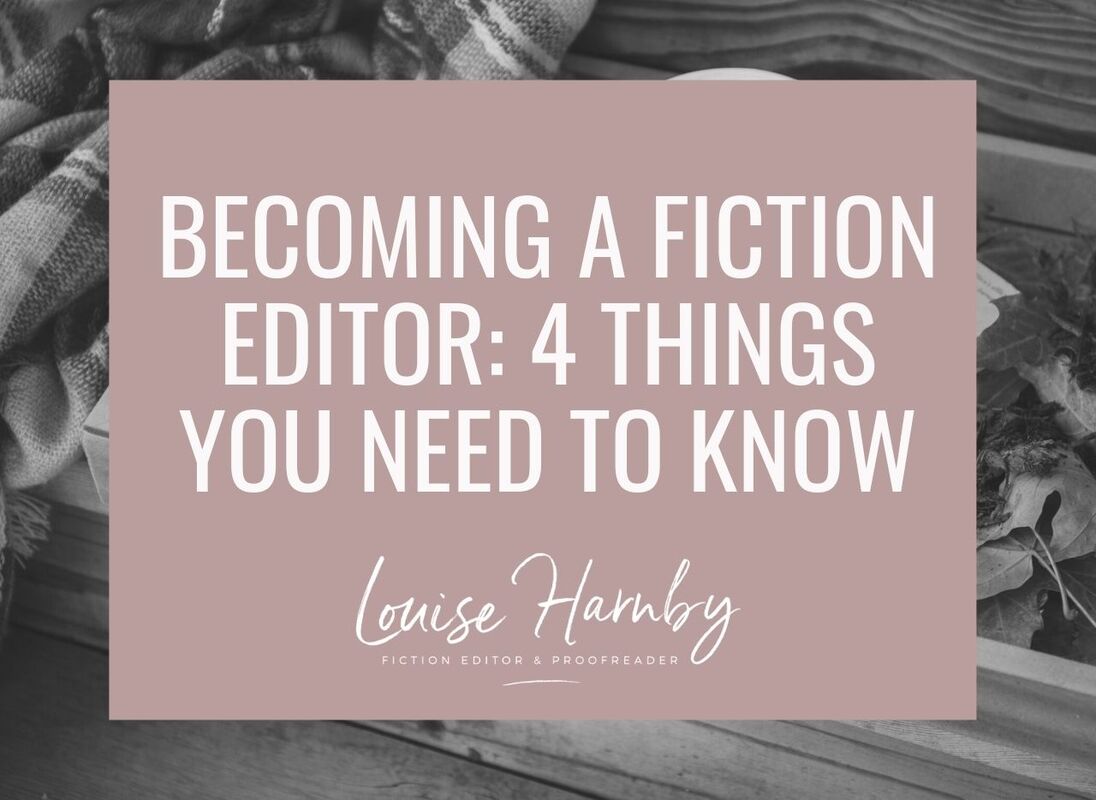
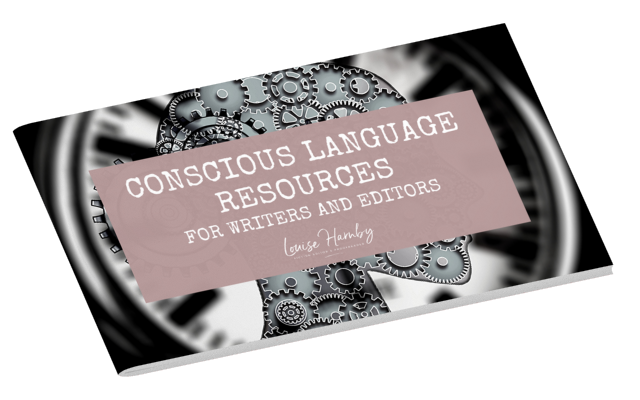
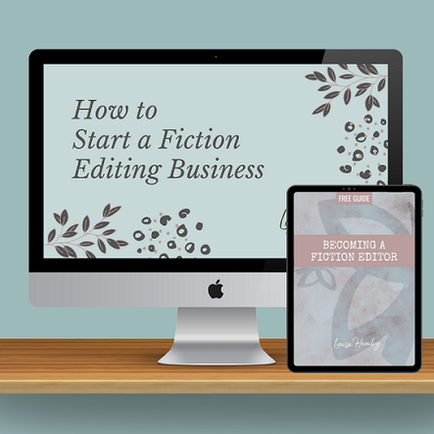
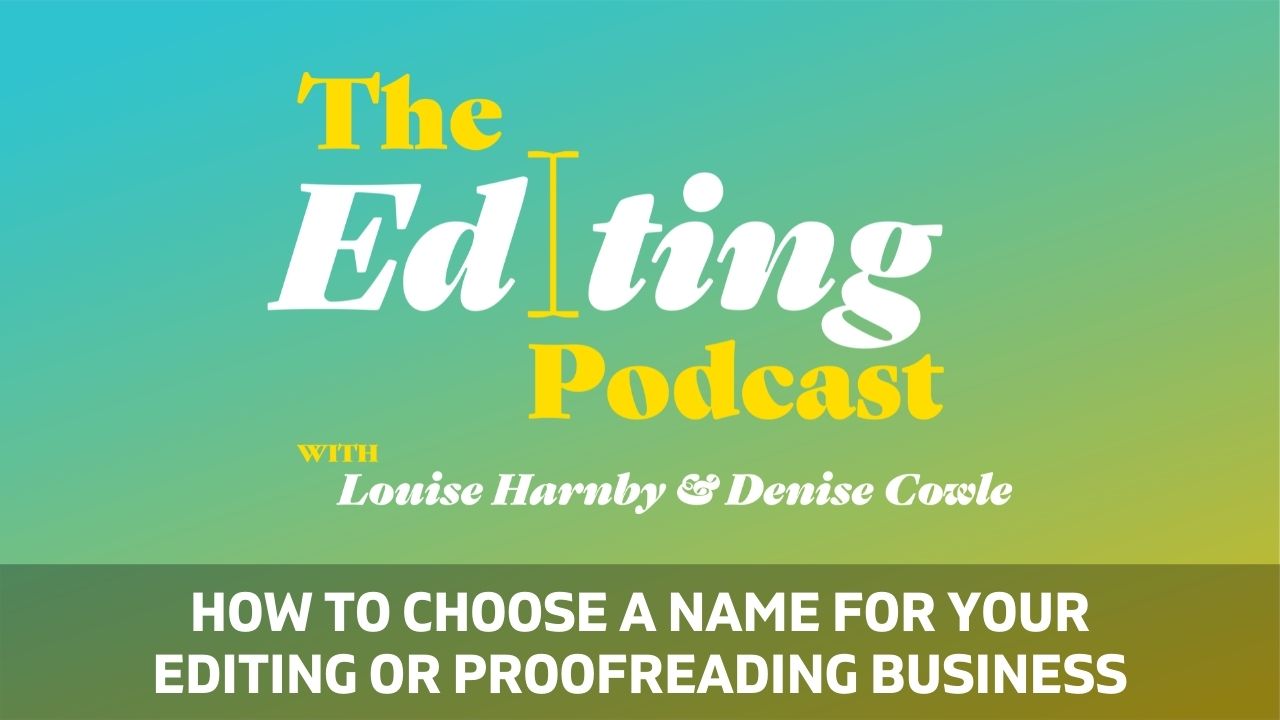
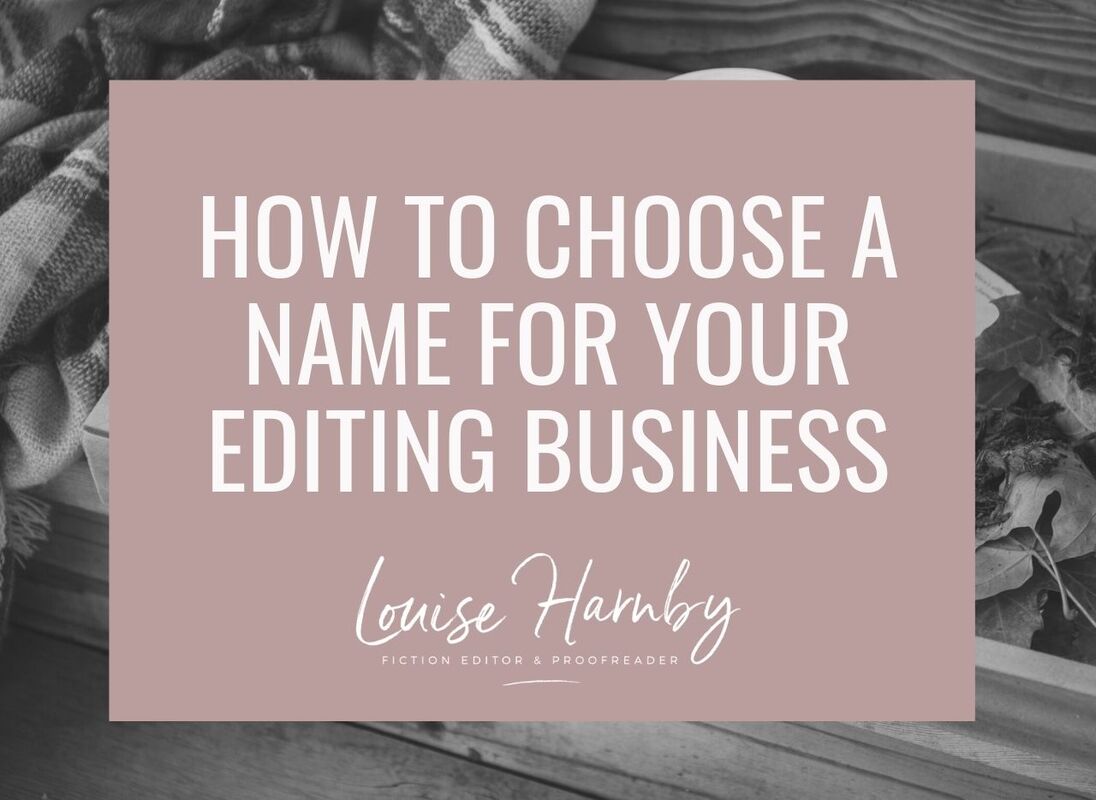
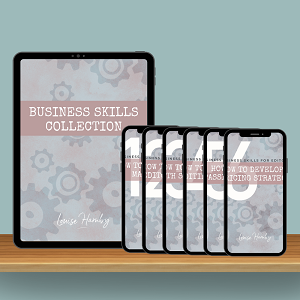
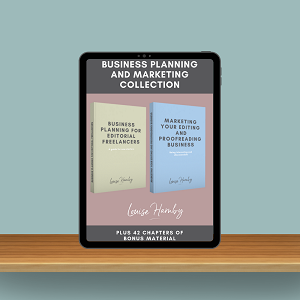
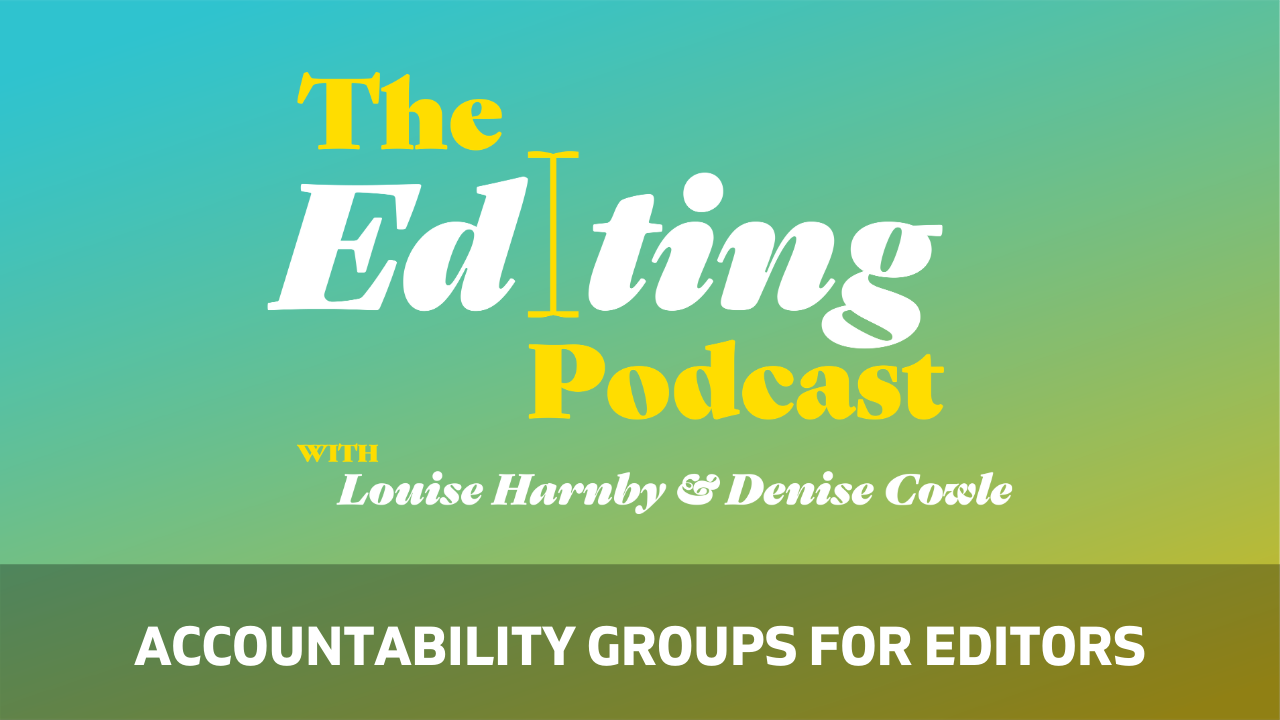
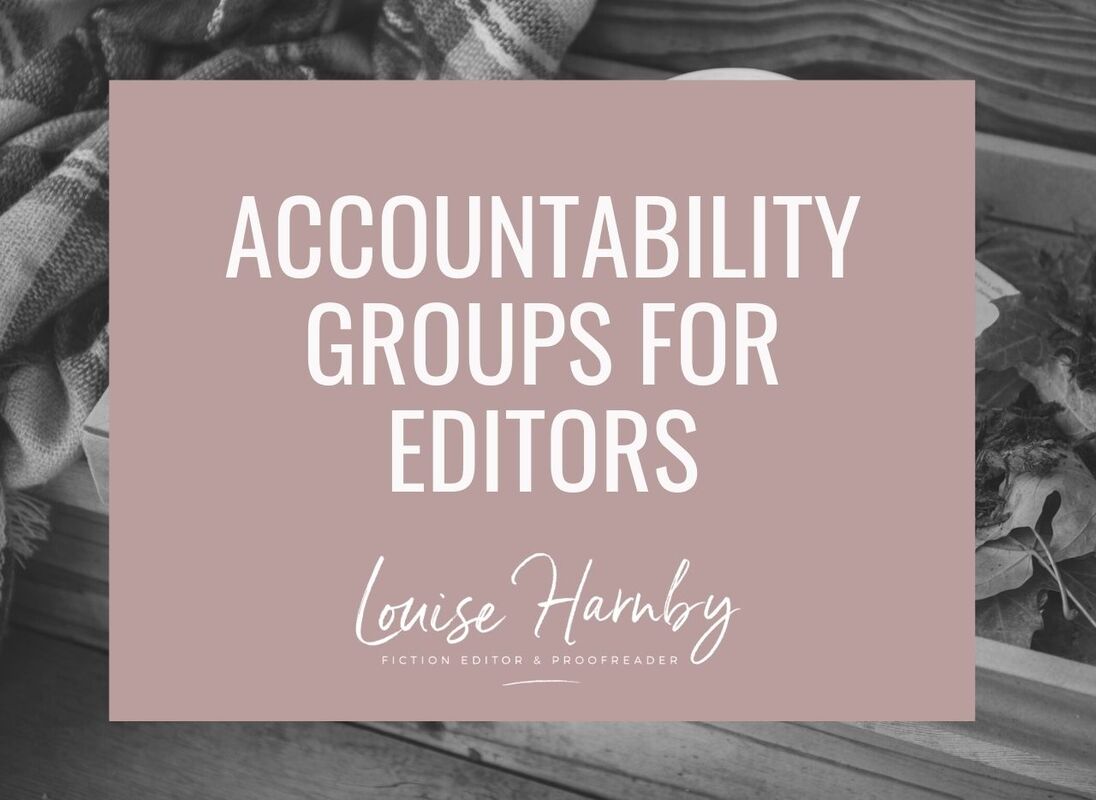
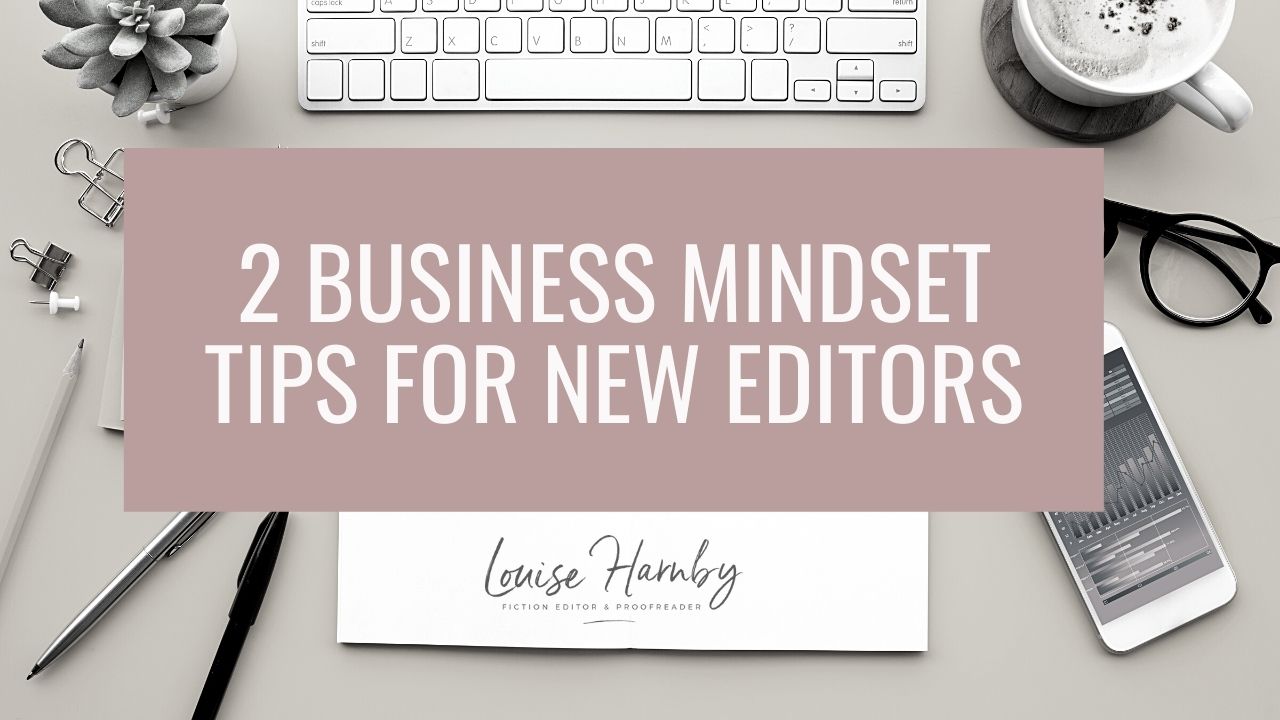
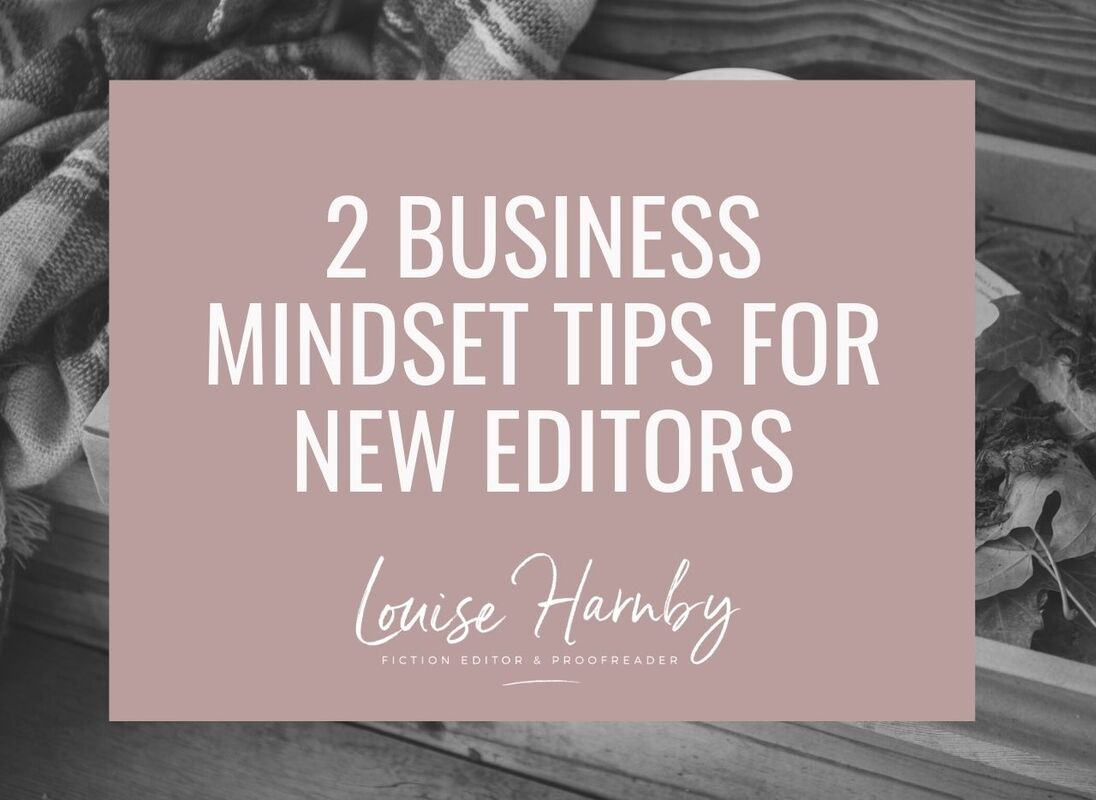

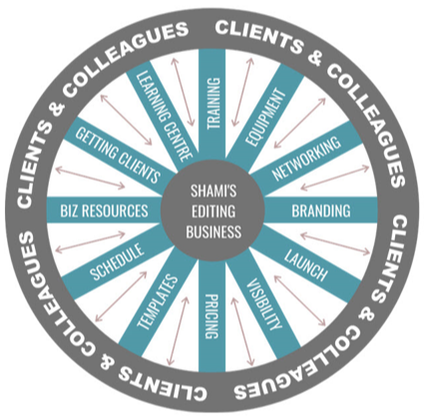


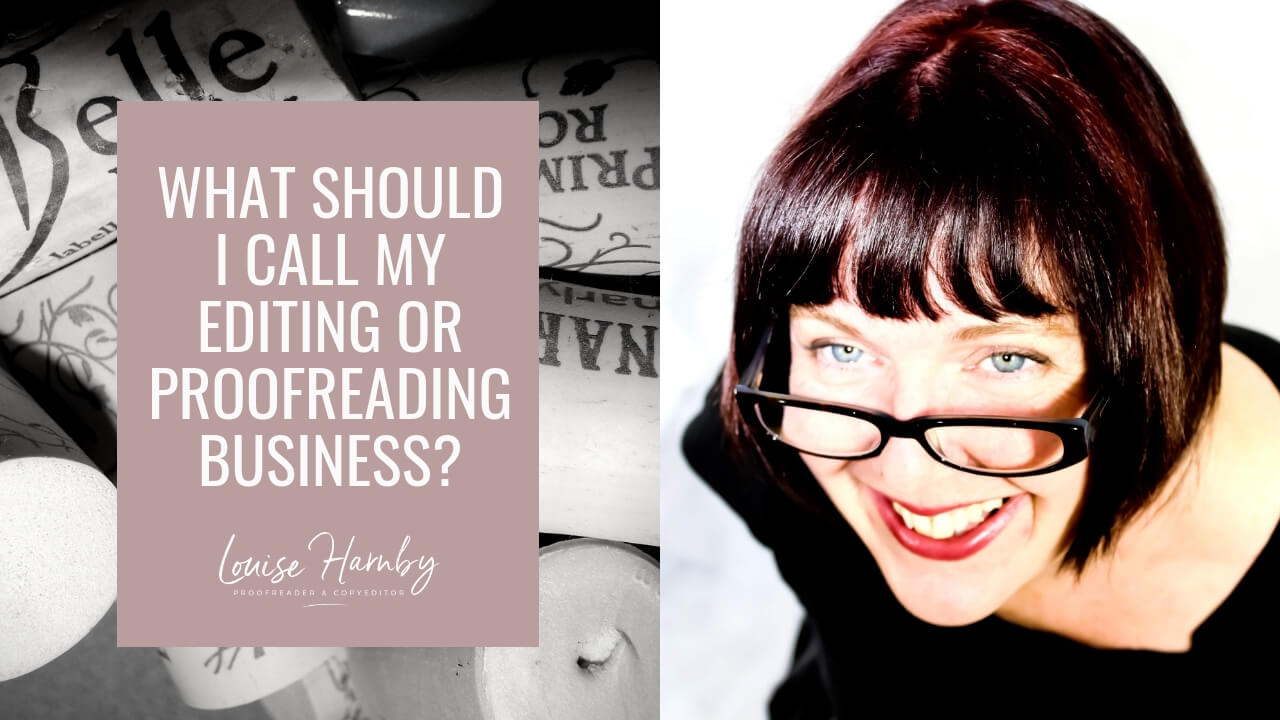
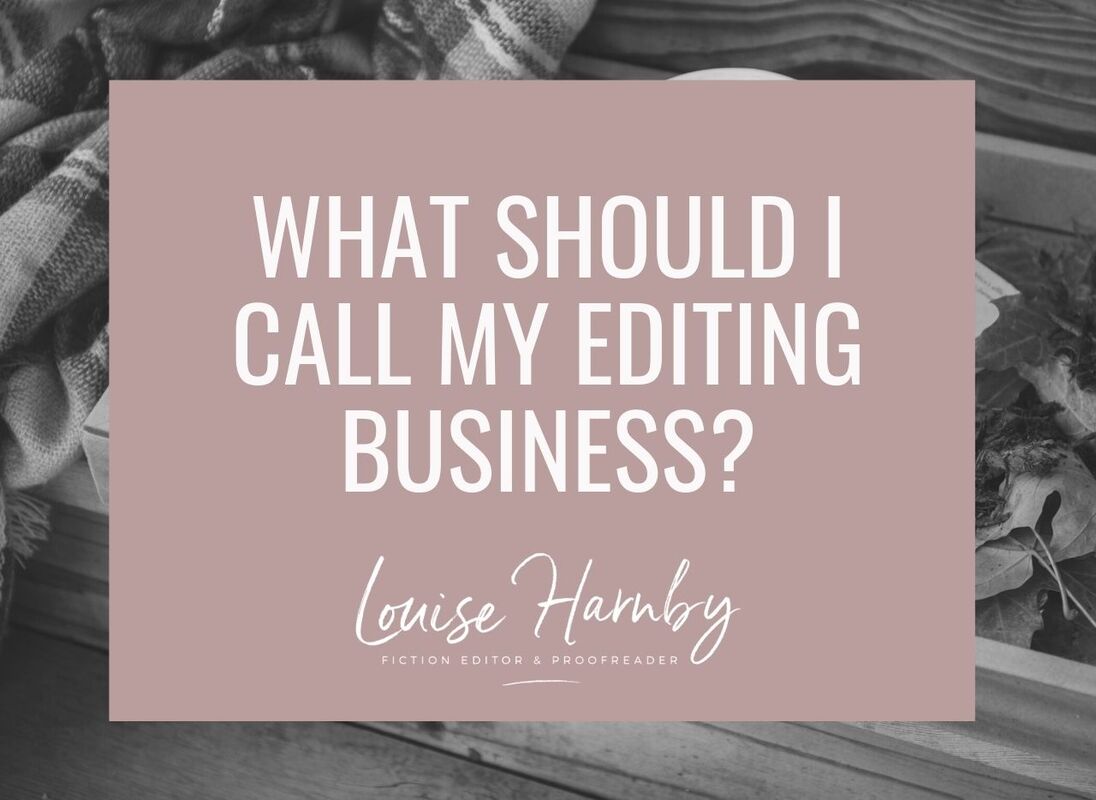



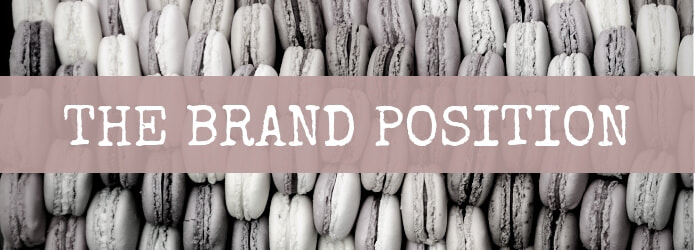
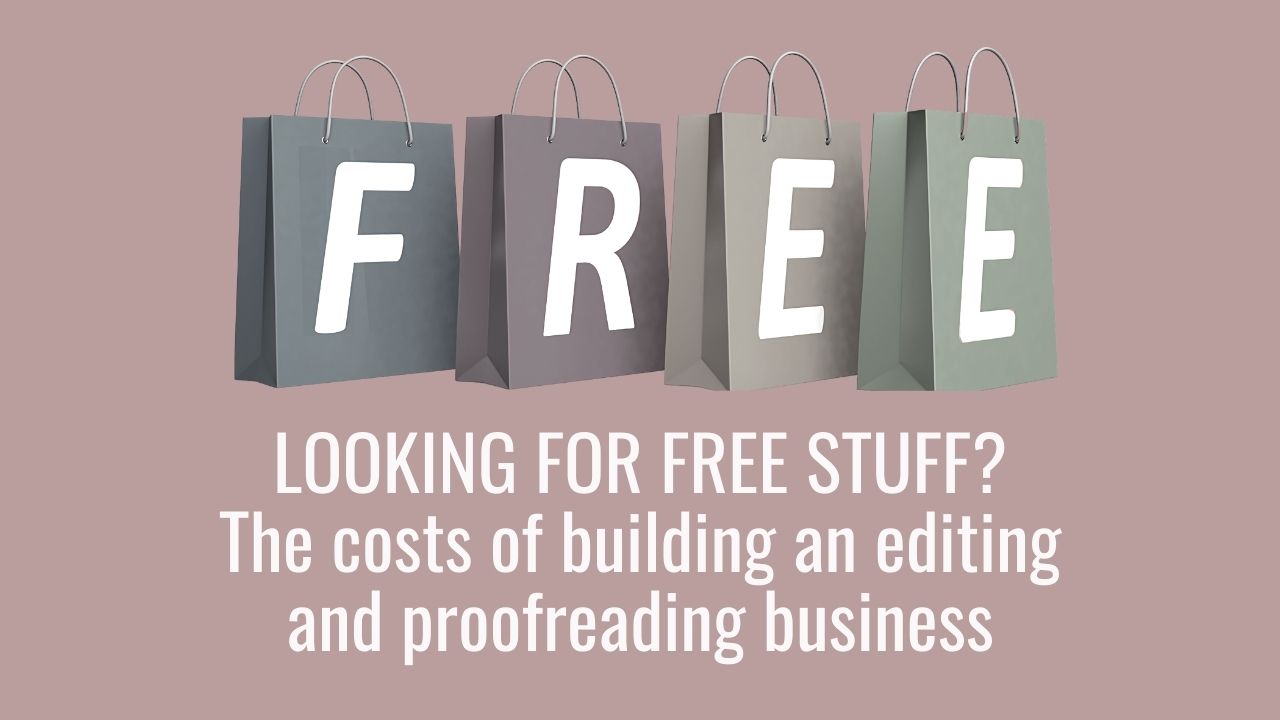

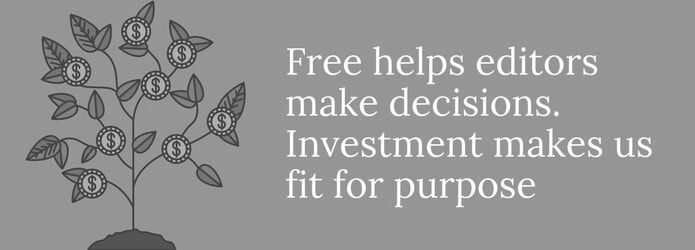
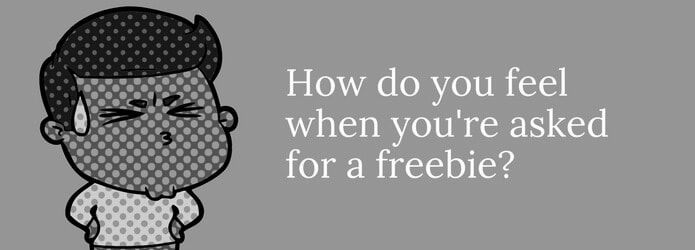
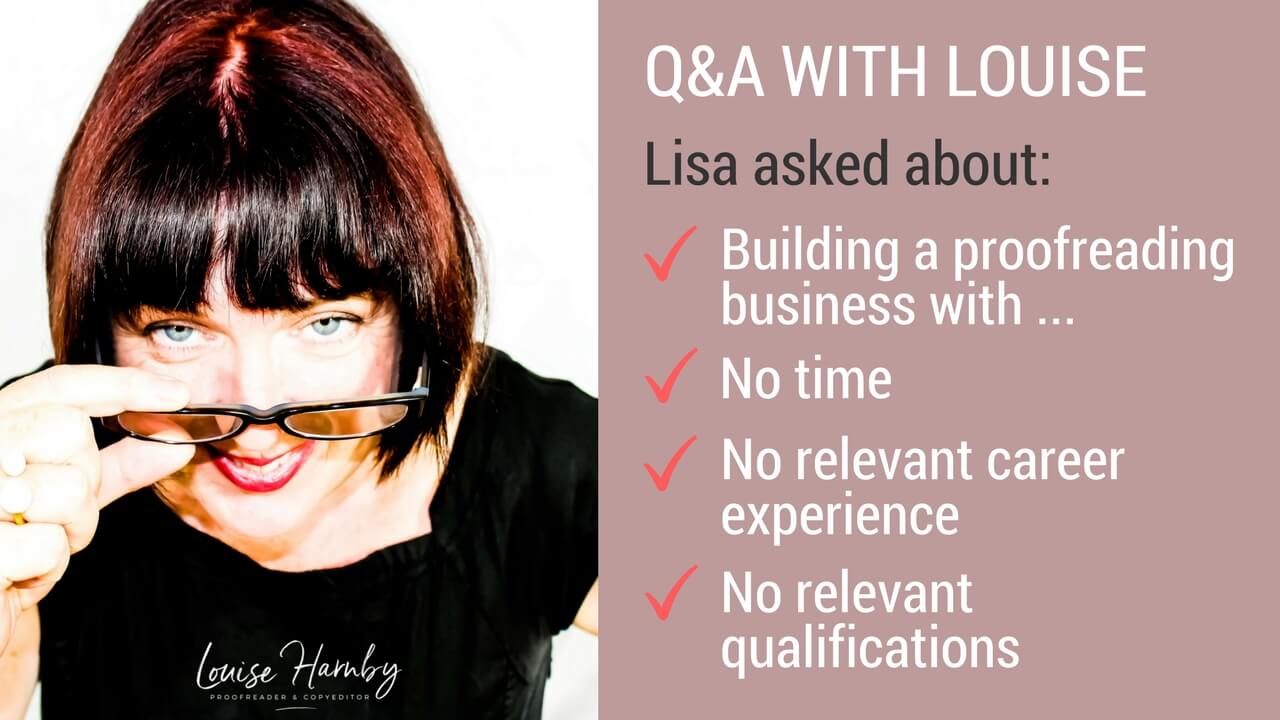
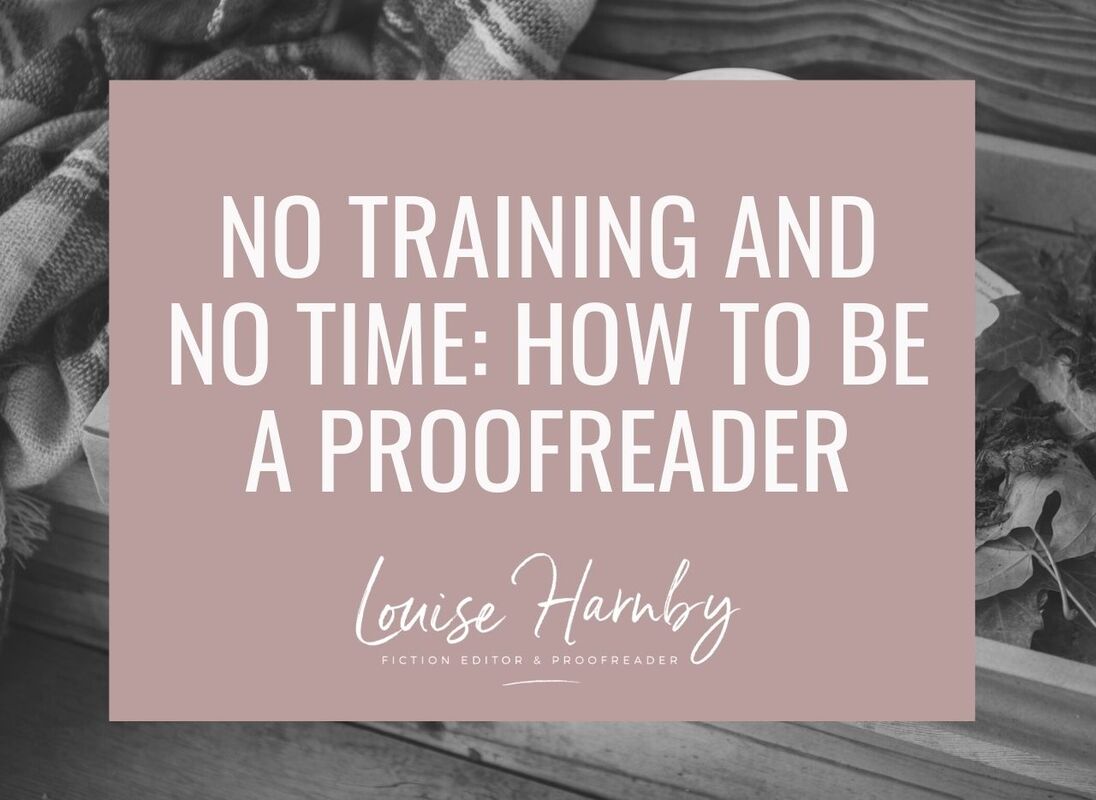
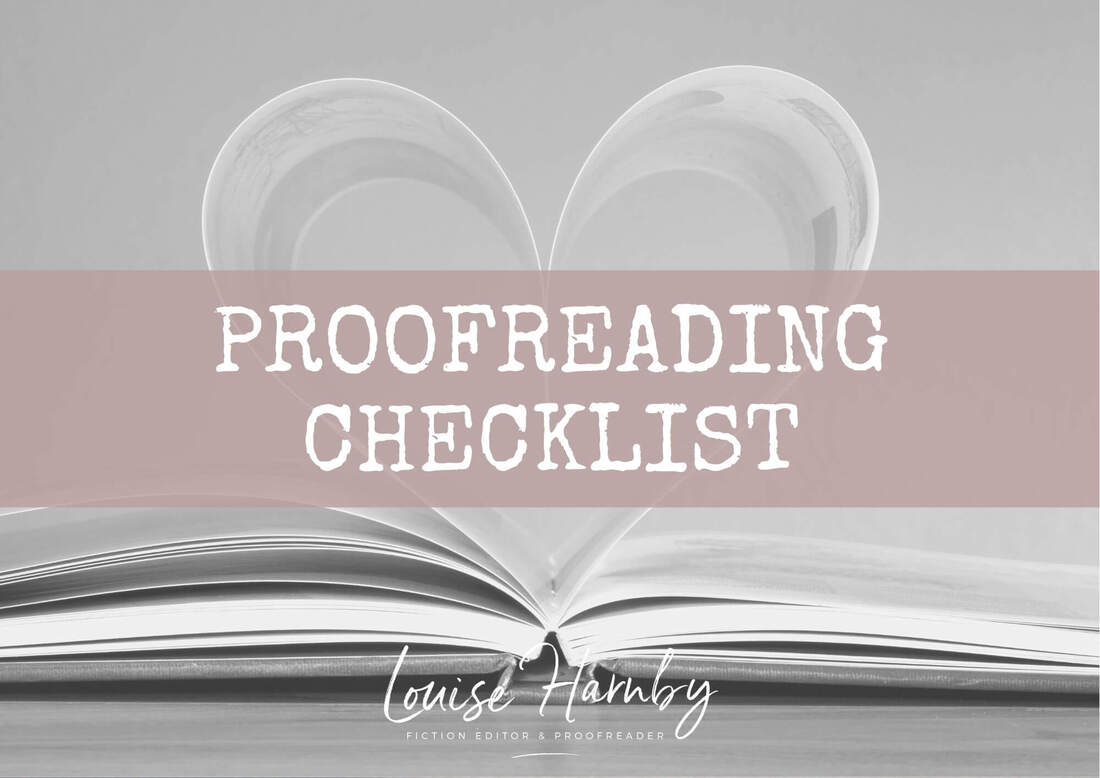

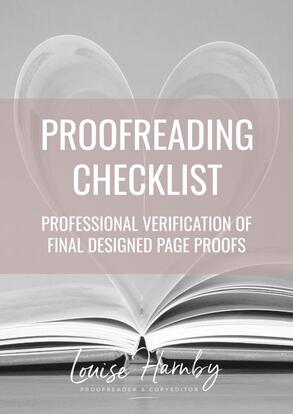
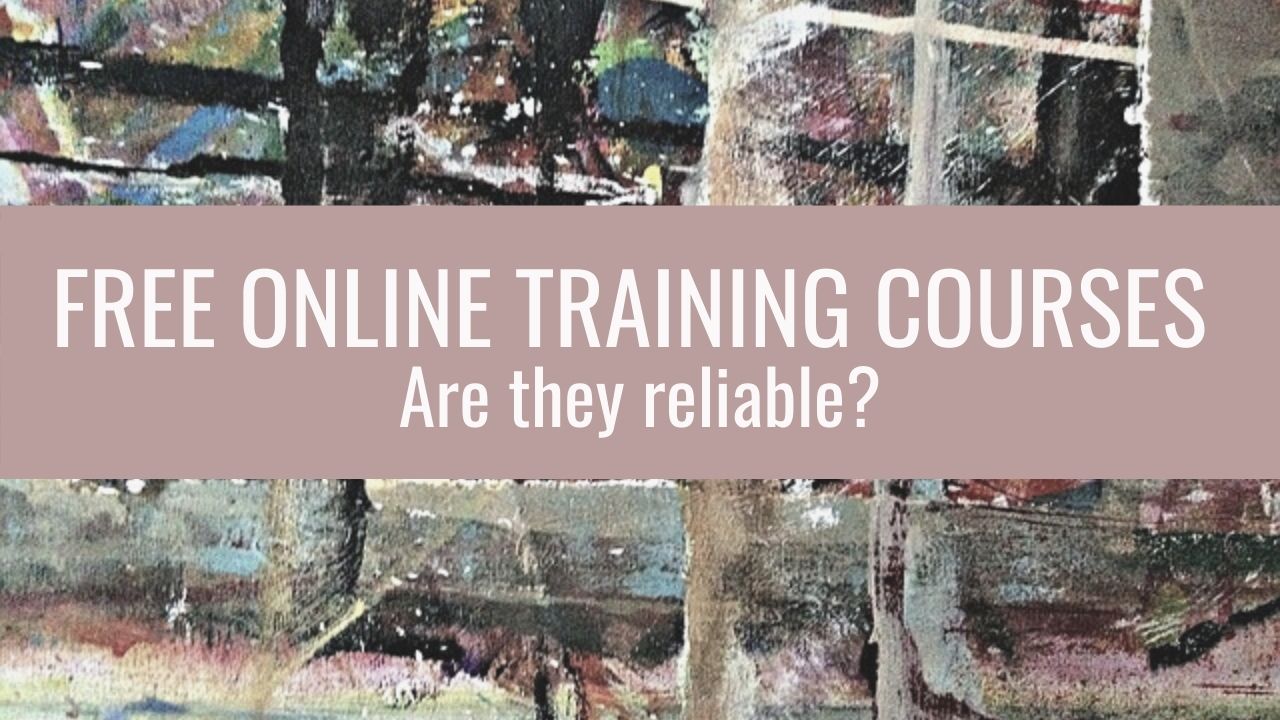
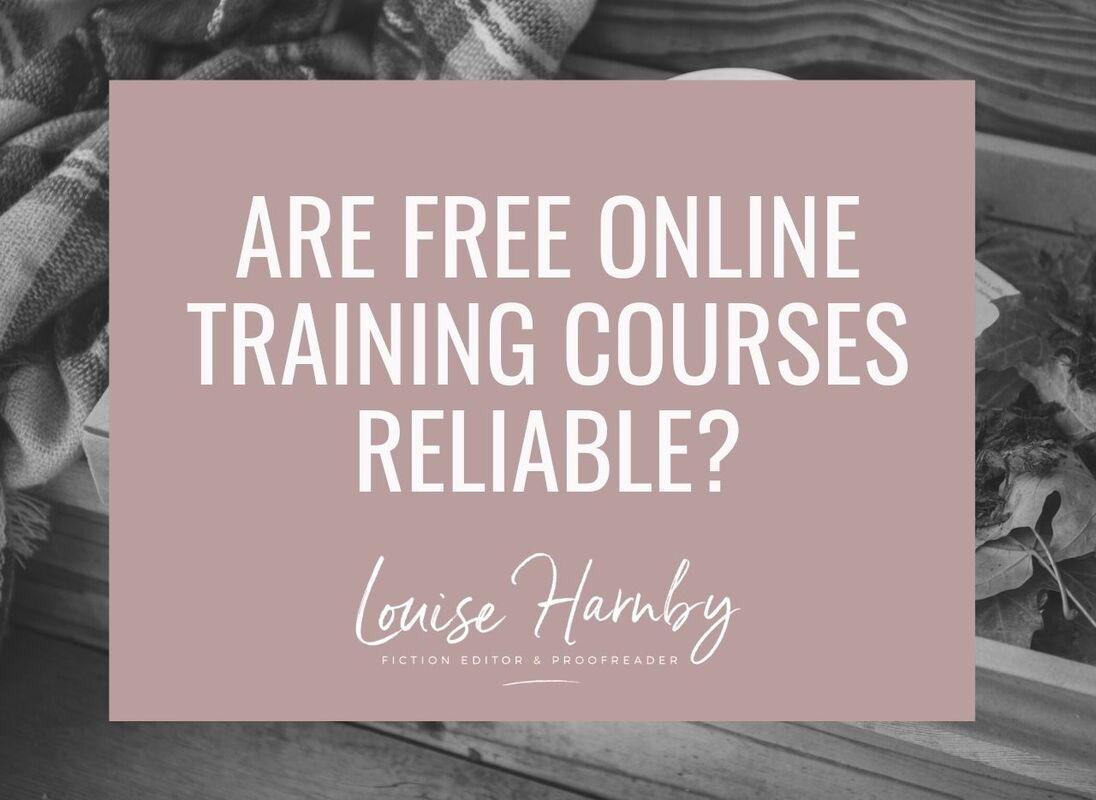
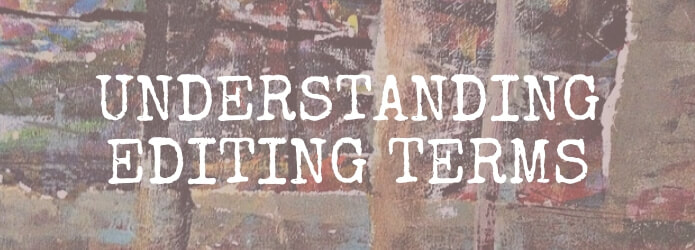
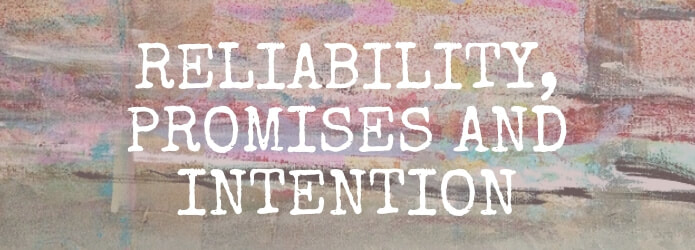
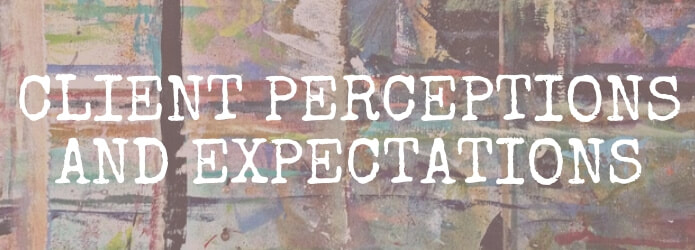
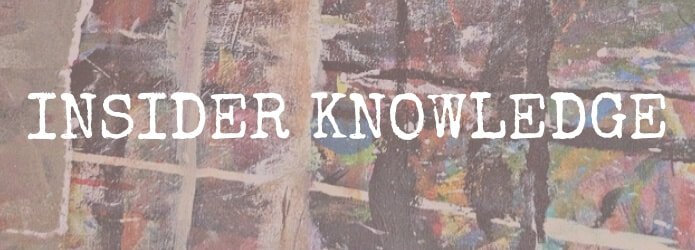
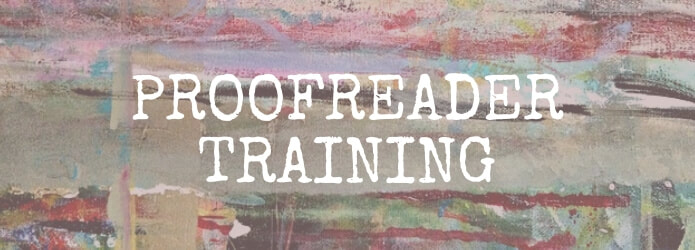
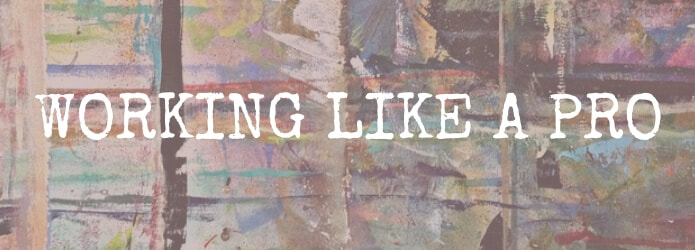

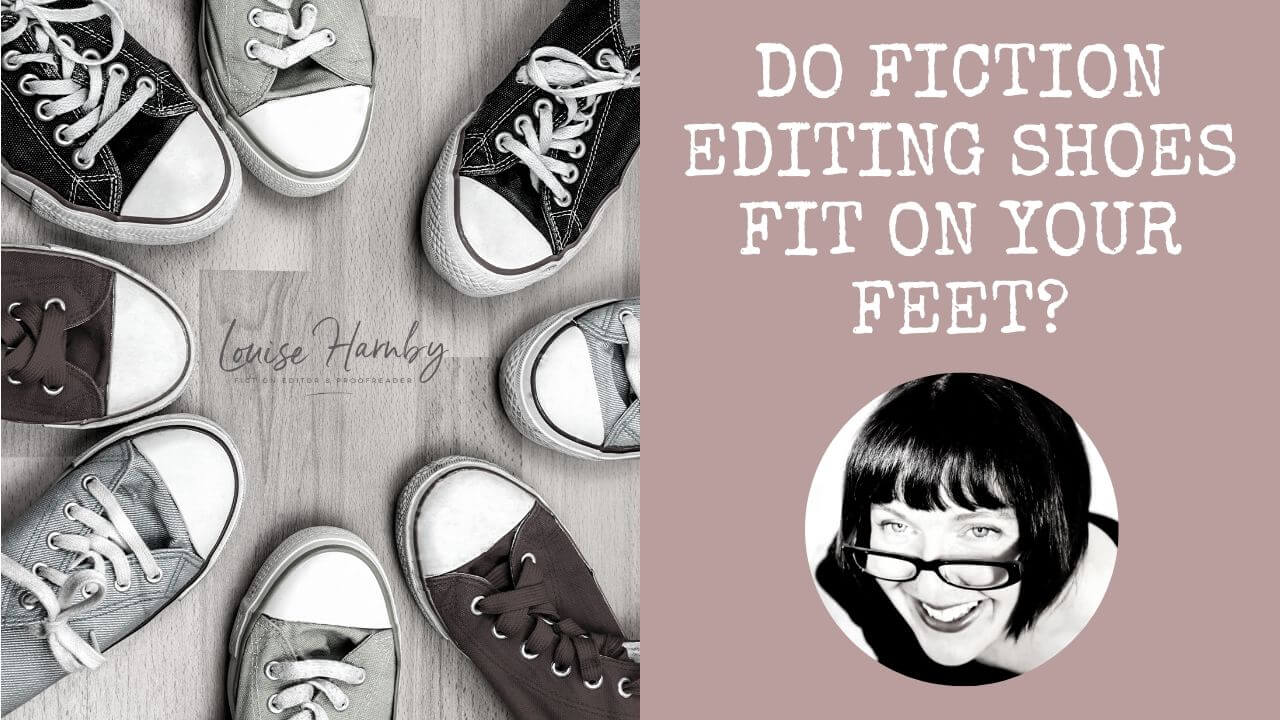
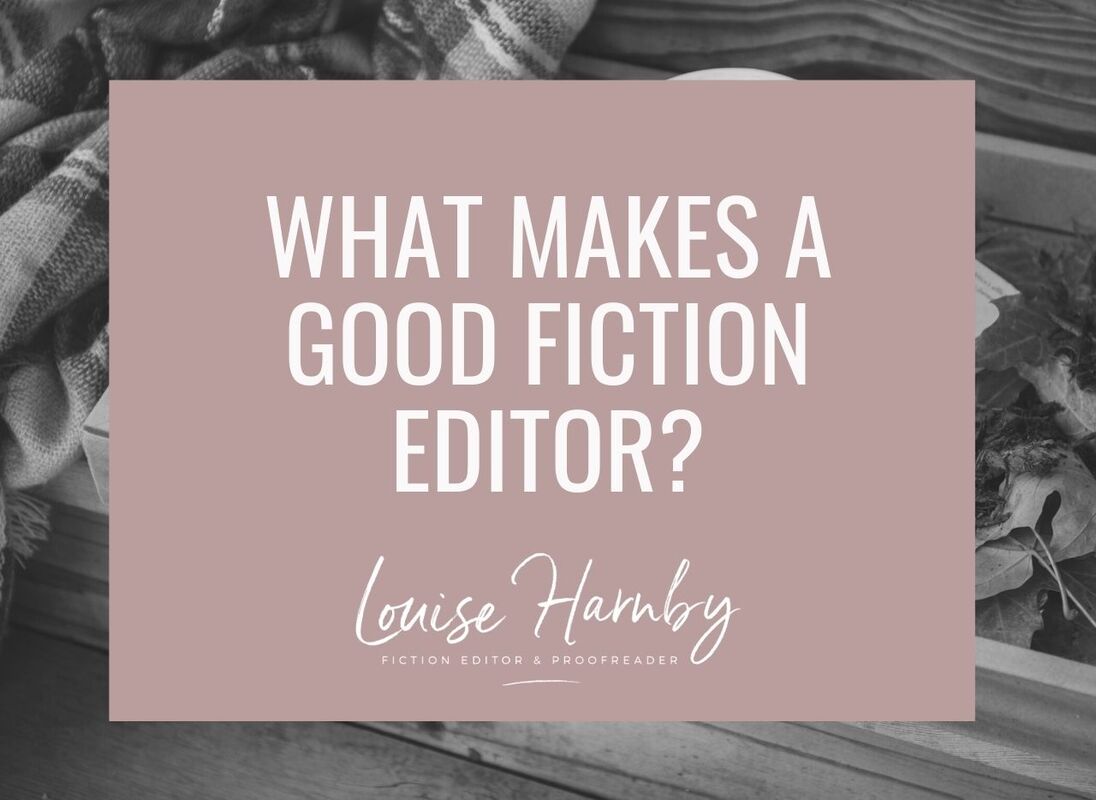
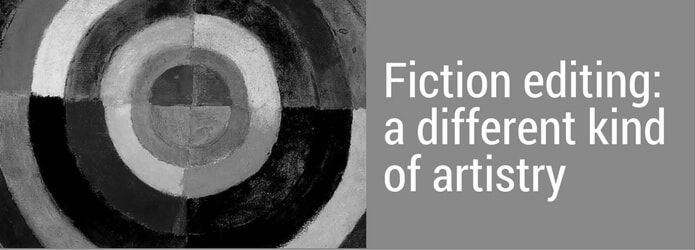
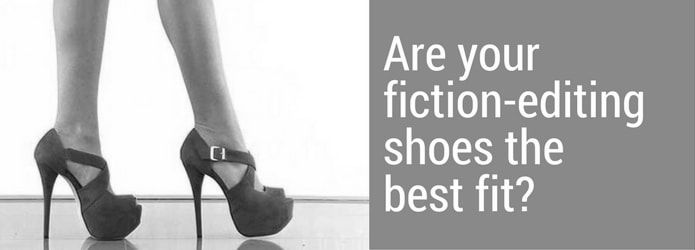


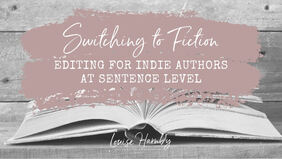
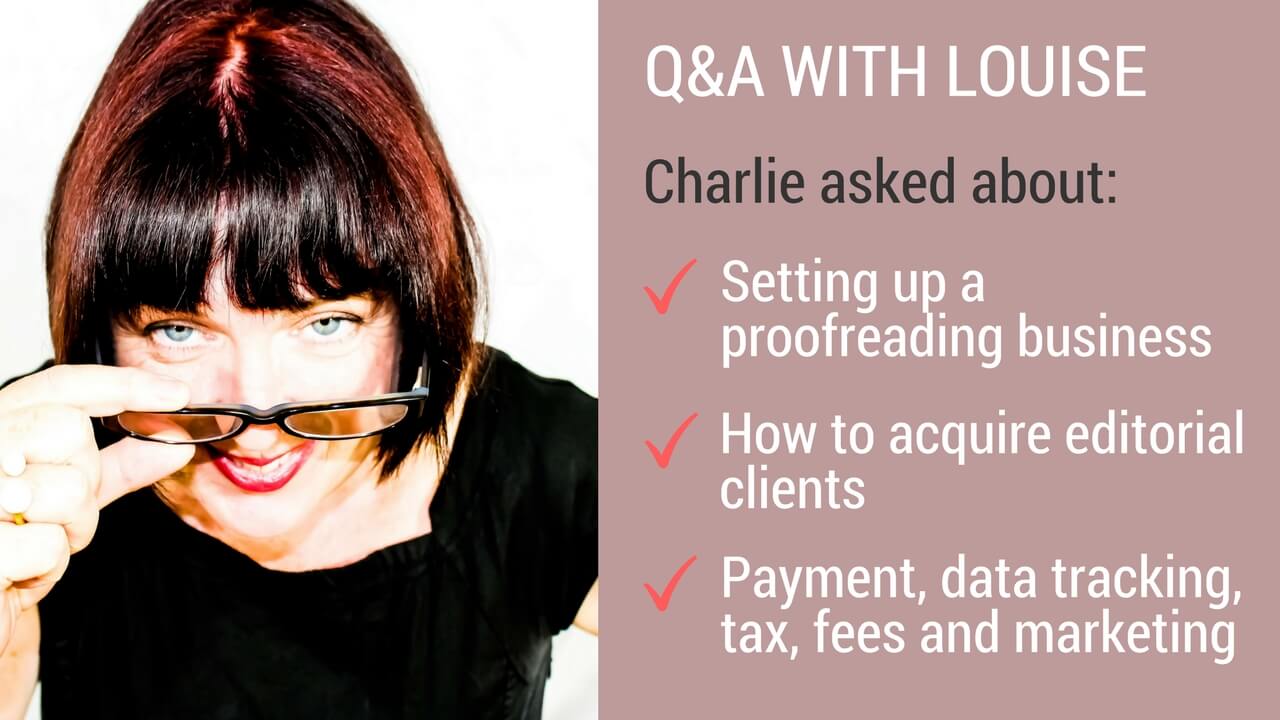
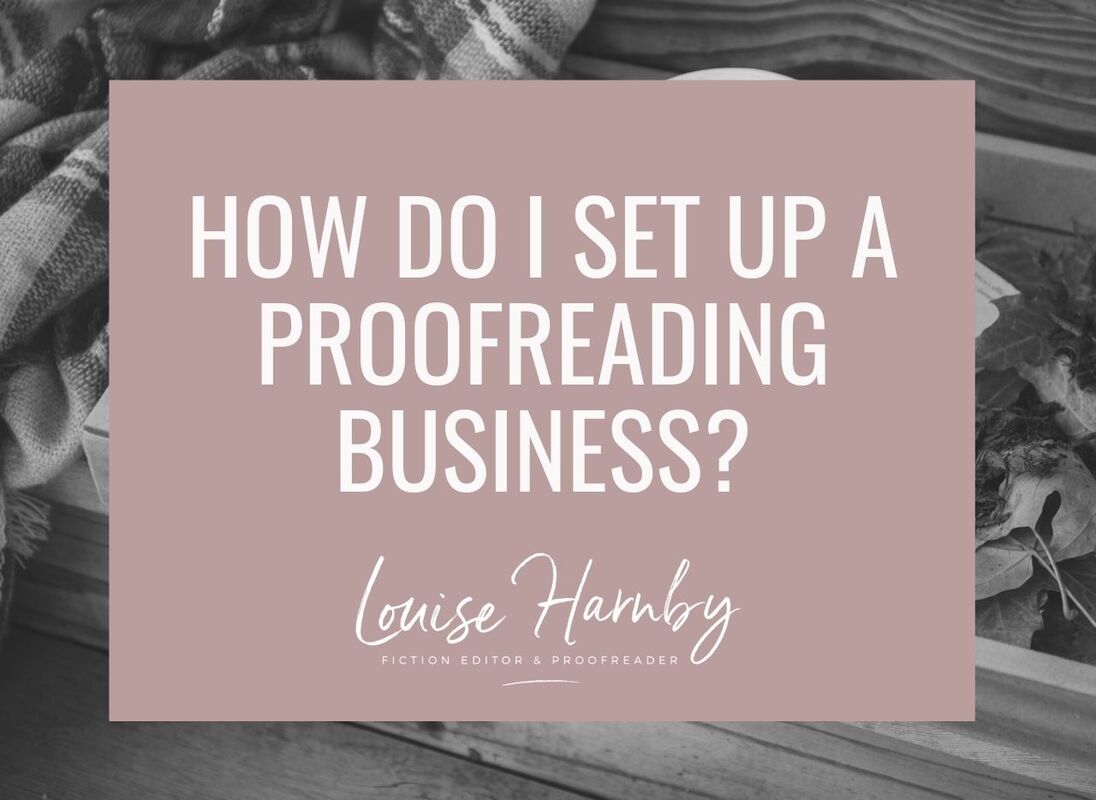
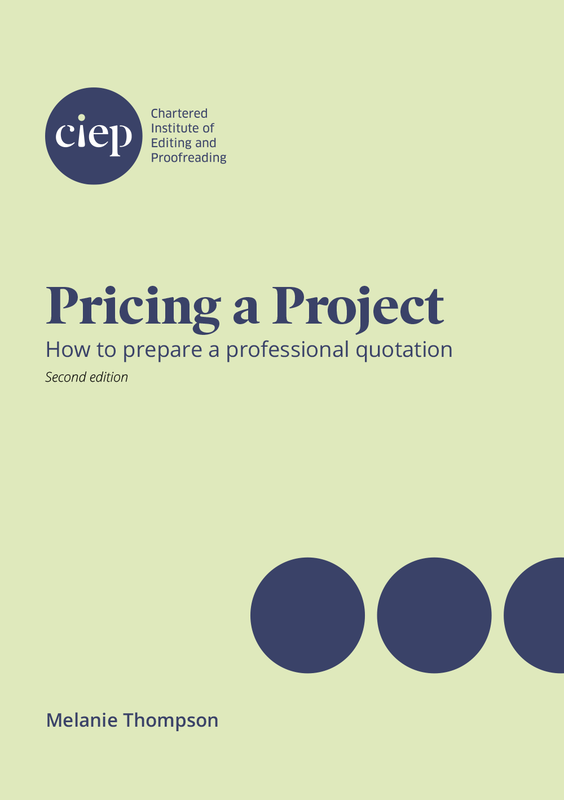
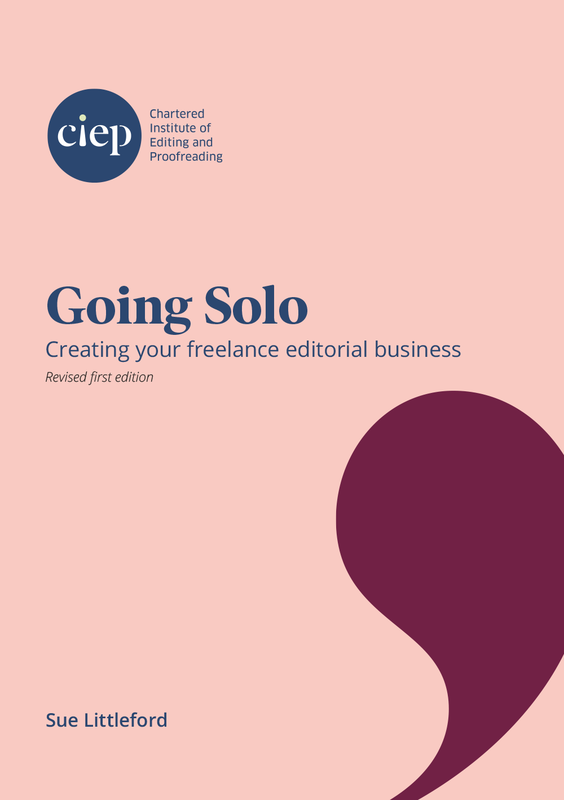
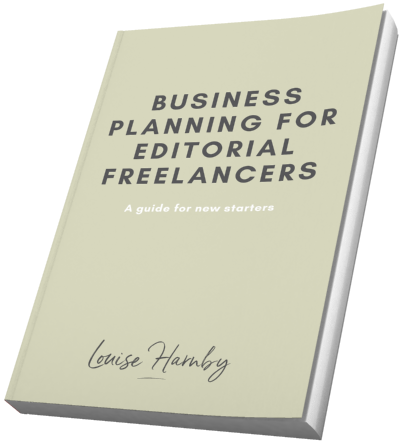
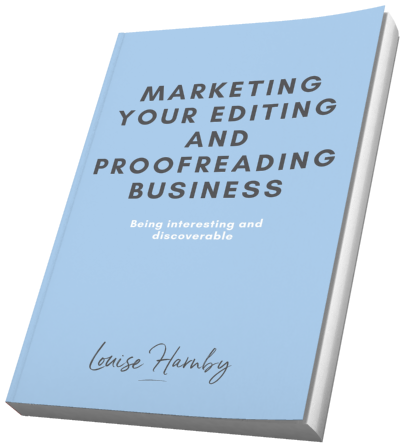
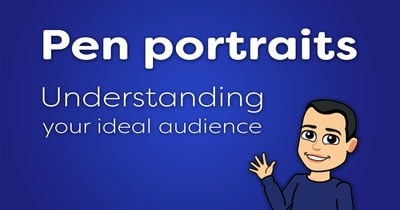
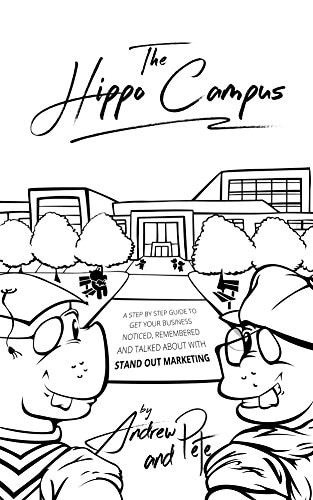
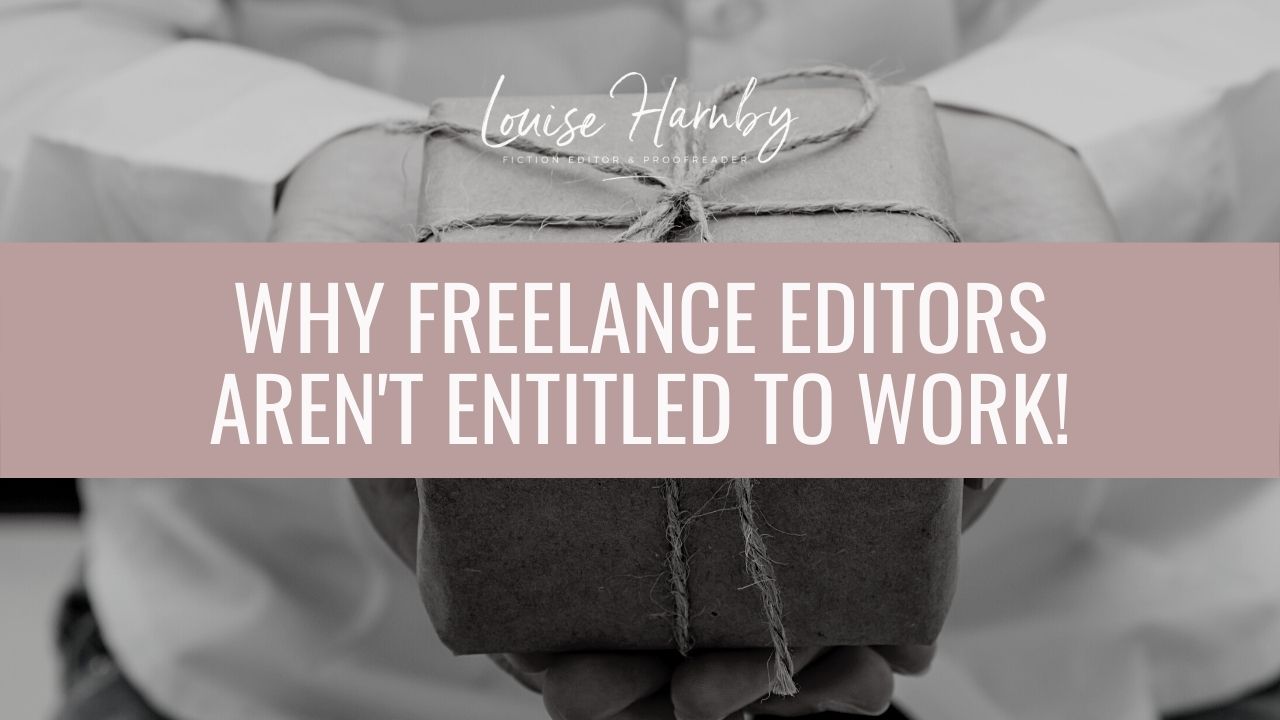
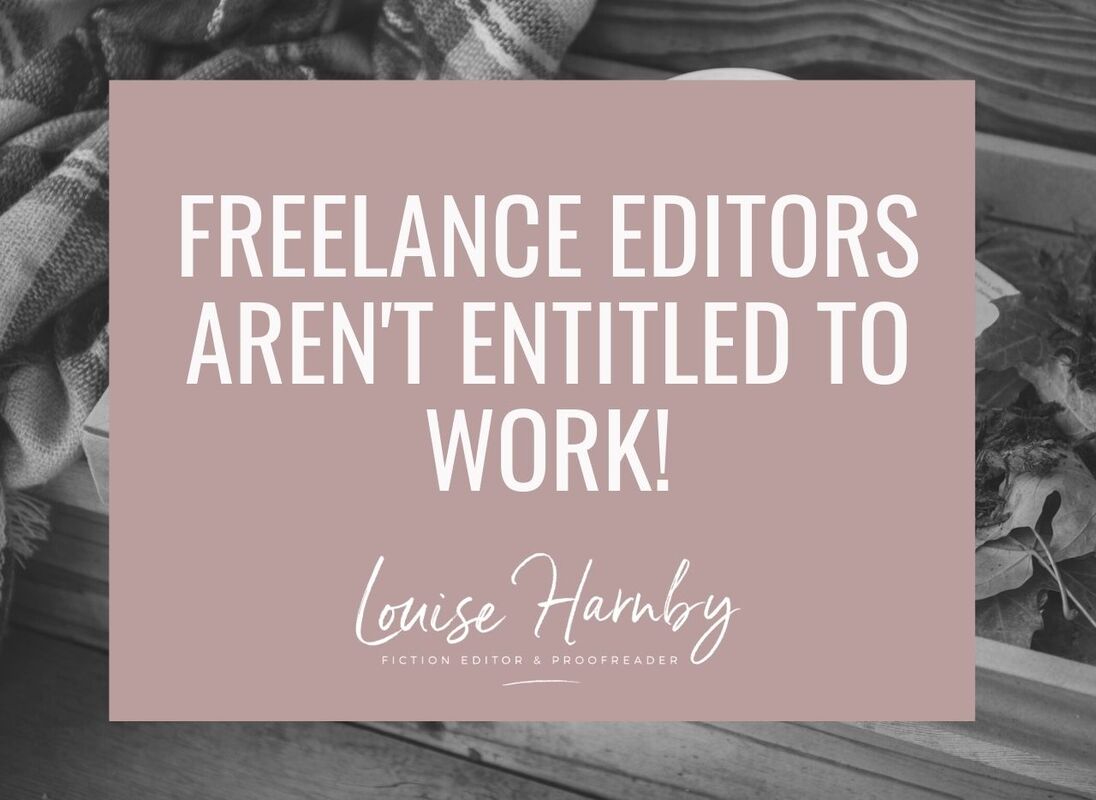


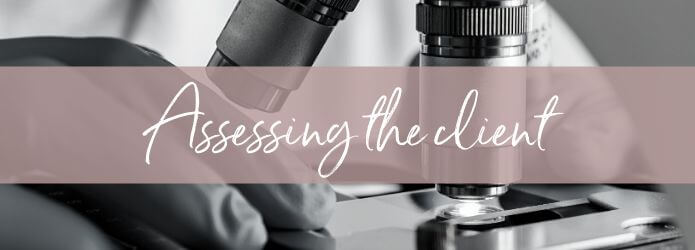

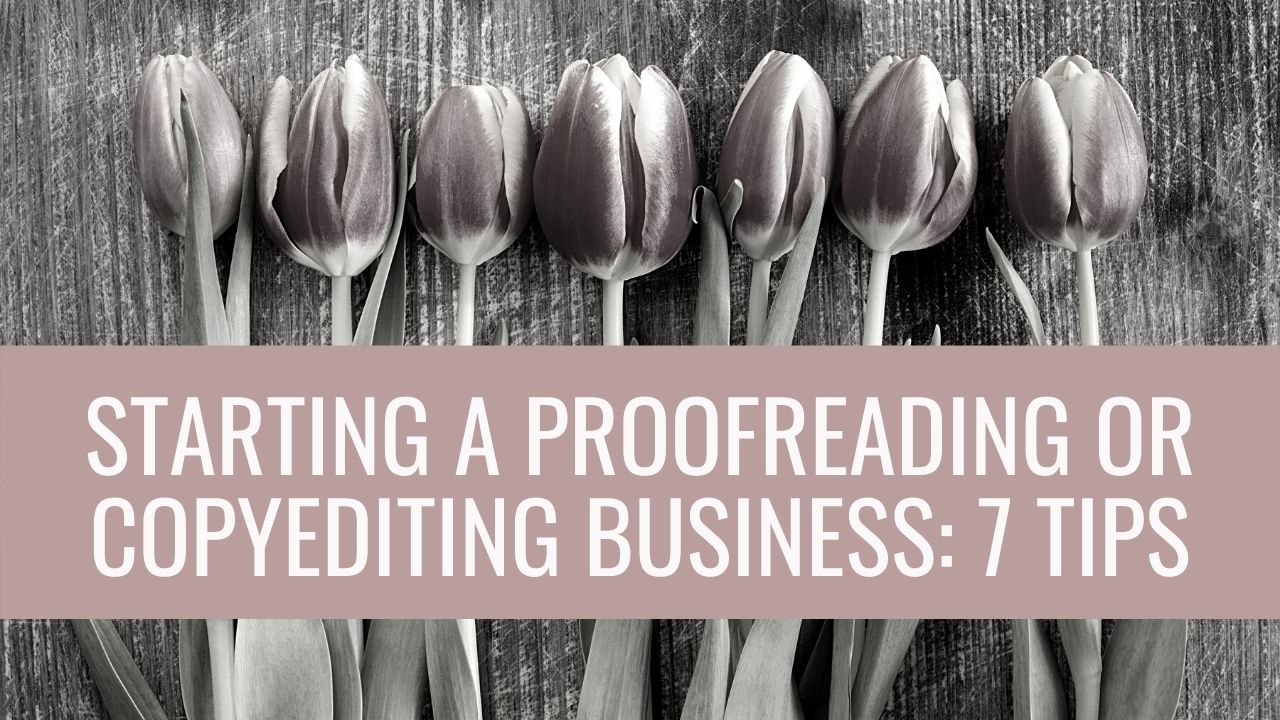
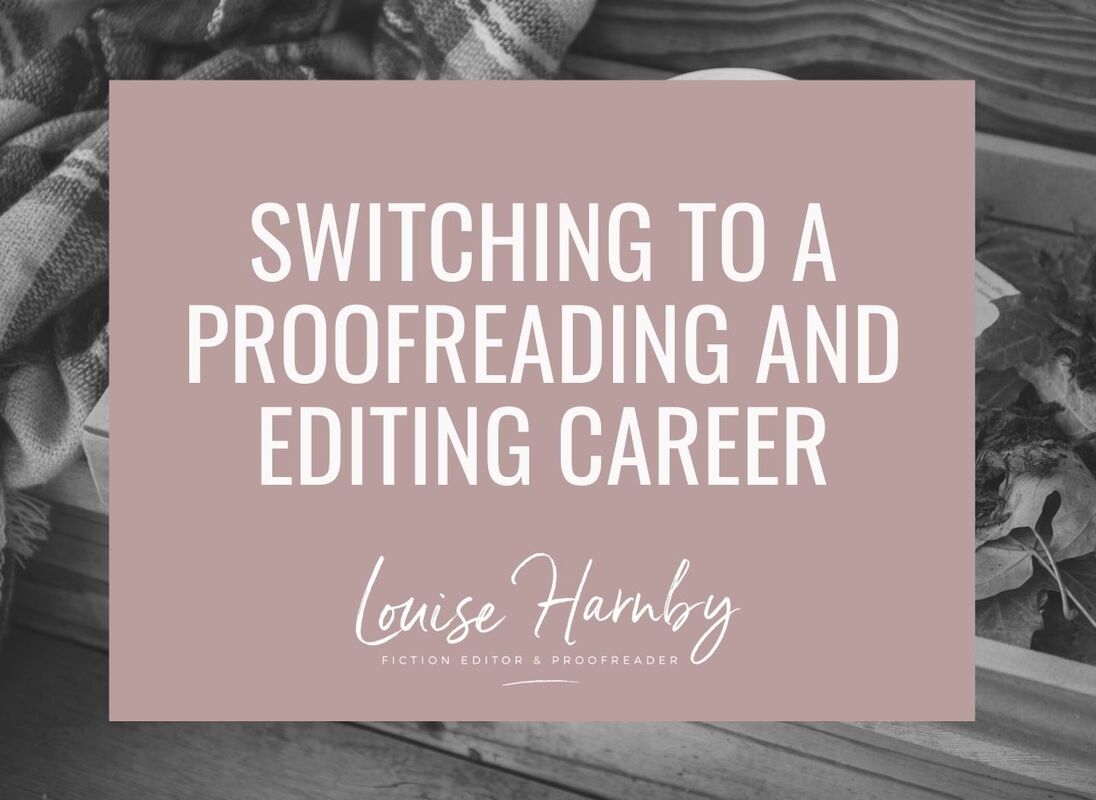
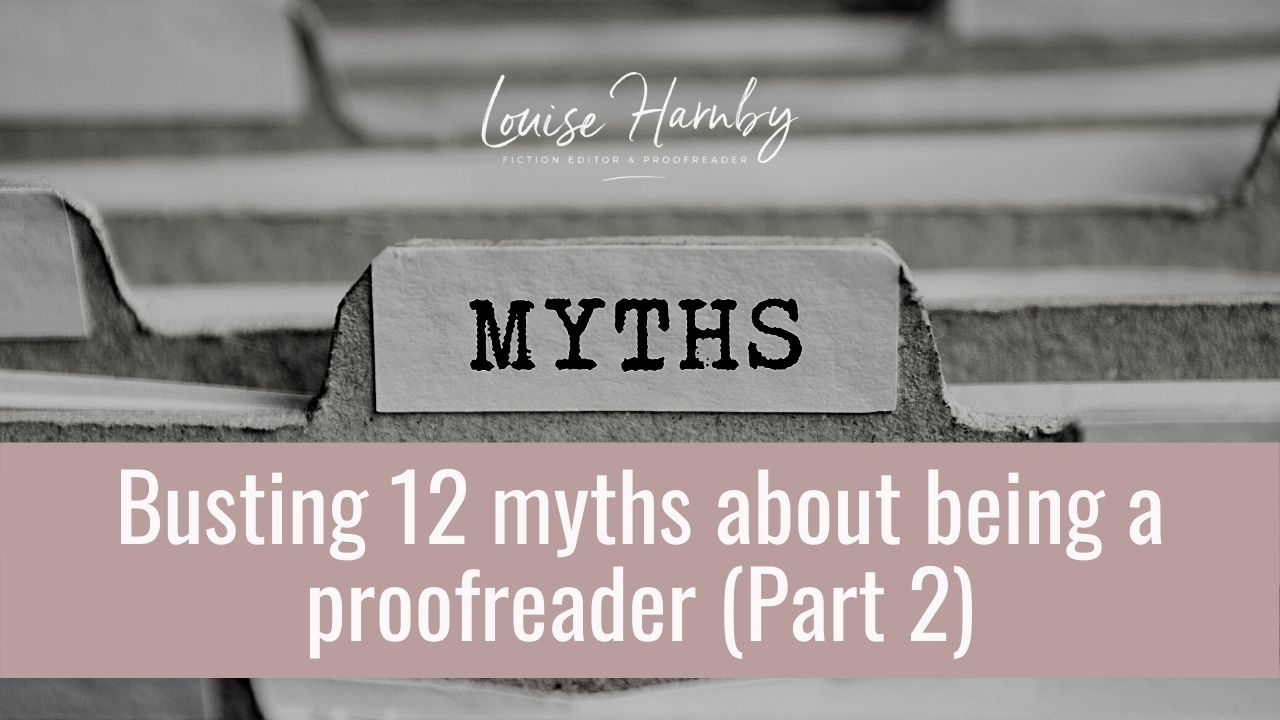
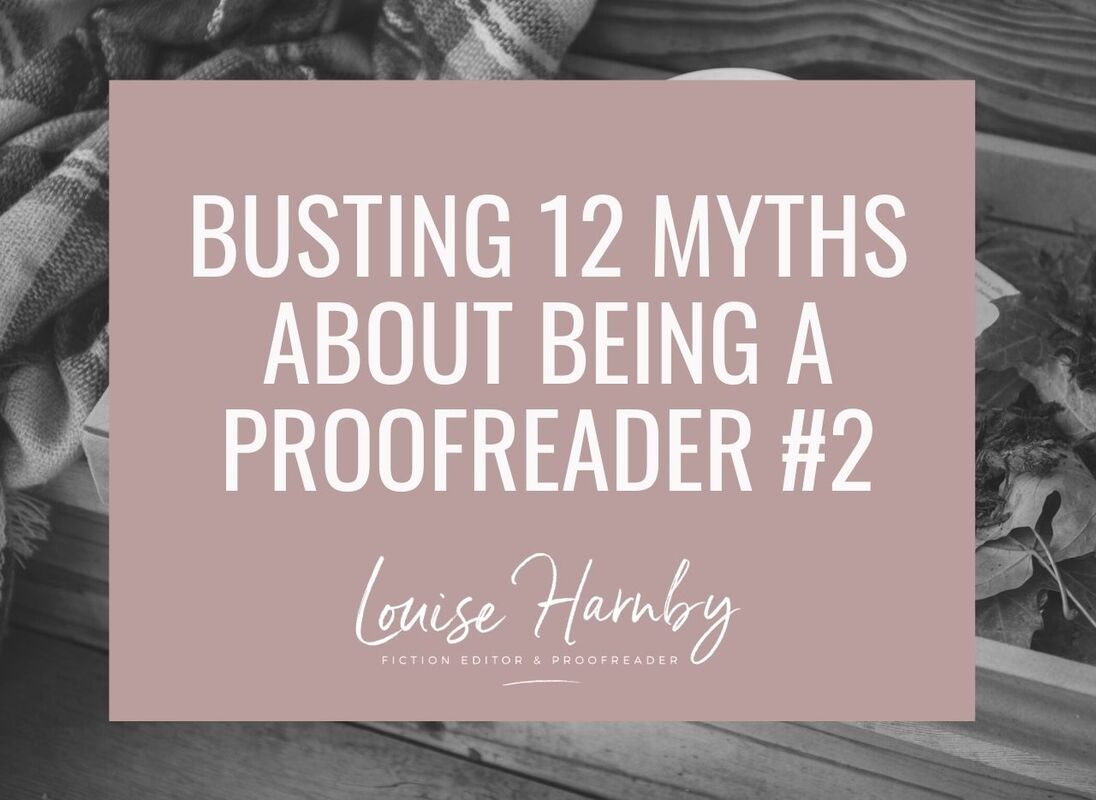
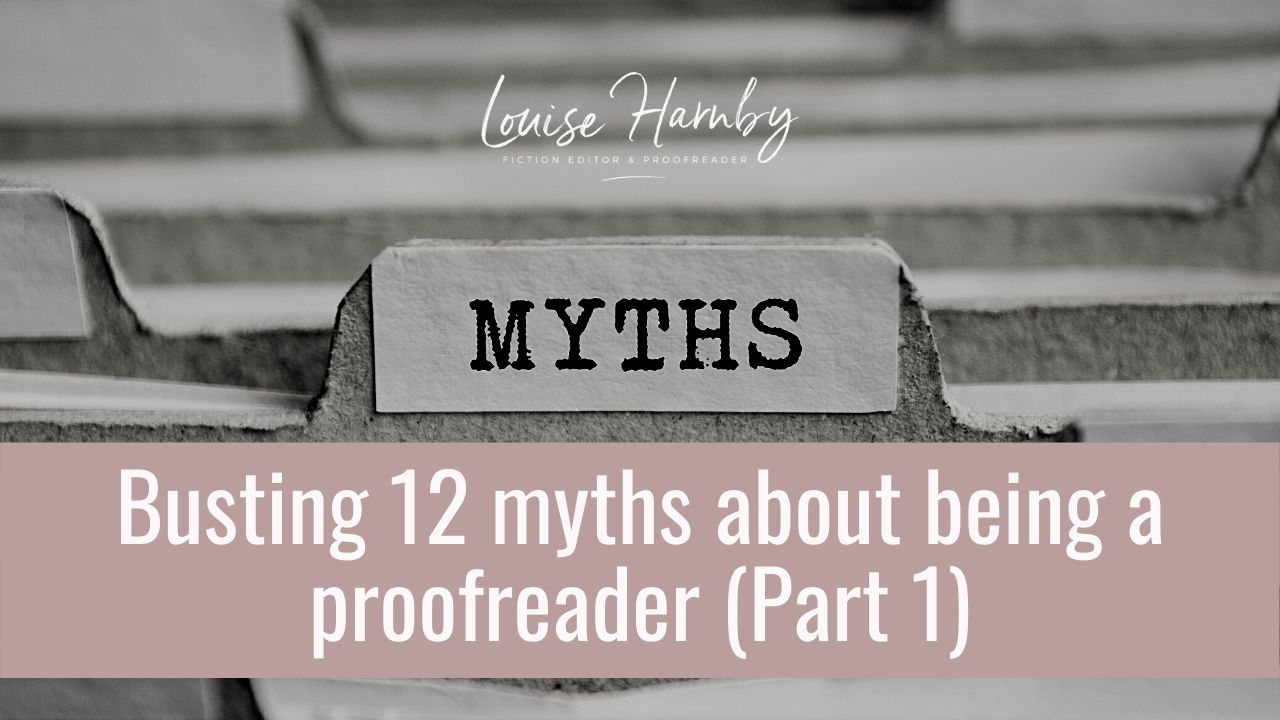
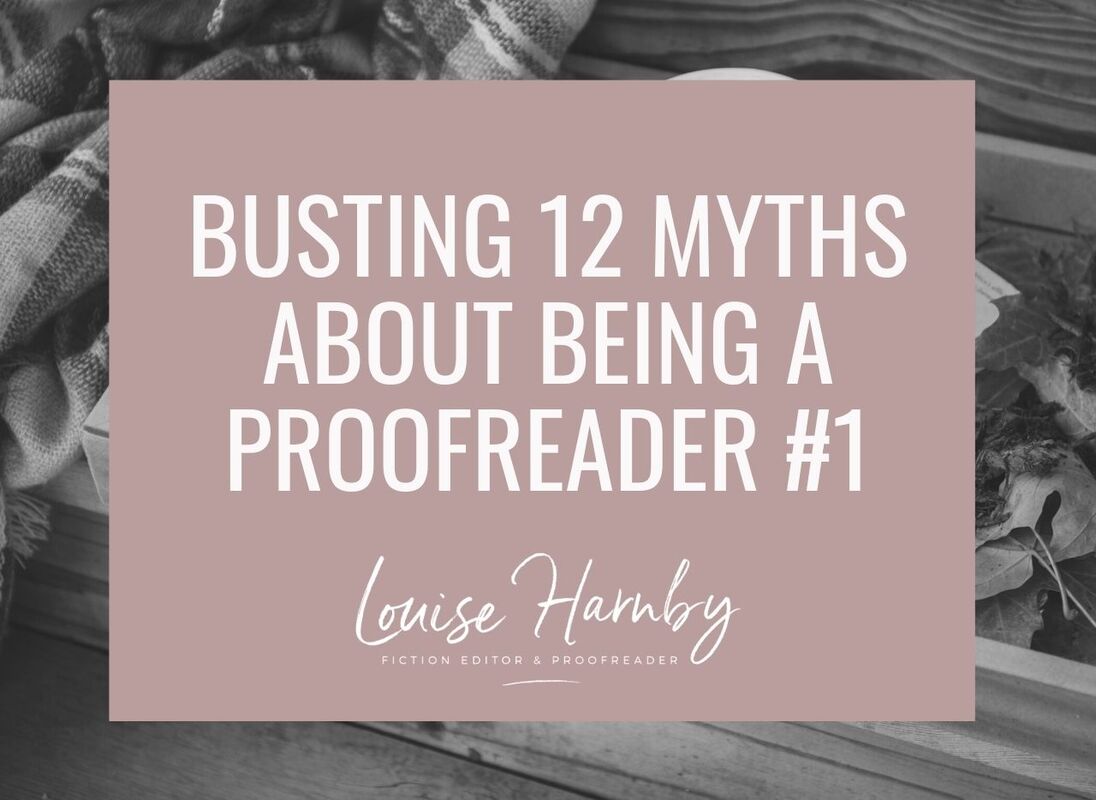
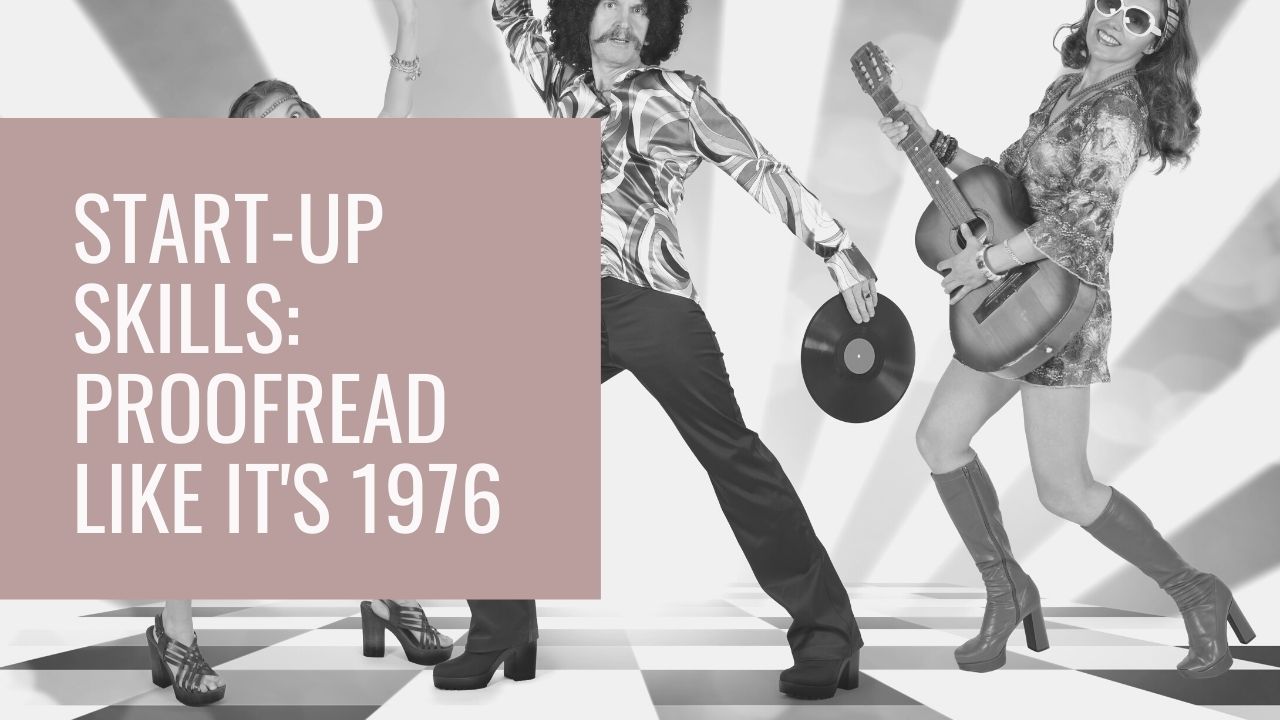
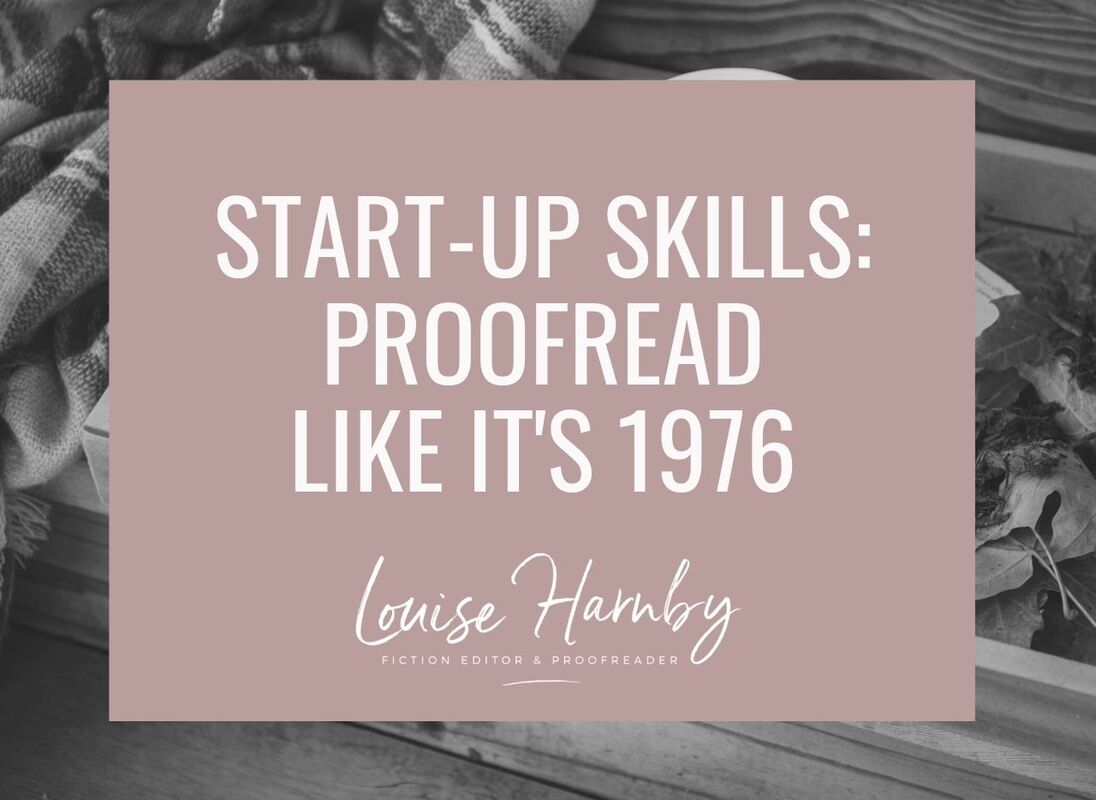
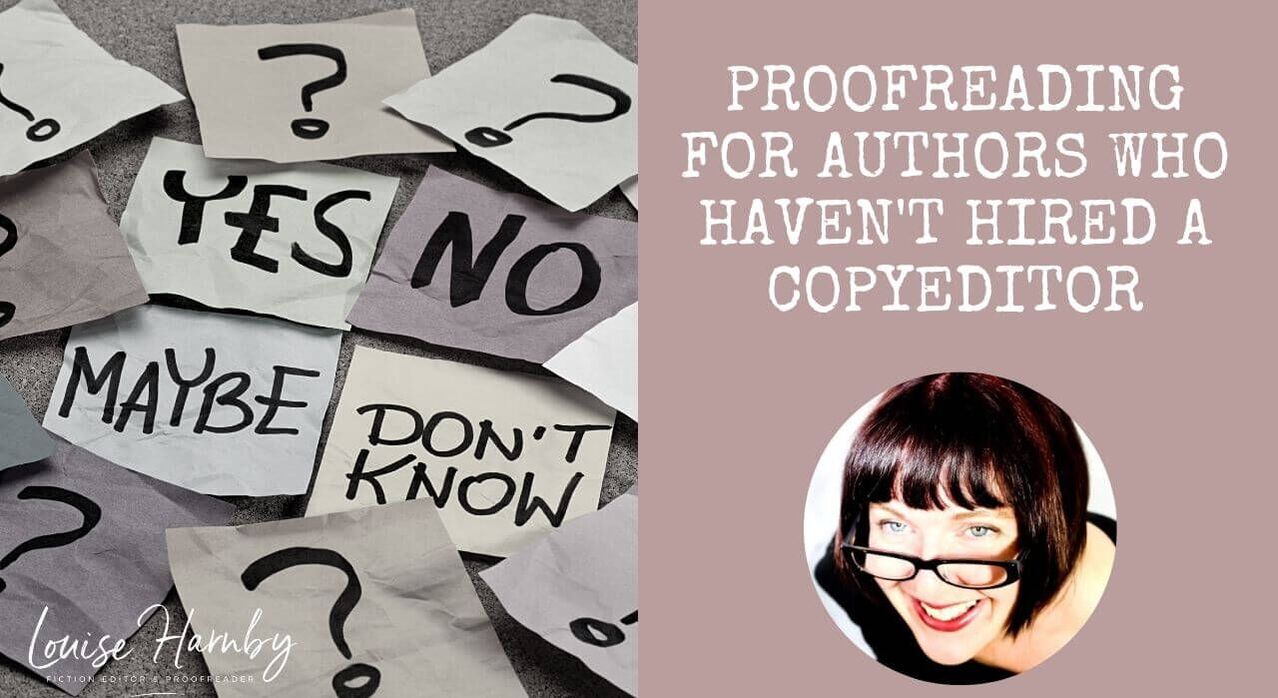
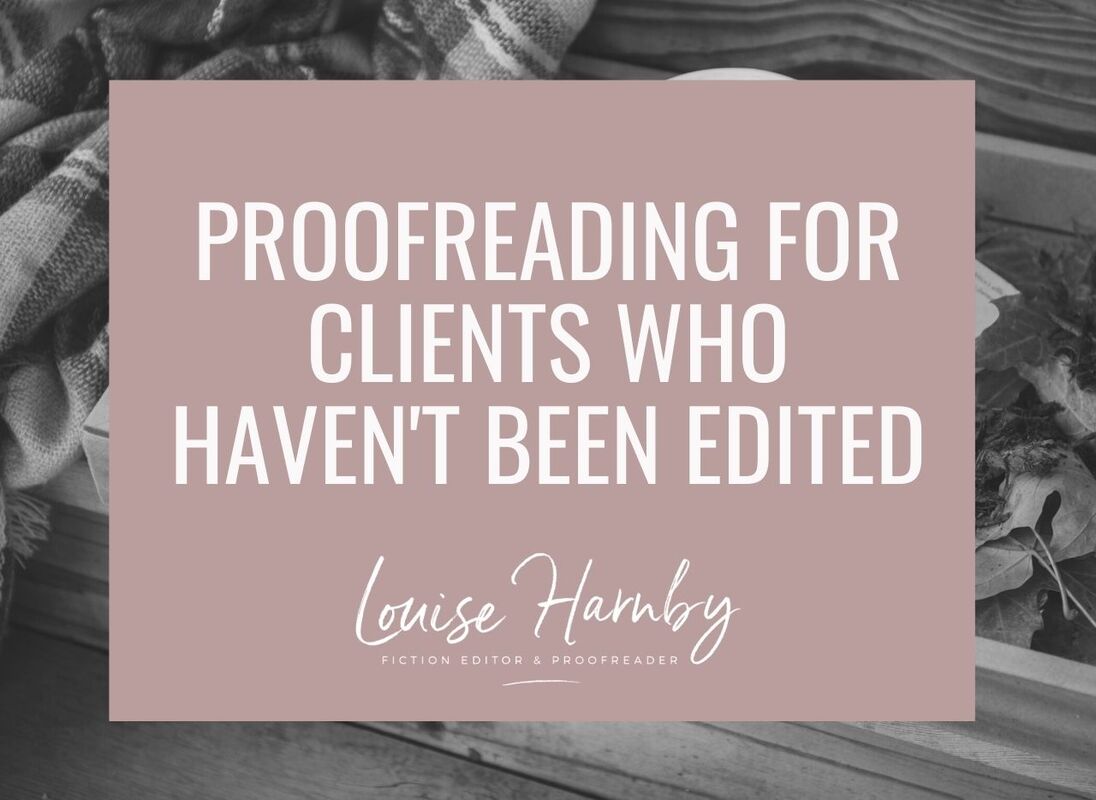
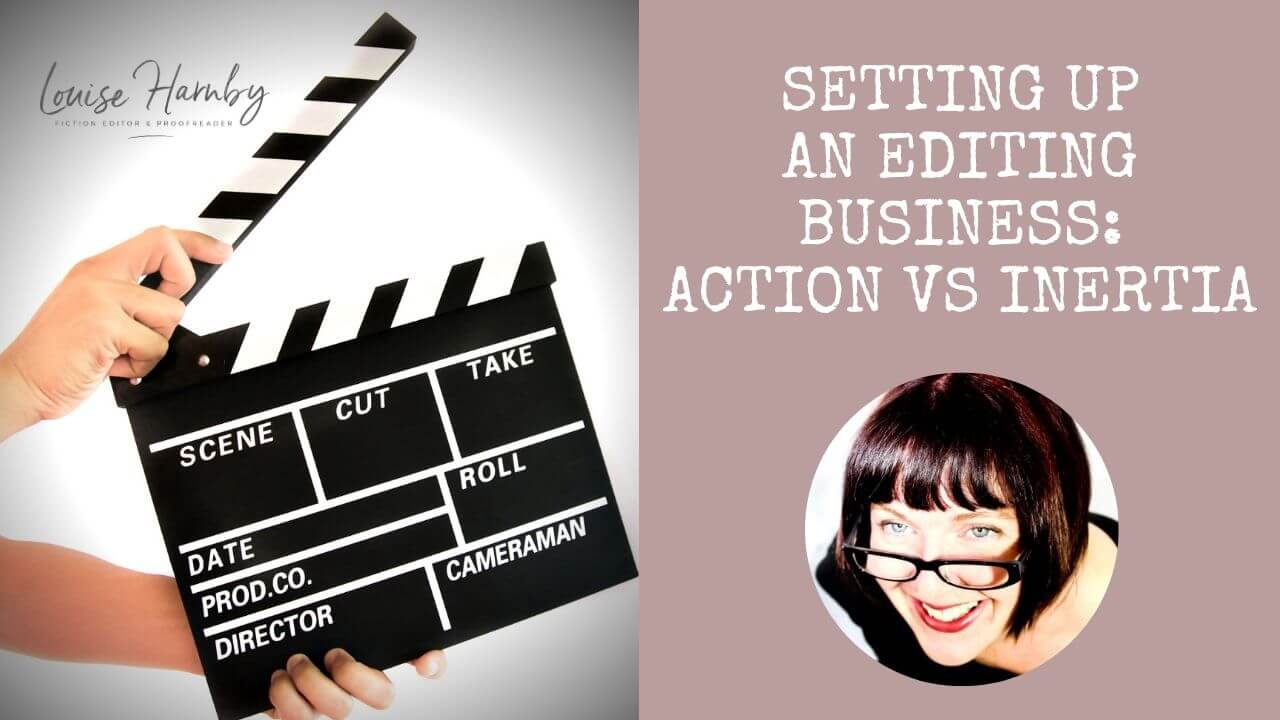
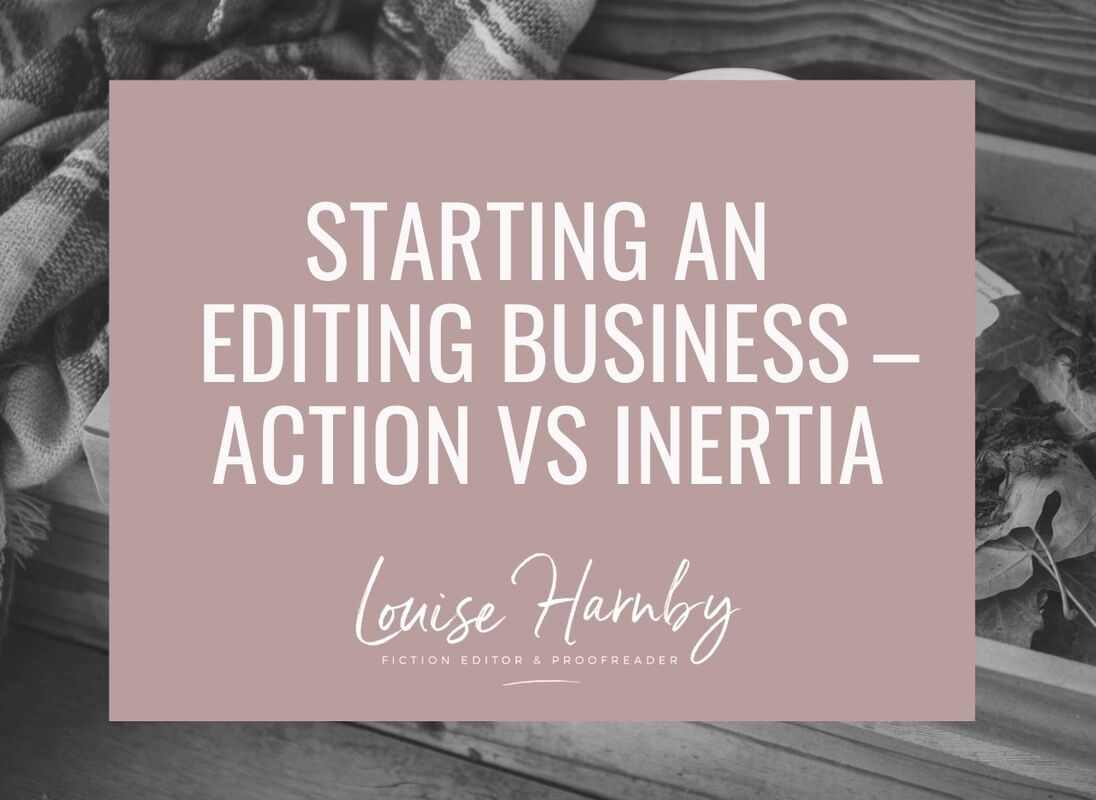
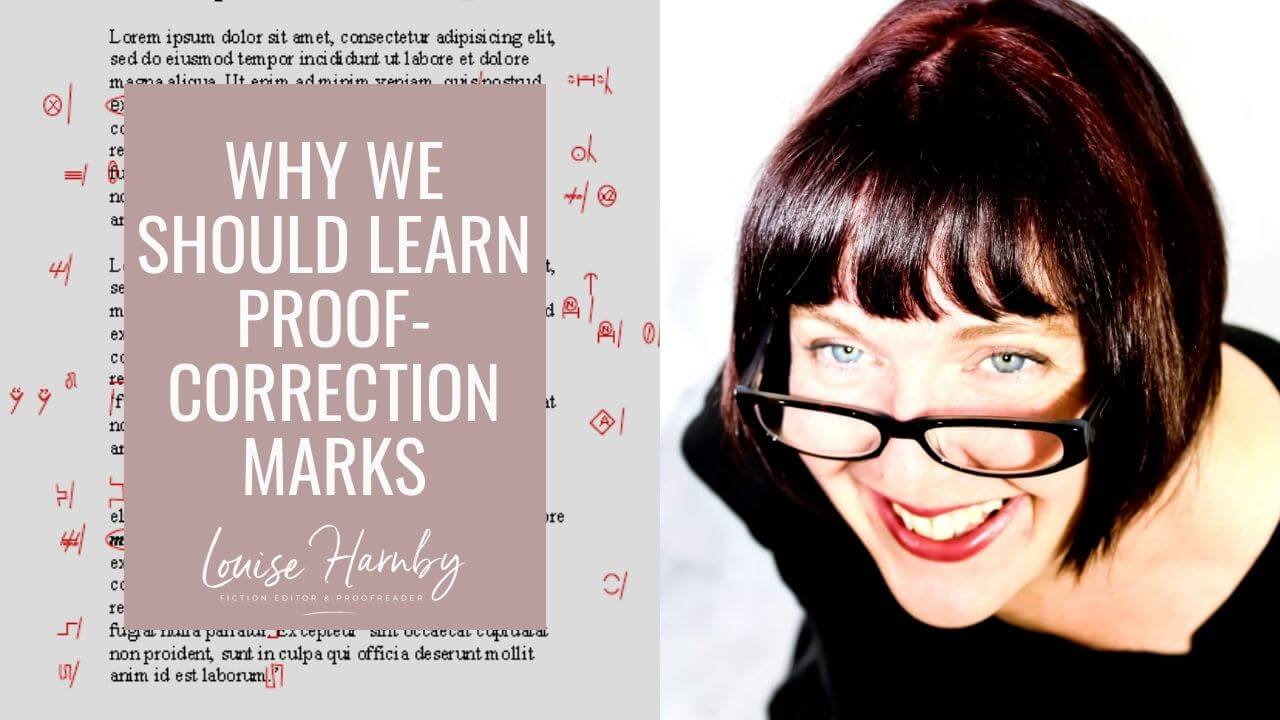
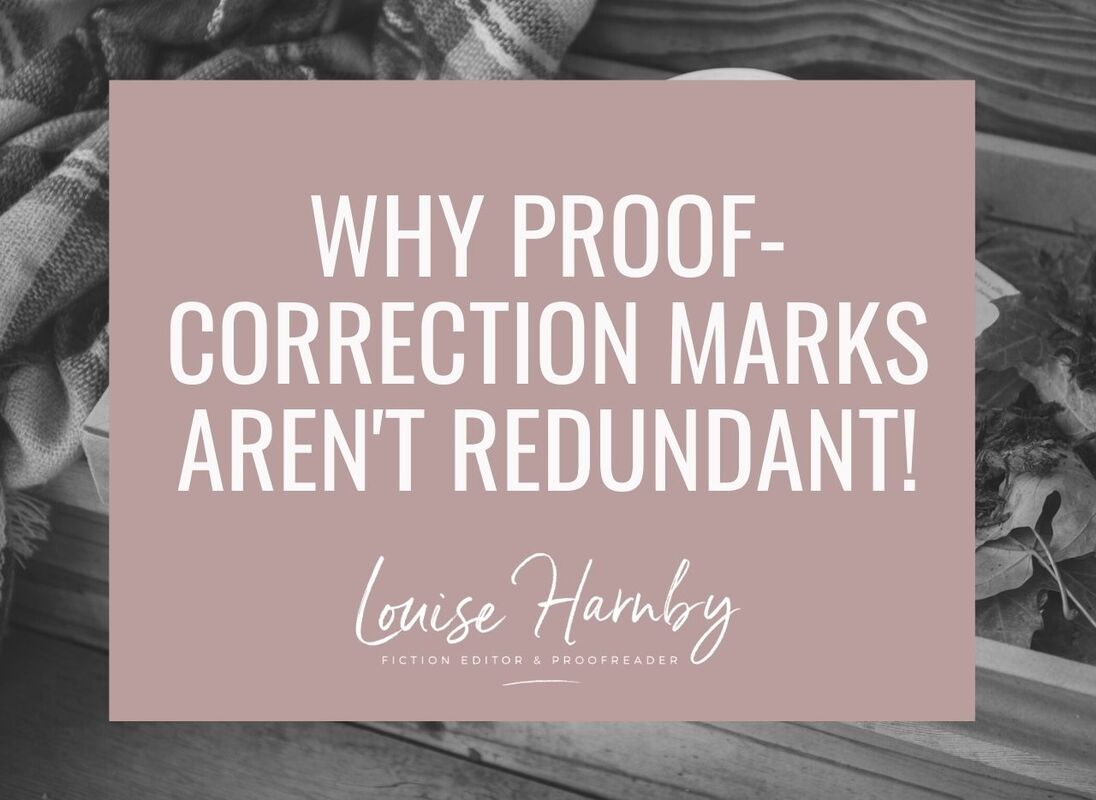














 RSS Feed
RSS Feed





